Introducing Leitz Cine HEKTOR: The Future of Cinema Glass
Examining the first mirrorless cinema lenses made in Germany
If I had to describe the perfect suite of modern cinema lenses for my filmmaking journey, it’d come down to three things:
Sharpness along the plane of focus that feels clean, but not so clinical that it looks like a dental X-ray
Beautiful and predictable character in the out-of-focus areas, with just enough control to prevent wide-open shots from turning into a blinding soup
A compact yet solid design with premium glass from a reputable manufacturer you can trust
On paper, that reads like a pipe dream. There’s no shortage of lenses that try to hit these marks, but most either live in the bargain bin or trip over themselves when it comes to character and build. Well, that changes today.
From the team at Leitz Cine comes the HEKTOR series of full-frame lenses for mirrorless cameras. With an all-new optical formula inspired by vintage glass, user-swappable mounts and front elements, the HEKTOR line arrives not as another set of tools, but as a fresh box of paintbrushes designed to impress even the most seasoned filmmakers.
Note To Readers
This is a longer story and if you’re reading this in email, there’s a good chance it may not load properly. This story is best experienced on Church & Street or through the Substack app.
Who Is Leitz Cine?
Leitz Cine is a cinema lens manufacturer that shares a campus with Leica Camera in Wetzlar but operates as its own company. While they may trade ideas with their neighbours, their mission is clear: to serve professional filmmakers with some of the finest glass in the world.
Their lenses are genuinely world-class, and their portfolio includes an impressive list of films. With the release of the HEKTOR line, Leitz is venturing into new territory. Drawing inspiration from Leica M lenses of the 1930s and 1950s, then combining that heritage with a spherical-only design, modern coatings, and contemporary manufacturing, they’ve created an entirely new and distinctive look.
When they approached me about partnering for the launch, I knew I needed to produce not only a robust set of samples, but also something that spoke to the ethos of these lenses. So I packed a full set of HEKTOR lenses and brought them somewhere neither they nor I had ever been. The result is a short piece that shows exactly what these lenses are capable of.
What’s In A Name?
The original Hektor lenses date back to the 1930s, designed by Leica legend Max Berek and named after his dog. Yes, a dog. Nearly a century later, that four-legged muse now has their name etched into modern filmmaking history.
The Hektor line became Leica’s first professional series of interchangeable lenses, with the 73mm F1.9 standing out as one of the most iconic. That focal length is also the inspiration for one of the lenses in the Leitz Cine HEKTOR series, and the silver anodized finish nods to the chrome look of the originals.
It’s important to note that these new HEKTOR lenses are not remakes of the past. They are inspired by it, carrying the spirit of the originals while carving out a story that is entirely their own.
STORYTELLER
When Leitz Cine reached out about this launch, the timing couldn't have been more perfect. I was going to Greenland for a related story, so this would provide a great backdrop to test the HEKTOR glass and create a dedicated piece.
STORYTELLER is a short narrative rooted in an ancestral Inuit song about a father calling for his sons. Filmed entirely in the vast landscapes of West Greenland, it weaves the power of voice, memory, and tradition into a cinematic meditation on legacy. This work honours the great keepers of culture, the orators who carried wisdom across generations and preserved ways of life through story and song. At its heart, STORYTELLER is not just about looking back. It’s about how these echoes of the past remind us to move forward with courage, conviction, and connection.
My deepest thanks to my friends in the Greenlandic community and at Quark Expeditions. The opportunity to film this as authentically as possible is a true privilege, and one that I’ll never forget.
The Design
Let’s first dive into some of the technical details around these lenses. There are 6 lenses in the set: 18mm, 25mm, 35mm, 50mm, 73mm, and 100mm. They all feature a 9-blade iris design that opens to T2.1 For those that are unfamiliar, F-stops are a theoretical measure of how much light will reach the sensor where T-stops are an actual measure of light reaching the sensor or film. At T2.1, these are quite fast lenses given their size and weight.
The lenses can focus as close as 9 inches on the wide end and incrementally get further the higher you go on the focal length, with roughly 3-feet being the distance for the 100mm lens. With an image circle of 47.8mm, these lenses are more than enough to cover a full-frame sensor.
On the note of full-frame, let’s talk about mounts. You can purchase these lenses with an L, RF, Z, or E mount, and purchase additional mounts as needed. The mounts have five screws and can be swapped in a few minutes. Having taken advantage of this in our production in Greenland, I found this to be an incredible feature, especially for 1 or 2 crew projects. With the right tool, users can also replace the front element as needed, making for an incredibly consumer-friendly safety net.
I should mention that the HEKTOR series, like most cinema lenses, are completely manual focus only. I found the aperture ring to have good resistance where the focus ring had a little more generous throw to it, something I appreciated for photography work.
This set lacks the 6-bit coding you’ll find on M lenses from Leica. Which means that if you wish to have focal length in your photo metadata and want take advantage of modern features like image stabilization on your SL camera, you’ll have to go into your camera settings and choose a lens profile.
All of these lenses come in under 2 lbs, save for the 100mm which is just a touch over. The focus and iris rings are in the same position across all lenses and share the 120-degree and 49-degree rotation respectively, which makes lens swaps on advanced rigs much easier. From 25mm to 100mm, you have an 80mm front diameter and a 77mm filter thread size, which is great for adapting prosumer filters. The 18mm shares the same diameter, but due to the curvature of the front element, will require an alternative filter option.
Speaking of front elements, they’re all designed to be easily serviced. With the right tools and a replacement part, you can change them yourself. What’s also cool is the rear element is part of a group that can be replaced in whole without requiring alignment. This is great stuff for ambitious shooters.
All these lenses are quite compact. When thrown on an SL camera, it’s not unlike using a Noctilux lens in terms of size and weight distribution. From 18mm to 73mm, the HEKTOR lenses are only 3.47 inches long, making them shorter than a can of Coke. At 4.84 inches tall, the 100mm is just a smidge taller.
The idea of using cinema lenses for photography often feels like a contrived exercise. Most of the time when I see cinema glass on a Leica body, it’s serving as a director’s viewfinder. With the HEKTOR lenses, it feels far more natural. Their size and handling make them genuinely usable in a way that invites you to shoot rather than just show off.
This is all to say, these are very compact lenses. You can use them in production and film but more impressively, take advantage of them in environments where you may be the sole person on set. Whether it’s operating handheld in Sissimiut or on a gimbal in Disko Bay, the HEKTOR set proved to be extremely versatile in the field. This is a dramatic departure from the strategy of the Leitz team but one that’s executed without compromising their design philosophy.
The HEKTOR Look
What makes these lenses attractive to filmmakers and photographers is the unique look they deliver. You get all the sharpness you need at the plane of focus, paired with character and soul in the out-of-focus areas.
Let’s start with the flares. You notice these controlled “shower flares” when the sun or a beam of light hits the glass. Unlike budget lenses that wash away a scene in an unpredictable haze, the HEKTOR flares feel intentional, with a distinct look and rainbow patterning that can appear in the right conditions.
The bokeh wide open is rich and creamy, with a dramatic falloff that places your subject firmly at the forefront of the image. Portraits with the 73mm became a bit of an addiction for me, and I’m not planning to quit anytime soon.
In certain conditions you also see a swirling Petzval Effect in the bokeh. This vortex-like look has been showing up more often in modern films, and once you learn how to wield it across different focal lengths, it becomes a striking storytelling device.
Sharpness and contrast are right where they should be. At the centre you get all the clarity you need without crossing into an over-sharpened, sterile mess. These are not lenses that’ll constantly have you reaching for diffusion filters. Toward the edges there’s a gentle falloff, but not nearly as much as you might expect.
Colour has a natural look with just a touch of warmth, which I personally love. Aberrations and shifts don’t become unwieldily, giving these lenses a sense of reliability of modern optics while preserving the soul of vintage rendering.
In my filmmaking kit I have a vintage set of Contax Zeiss lenses, a couple budget anamorphics, modern mirrorless zooms, and the option to adapt several Summilux-M lenses. Each serves a purpose, but none carried the signature I wanted for my storytelling. After a month of filming and testing, the HEKTOR lenses have really hit a sweet spot.
I’d been craving glass that balanced quality with character, something that could be pushed creatively without turning into chaos when the aperture was wide-open. The HEKTOR series has delivered exactly that. They’ve quickly become my go-to set for video work. What takes them even further, and why I now reach for them on photography projects as well, is how unique each one becomes in the field.
Testing for the Field
All these lenses are made in Germany with high-quality spherical elements and coatings. The goal was to create a distinctive look with character and quality in mind that could be predictable in the field. To understand this further, I connected with my dear friend, Dale Sood.
Dale is a Director and Cinematographer based in Toronto. Though he’d never admit it, he’s also a remarkable photographer. As a member of the Canadian Society of Cinematographers, he knows quite a bit about testing cinema optics for important productions. I reached out to him to help me learn a little more about these HEKTOR lenses.
As mentioned in the segment above, these are tests anyone can do with just a few supplies. The goal is not about strict scientific accuracy, though you could chase that if you wish. It’s about gaining a deeper understanding of these paintbrushes so you know which one to grab for the story in front of you and how best to use it.
Below you’ll find samples from our tests but I encourage you to watch our testing segment in full to understand learn our process and general impressions of these lenses.
Sharpness
First up was the sharpness test. After setting up a chart and lighting it as evenly as possible, we looked to frame the chart in front of each lens at T.21 and T5.6. These were the iris settings we decided on to give us a general idea of how these lenses performed wide-open and how they improved at a commonly used setting for narrative work.
Leitz Cine HEKTOR 18mm T2.1
Leitz Cine HEKTOR 25mm T2.1
Leitz Cine HEKTOR 35mm T2.1
Leitz Cine HEKTOR 50mm T2.1
Leitz Cine HEKTOR 73mm T2.1
Leitz Cine HEKTOR 100mm T2.1
Bokeh
Next, we hung LED lights as straight as possible against a black backdrop to see the bokeh of these lenses wide-open at the place of focus, focused beyond the plane (infinity), and in front of the plane of focus (near). The images below are arranged respectively and also showcase the relative distortion of each lens.
Leitz Cine HEKTOR 18mm T2.1
Leitz Cine HEKTOR 25mm T2.1
Leitz Cine HEKTOR 35mm T2.1
Leitz Cine HEKTOR 50mm T2.1
Leitz Cine HEKTOR 73mm T2.1
Leitz Cine HEKTOR 100mm T2.1
Flares
Next we have my favourite test: flares. I strongly encourage you to watch the video I linked above to really appreciate what these lenses can. Dale also provides an important explanation of why we test flares this way, and not by holding a small light to the camera and moving left to right.
Leitz Cine HEKTOR 18mm T2.1
Leitz Cine HEKTOR 25mm T2.1
Leitz Cine HEKTOR 35mm T2.1
Leitz Cine HEKTOR 50mm T2.1
Leitz Cine HEKTOR 73mm T2.1
Leitz Cine HEKTOR 100mm T2.1
Character
We later stepped outside to check out the character that these lenses provide wide-open and at T5.6. These images give you an idea of the falloff along with an indication of which lenses may lean into the Petzval effect. Unfortunately, I don’t have results for the 18mm as I didn’t have an appropriate ND filter with me at the time.
Leitz Cine HEKTOR 25mm T2.1
Leitz Cine HEKTOR 35mm T2.1
Leitz Cine HEKTOR 50mm T2.1
Leitz Cine HEKTOR 73mm T2.1
Leitz Cine HEKTOR 100mm T2.1
Combined Test
Last, we created an environment that mixed the elements of all our tests to give us a general look at what to expect with these HEKTOR lenses.
Leitz Cine HEKTOR 18mm T2.1
Leitz Cine HEKTOR 25mm T2.1
Leitz Cine HEKTOR 35mm T2.1
Leitz Cine HEKTOR 50mm T2.1
Leitz Cine HEKTOR 73mm T2.1
Leitz Cine HEKTOR 100mm T2.1
As you can see, these lenses share a similar design language but each one behaves differently in terms of the character it delivers. If I had to recommend just one, the 50mm T2.1 offers the best of the HEKTOR ethos in a versatile focal length. Pair it with the 25mm for a strong duo, or add the 100mm to complete a trinity that works beautifully for both motion and stills.
The 73mm T2.1 is a strong alternative to the 100mm, trading a touch of flaring for greater flexibility. The 35mm is the cleanest choice for those who prefer something noticeably tamer. The 18mm, on the other hand, is full of character, especially in the way it flares. Combined with the distortion of such a wide field of view, it may not be as popular as the others, but it brings a distinct sense of wonder and exposition to the frame.
If you’ve been following my work for a while, you know I’m not someone to live and die by charts and tests. I much prefer field-testing and developing more of an emotional relationship to glass and storytelling. However, given the unique nature of these HEKTOR lenses, I had to seek out an expert to see how the technical elements lined up with the results I was experiencing. My thanks to Dale for continually helping me with my journey.
Closing Thoughts
So, who are these lenses for? Well, let me first say that these are not to be considered as budget or affordable cinema glass. Though they’re priced below all of the existing Leitz Cinema lenses, these are still premium products that are made in limited quantities. At around €5490 (€5690 for the 18mm) each or €31,820 for the entire set, the HEKTOR collection is still a considerable investment for independent storytellers. However, for production companies and rental houses, these will feel like a bargain for something that comes with the reputation of the Leitz badge.
Most importantly, you need to decide whether the look of these lenses supports the stories you hope to share. Their wide-open character, strong resolving power across the focal plane, and rich bokeh complement narrative fiction, music videos, and highly creative commercial work. At the same time, the amount of control they offer makes these HEKTOR lenses compelling for other environments, such as interviews and documentary.
The look, feel, design, and price of these lenses will make them attractive for that newer filmmaker searching for an in-house solution that’ll define their work for years to come without feeling like a fad in a decade. The rehousing of vintage lenses has become big business in the last five years but they may present two issues: quality control and maintenance.
For independent filmmakers, investing in vintage lenses is always a gamble. Quality can vary from one copy to the next, even within the same set. Maintenance is another headache, since the vendor who sells you the glass may not be around to support you years later. With Leitz, you get something different: a look that’s consistent, a level of quality you’d expect from a German manufacturer, and the confidence that support will be there when you need it.
For medium to large productions, these lenses feel like they can hold their own and provide value for filmmakers who will benefit from their look and hope to prioritize smaller solutions in the field. There’s so much value in the HEKTOR line that it’s hard not to believe we’ll see them on set in the coming months. When they do arrive, it won’t feel like a compromise, but like the right tool finding its place.
Lastly, and this may sound surprising, I believe some photographers will see what these lenses can do and add one or two to their kit. They look and feel fantastic for stills. I’ve lost count of how many times I’ve reached for the 73mm to capture a portrait. And I keep going back to it! Priced on par with a premium SL lens, yet carrying the magic of vintage M glass, the HEKTOR series offers this rare bridge between two worlds.
I know there’s a handful of you that may think I’m way off-base with these beliefs but I don’t think time will prove me wrong. After spending several weeks in various environments around the world, speaking with industry professionals, and pushing this glass as much as I could, I believe the Leitz Cine team have just created what will be their most popular series to date. Something that I truly believe will be backordered for months come.
Upcoming Events & Workshops
Leica Akademie: Video for Photographers (LA & Seattle)
I’m leading a two-day workshop for photographers who are new to video. You’ll get a practical introduction to filmmaking using the Leica SL system, with a focus on branded content and visual storytelling. Lear more here.
In late September, I’m heading to India for a street photography adventure across the North and South. A few seats are still available for those looking for a deep, immersive photography experience. Learn more here.
Mexico City: Día de Muertos Meet-Up
Toronto Studio Photography Workshop
This November, I’m hosting a studio photography workshop designed to elevate your skills. Whether you're a beginner looking to build a solid foundation or an experienced photographer looking to refine your craft, this workshop will educate you in the essential techniques of studio work. Full details can be found here.
Arctic 2026 Photography Adventure
In 2024, I traveled to Svalbard with Quark Expeditions and it was unforgettable. I’m planning a return trip in 2026 with a group of photographers. This is not a workshop. It’s an excuse for like-minded storytellers to visit one of the most remote places on earth. If that sounds like you, fill out this form to learn more.
Previous Favourites
September Contest
This month, I’ll be giving away a $200 gift card to the Moment Shop where the winner can save big on their next camera, lens, bag, or courses. Moment has so many creative products to choose from and $200 can absolutely make for a great deal.
How will I pick the winner? Make sure you’re signed up for this newsletter then leave a comment on at least one post from this month. I’ll be randomly picking one person, confirming they meet the requirements and contacting them directly before announcing the winner publicly.
As always, this contest is void where prohibited by law. Good luck!
My thanks to the team at Moment! Not only for this contest but for being the longest supporter of my work online. They’re a lean team of passionate creators that truly believe in supporting other creatives on their journey. Whether it’s a new camera, lens, workshop, or just some great articles, visit ShopMoment.com today.
What’s Next?
This was a lot.
See you next week, haha.
GB


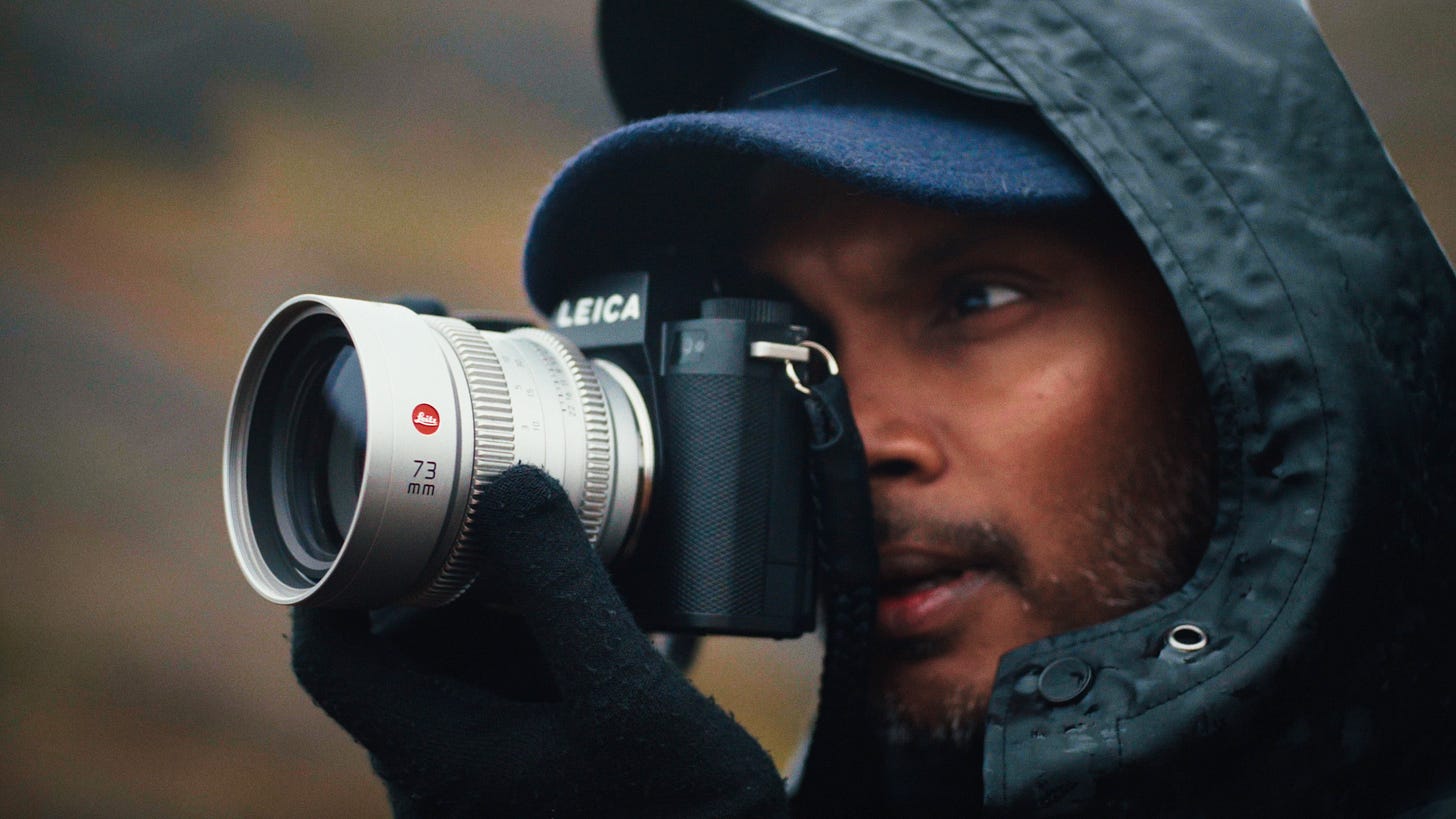
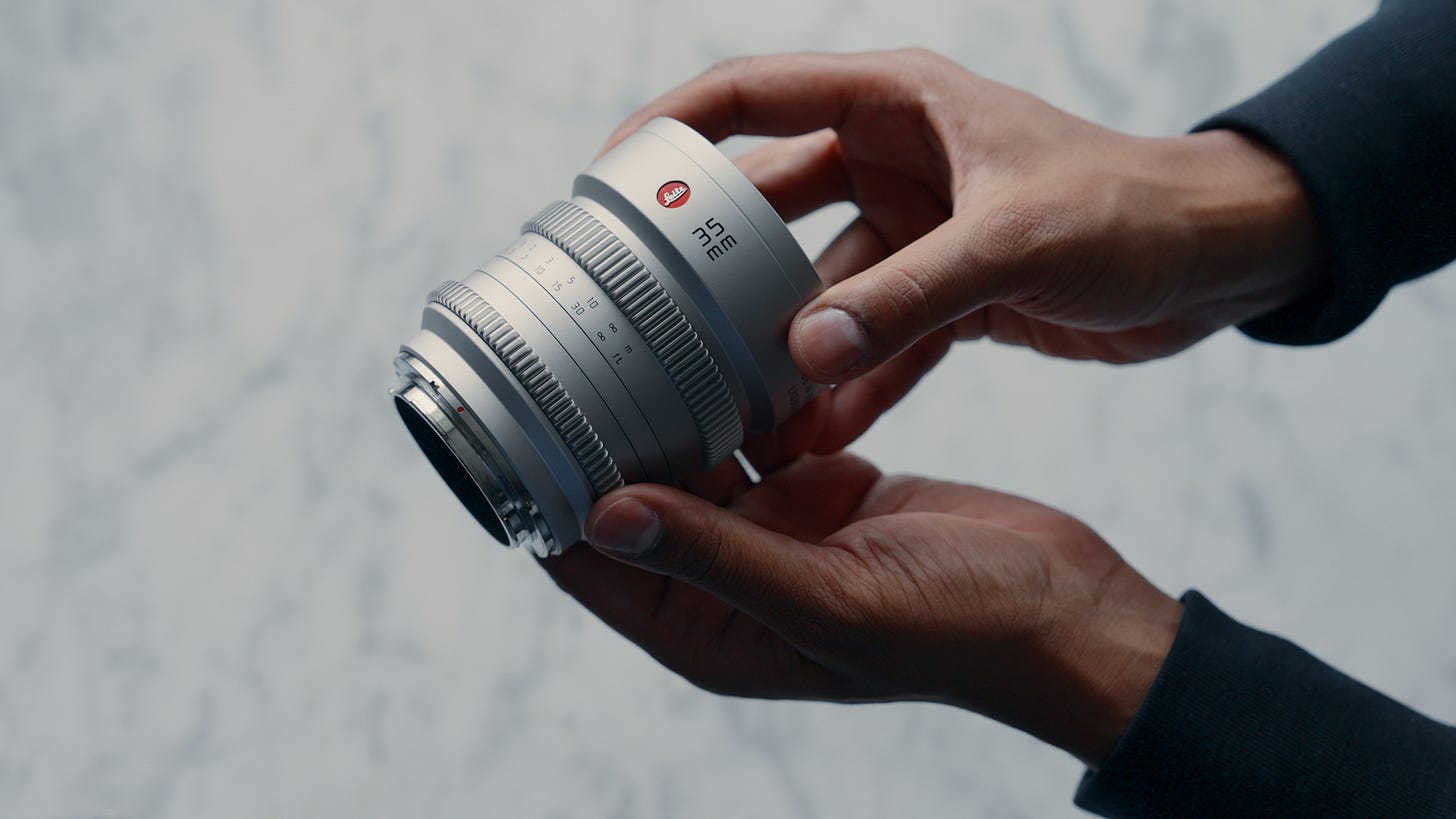
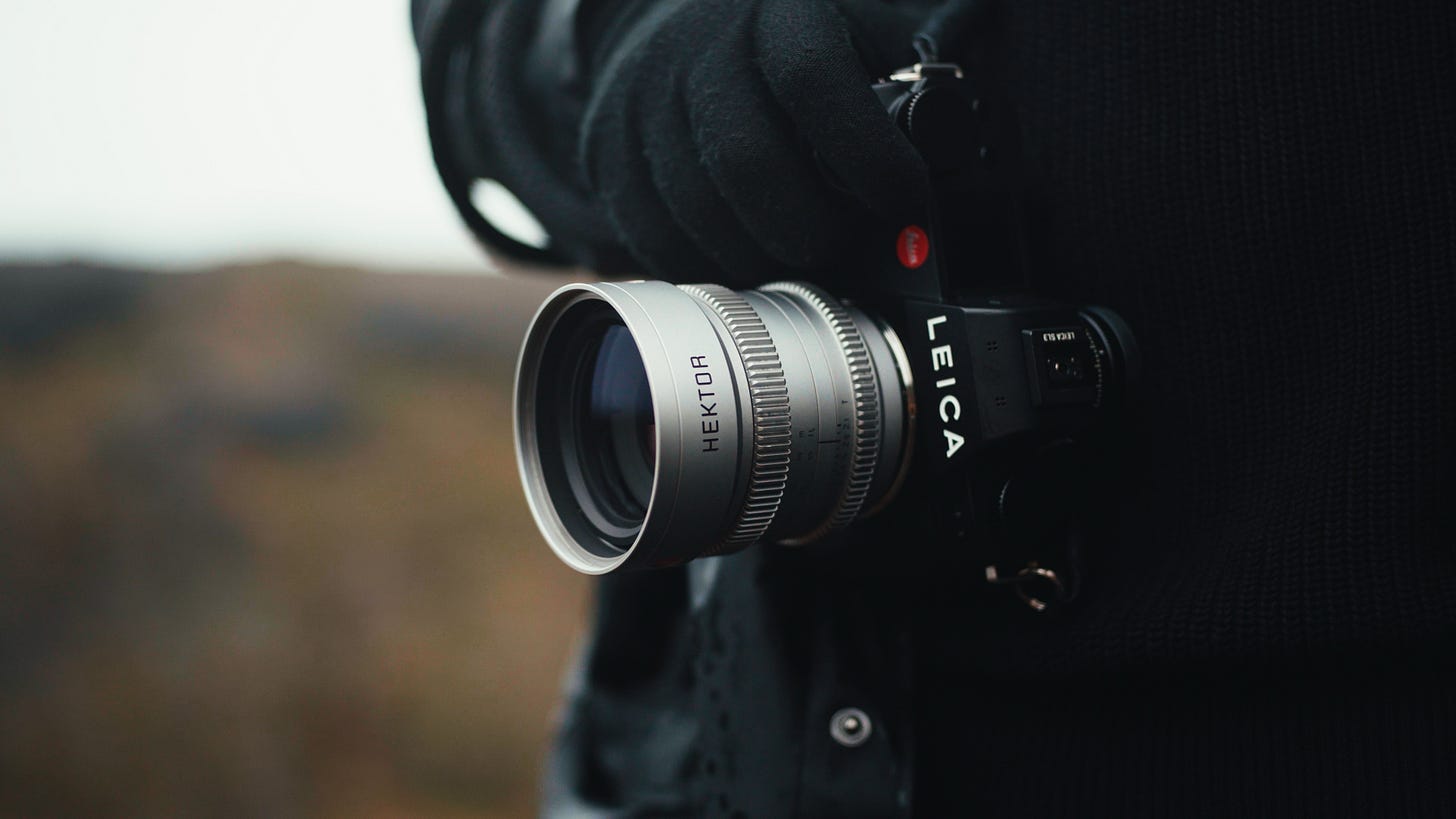
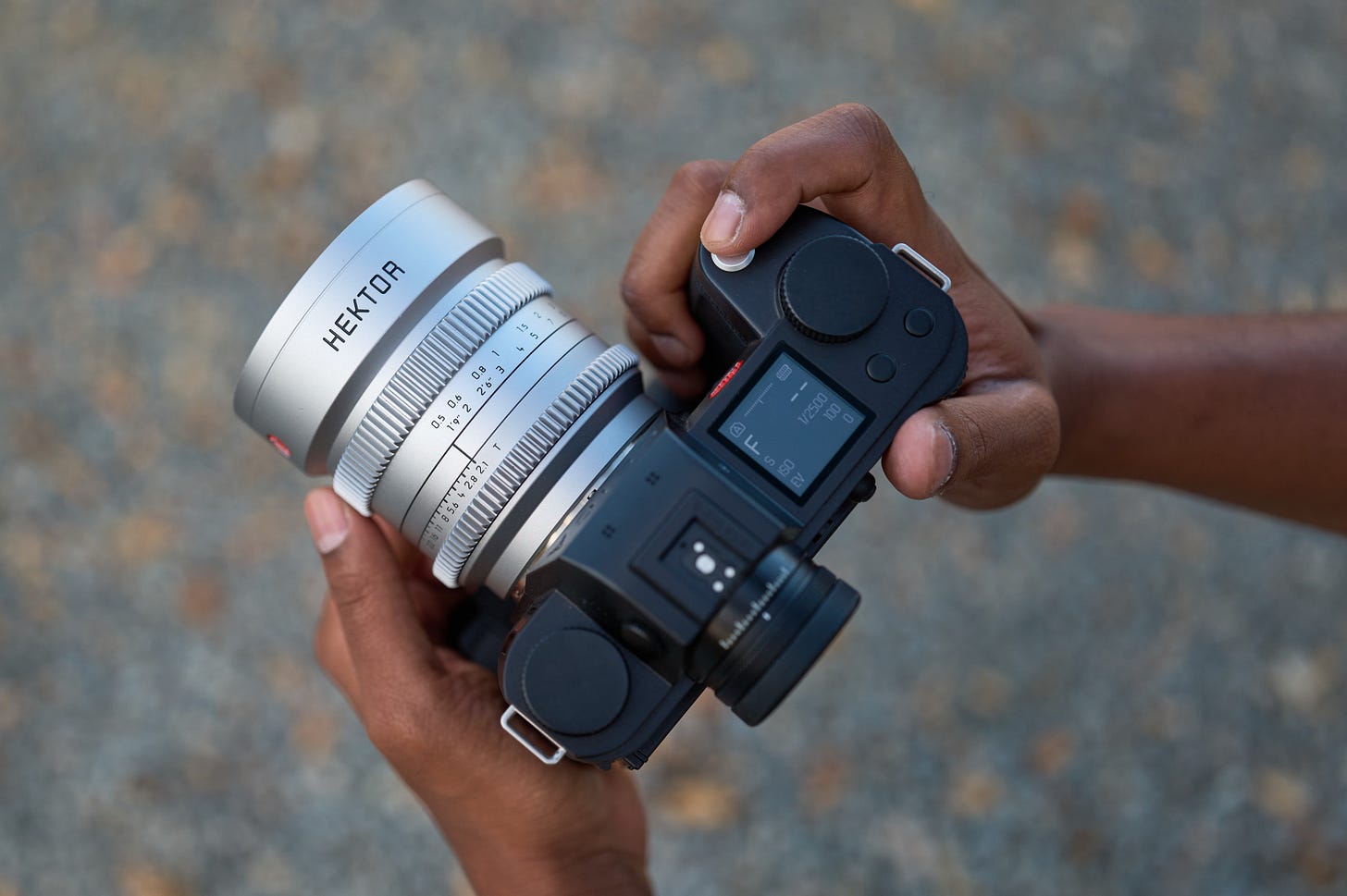
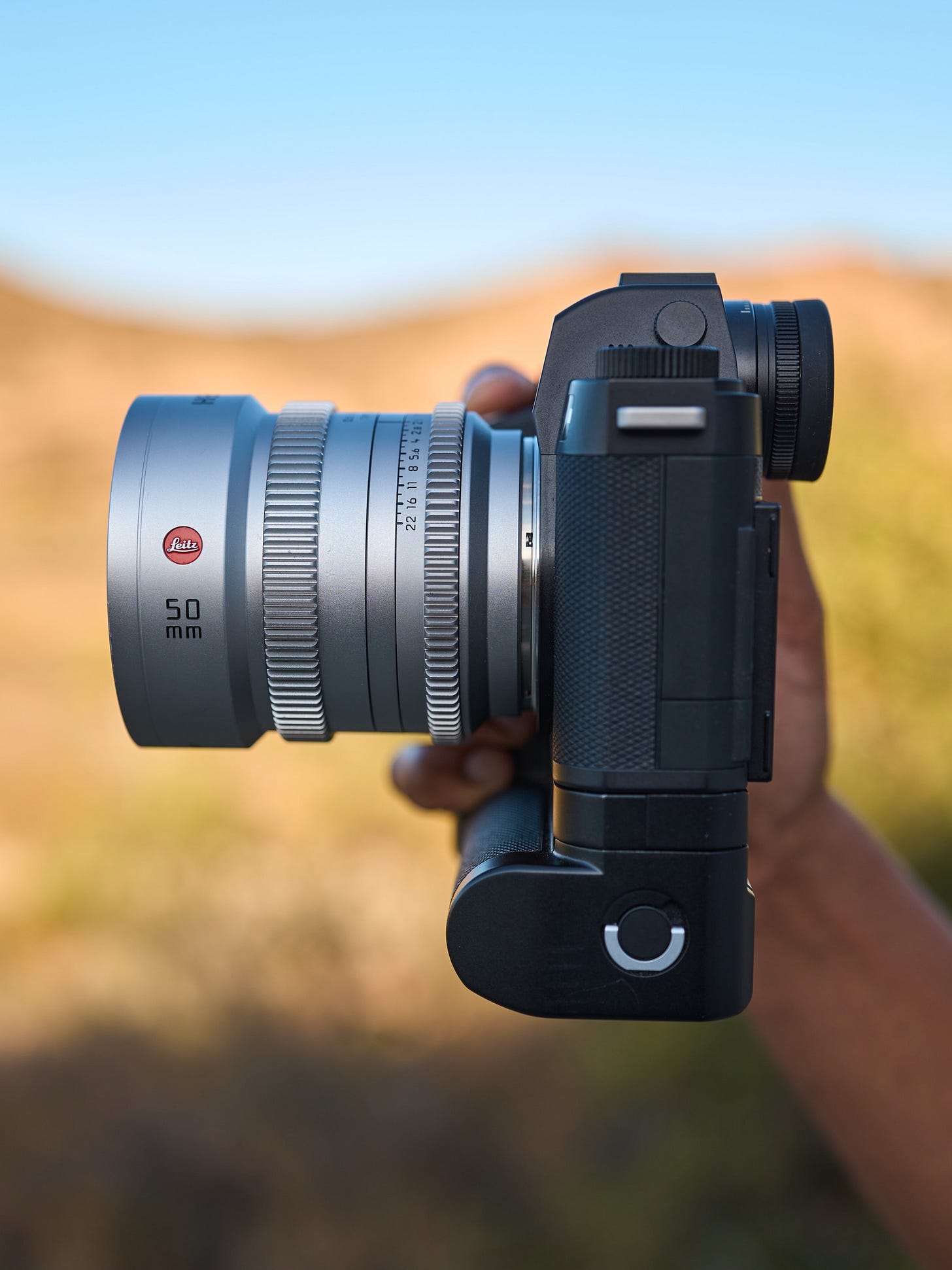
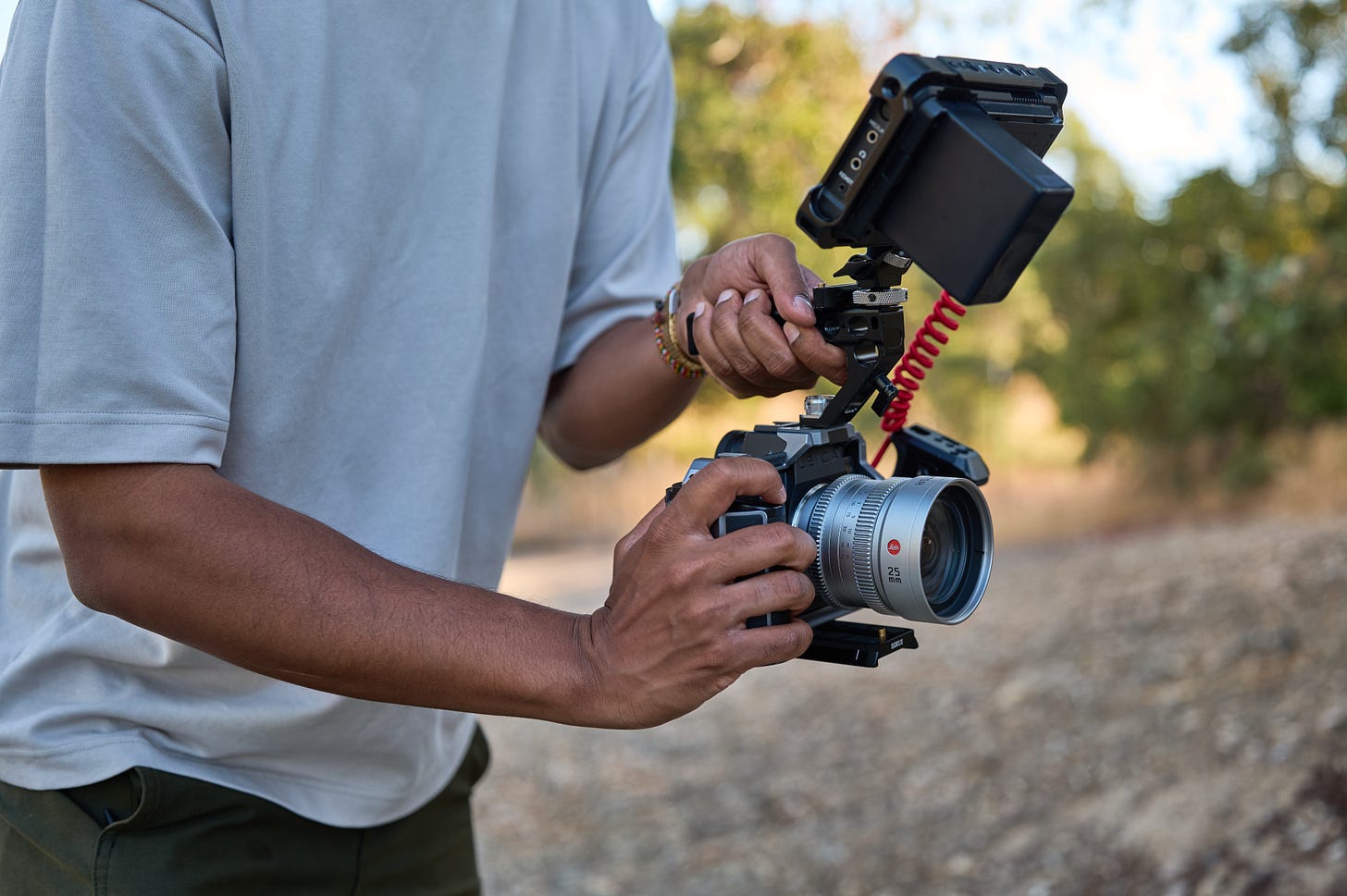
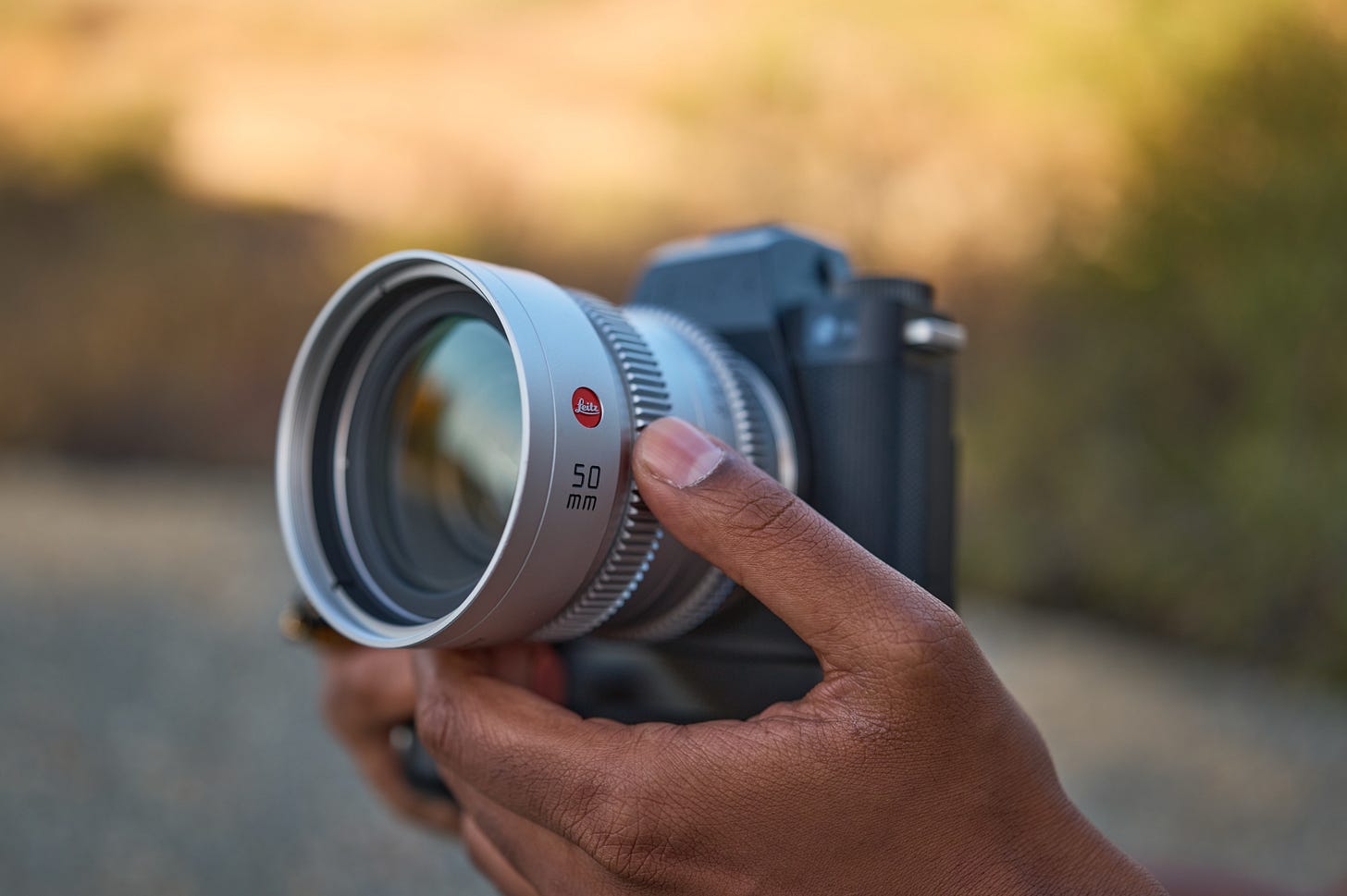
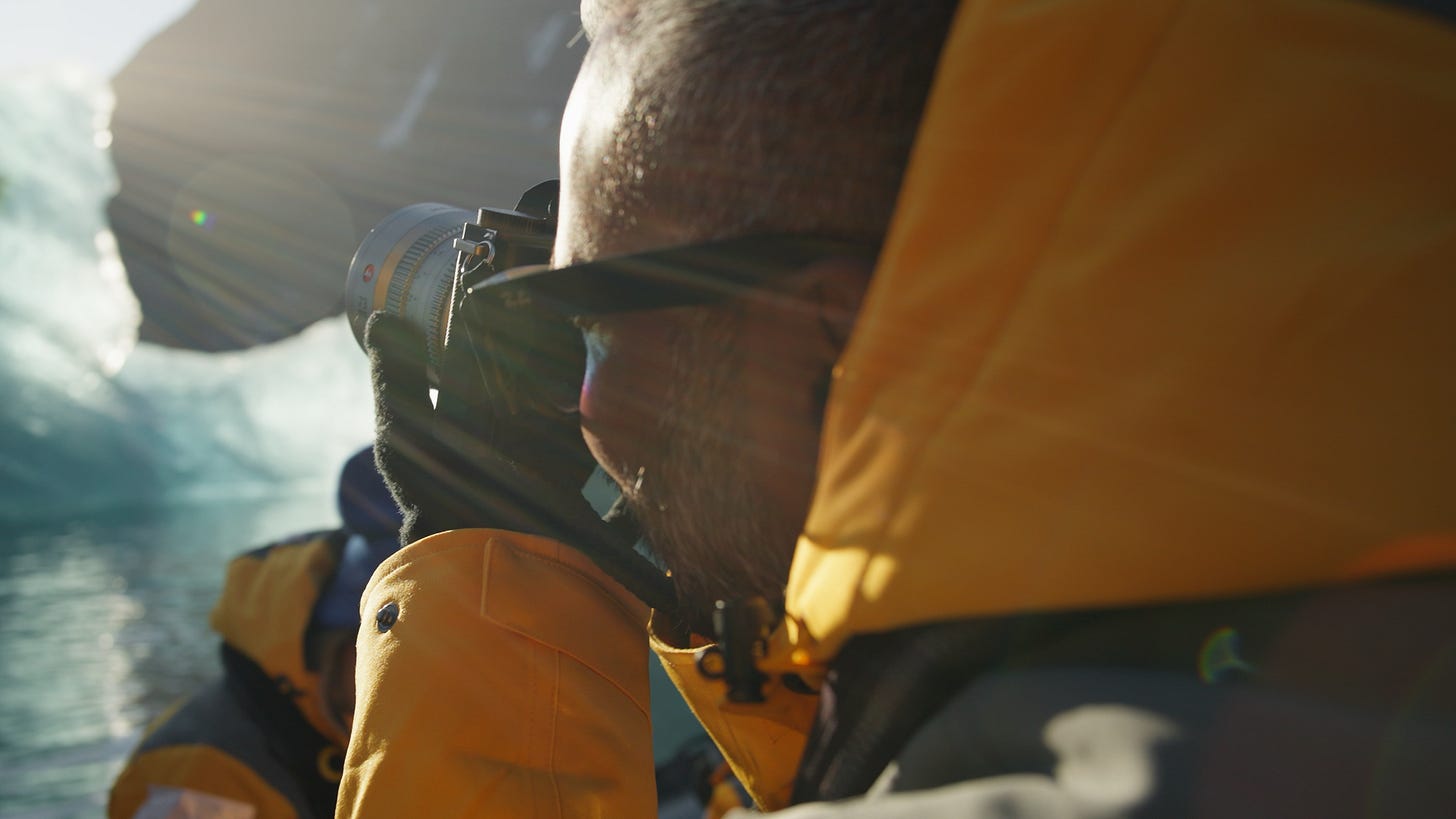
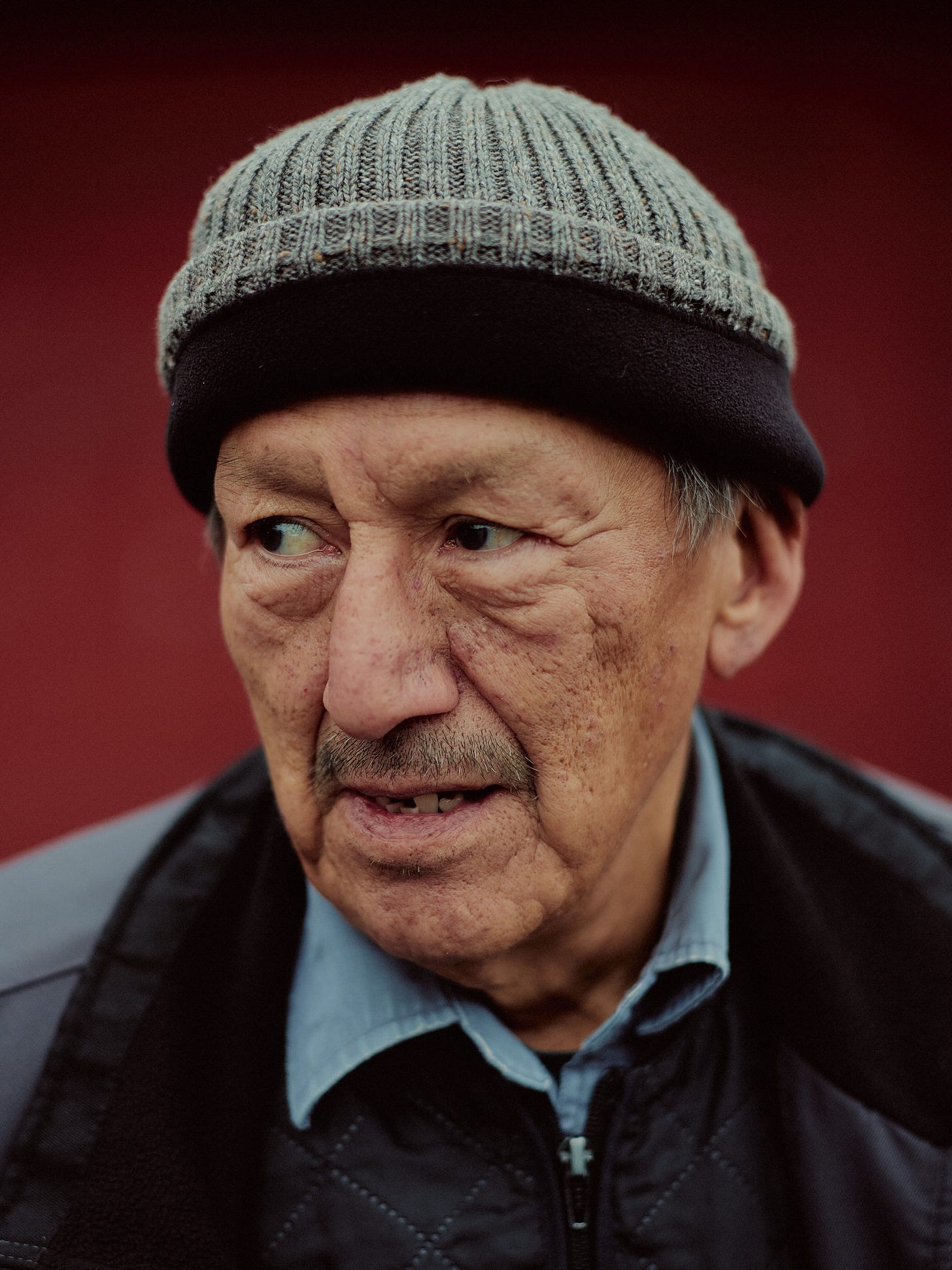
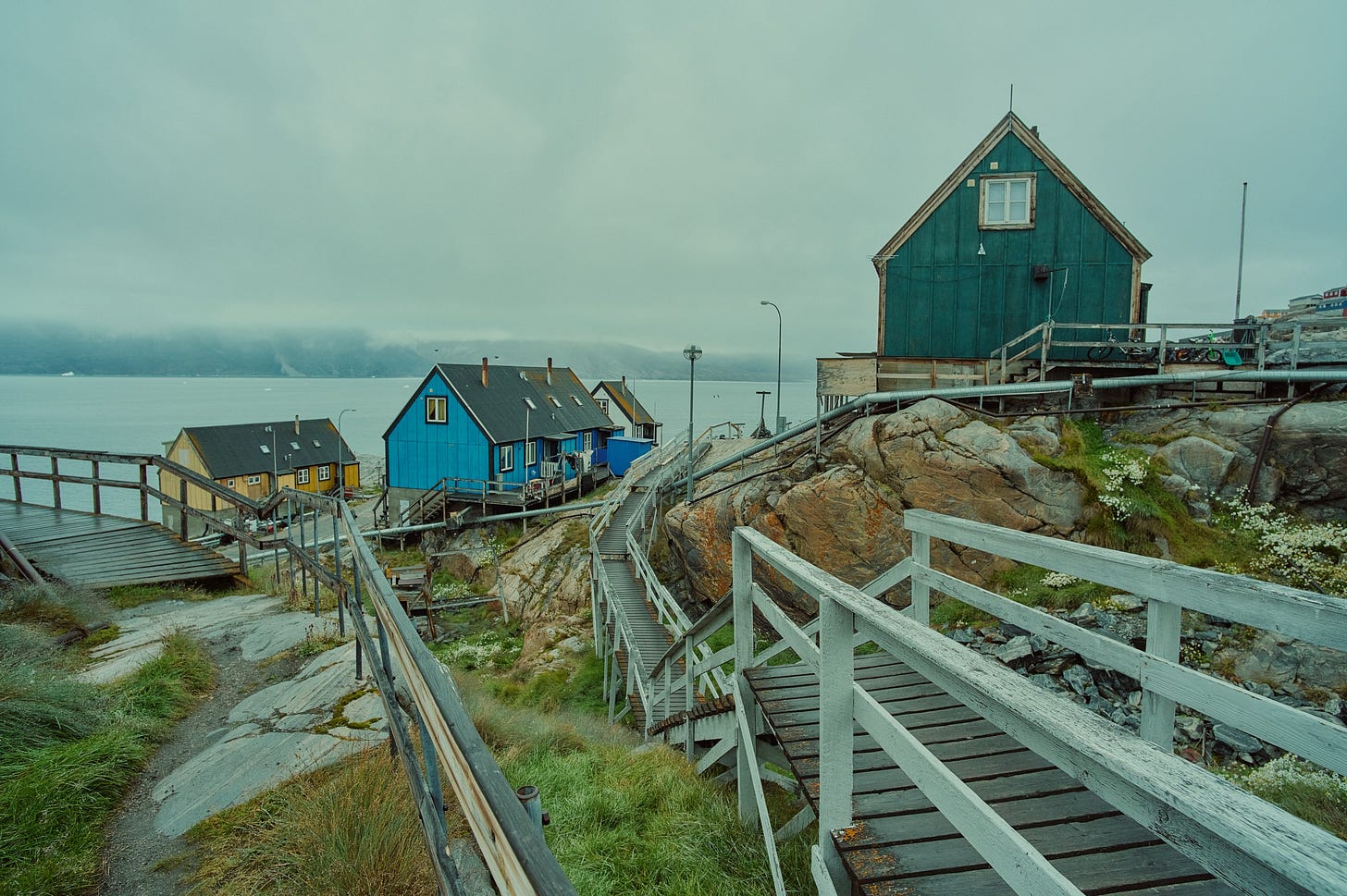
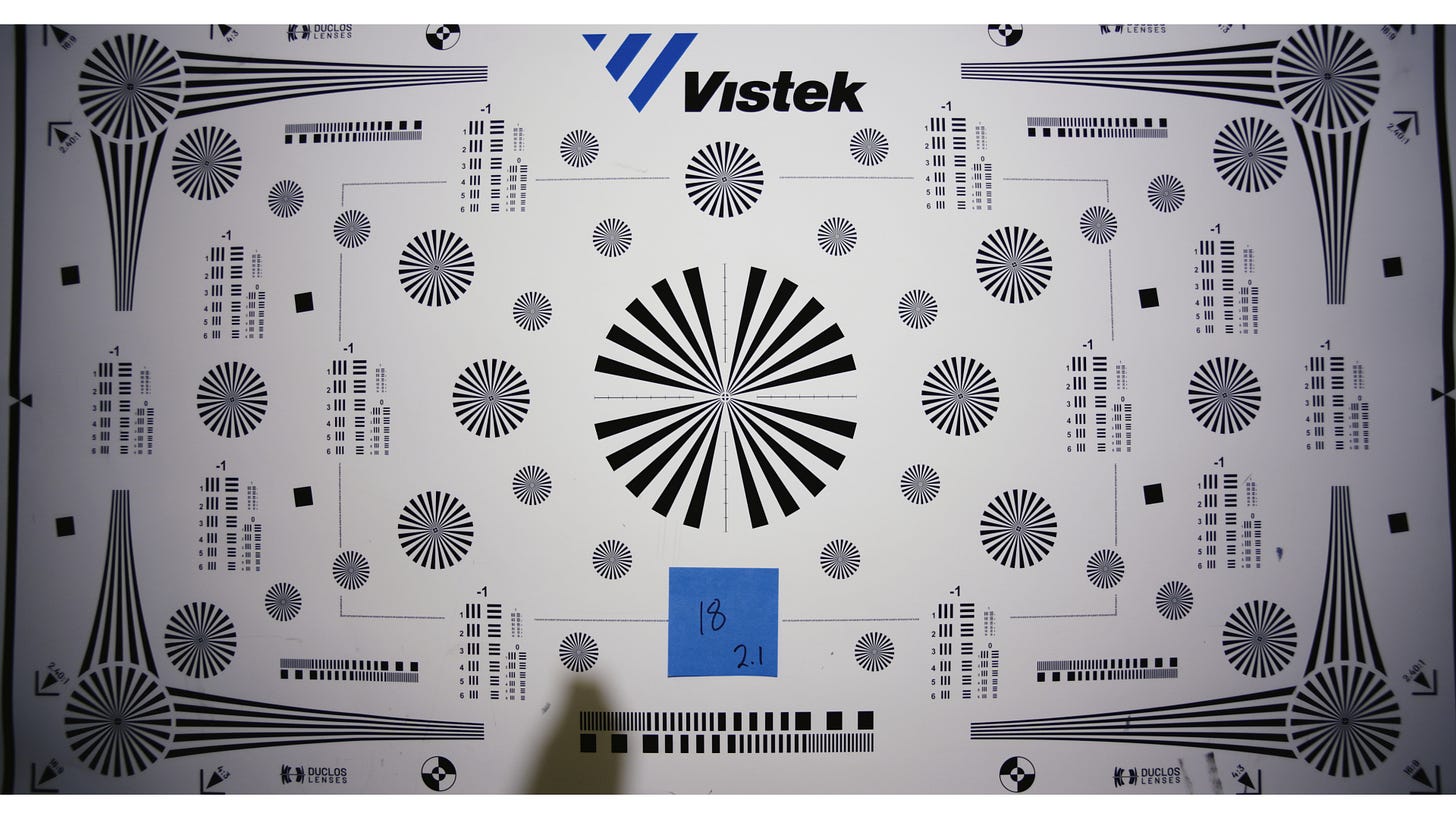
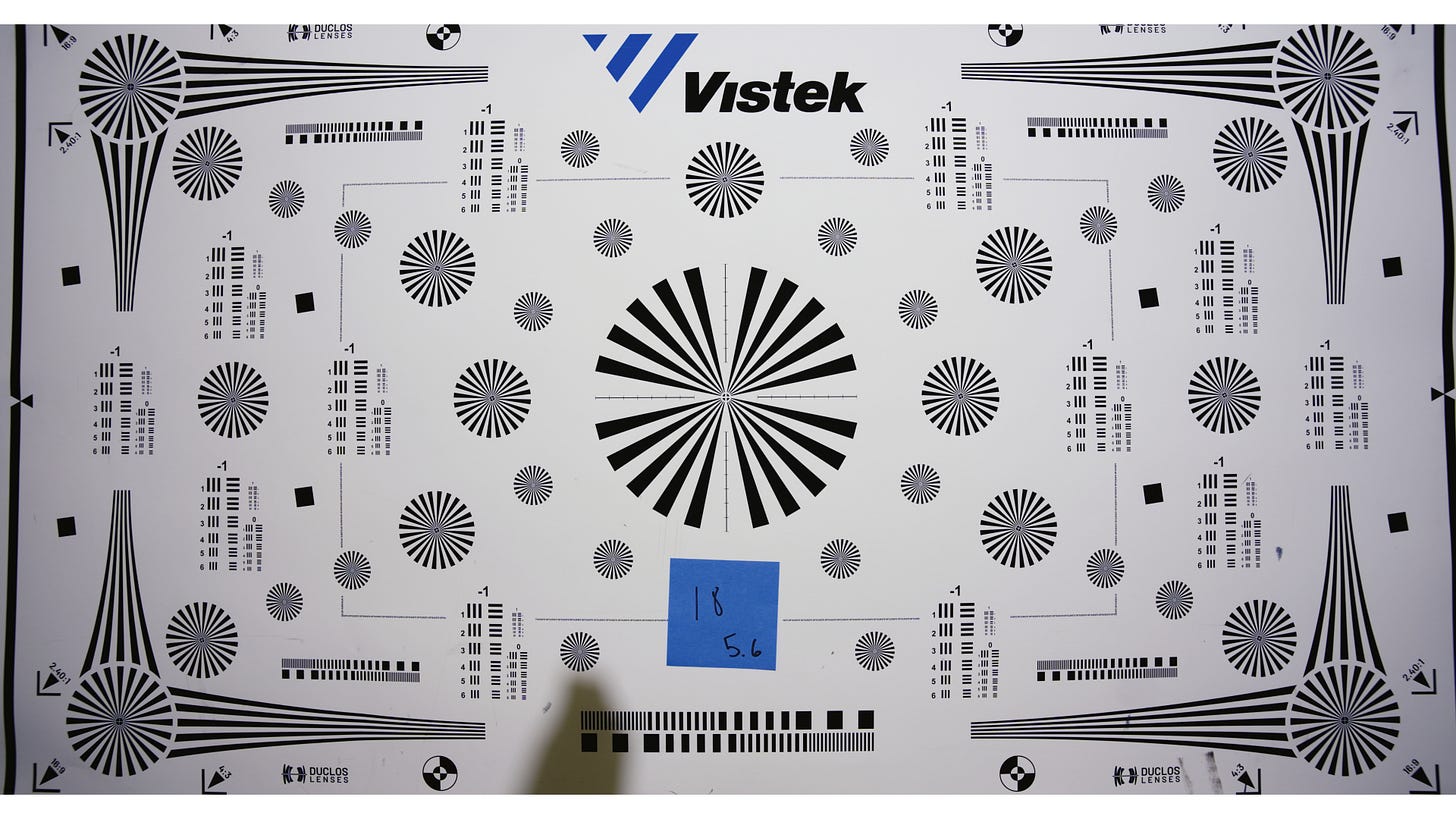

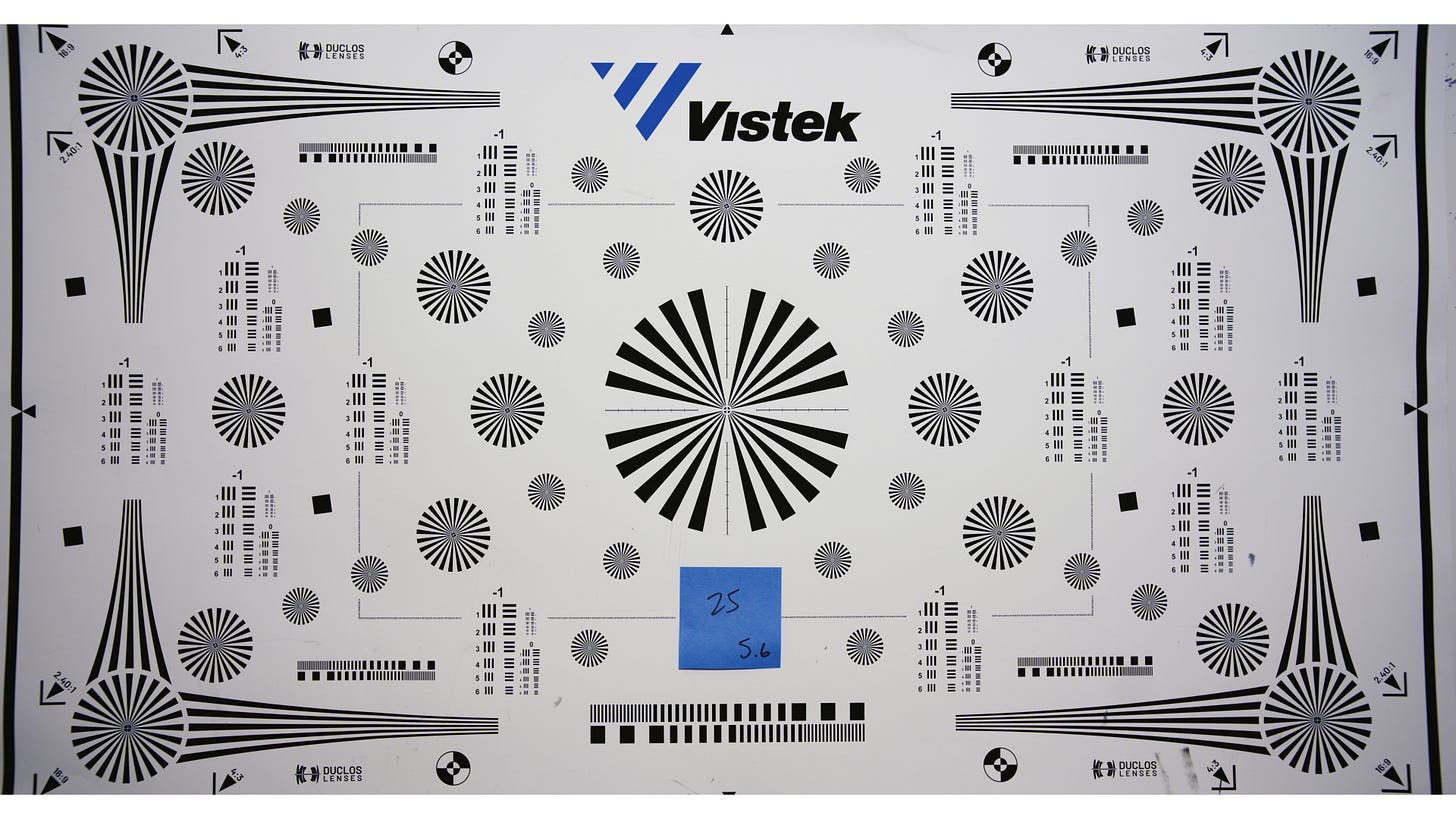
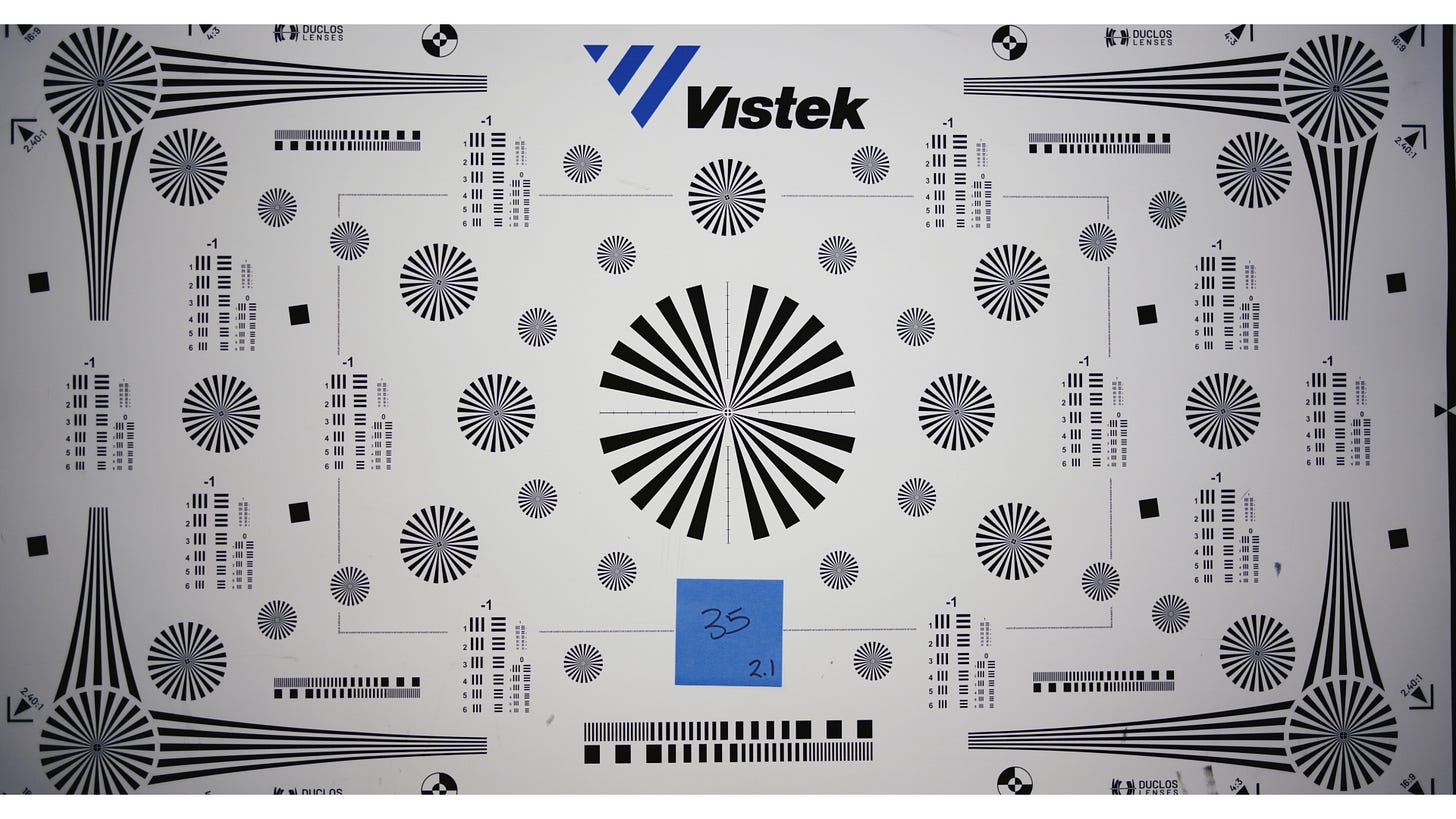
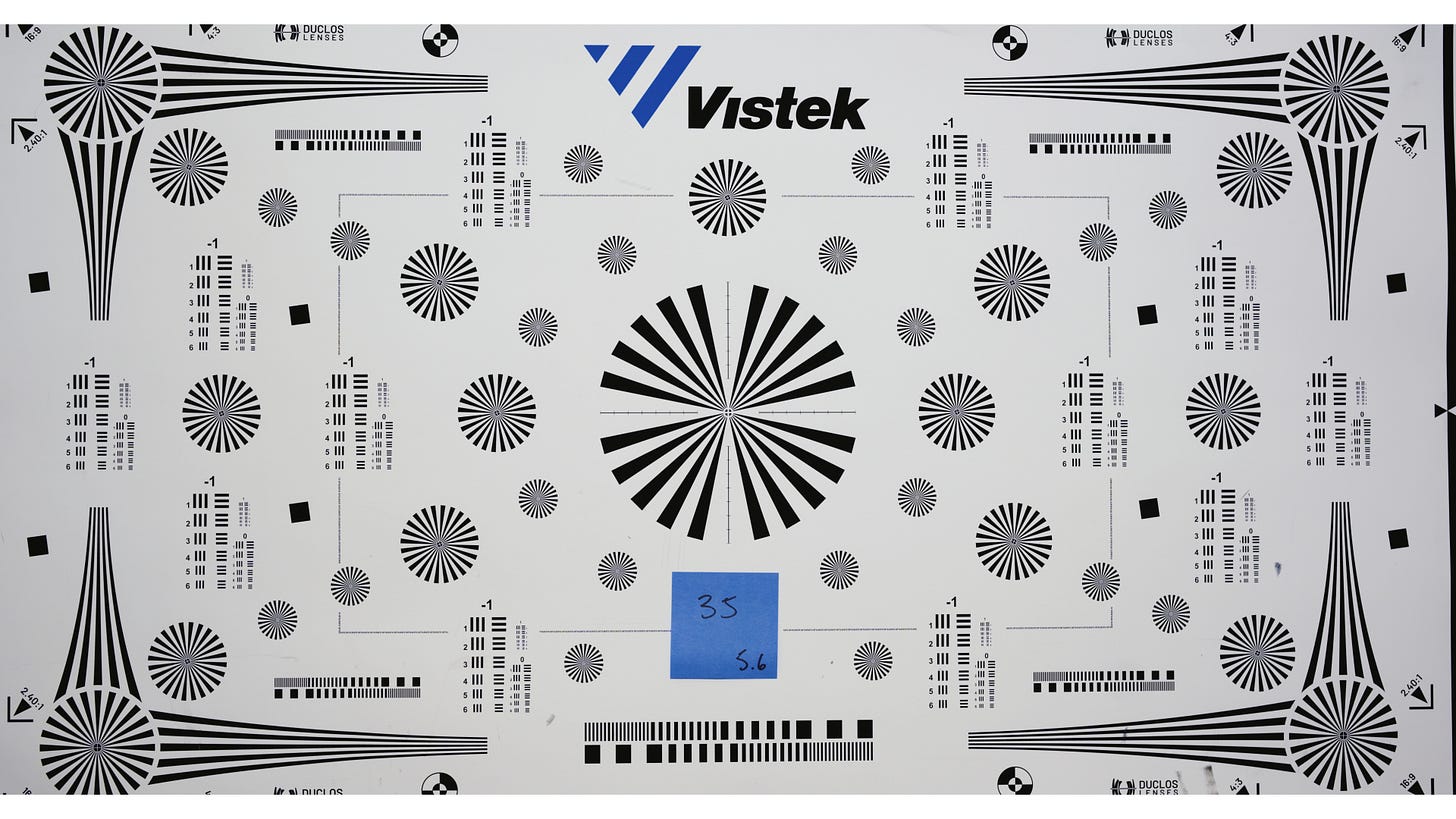
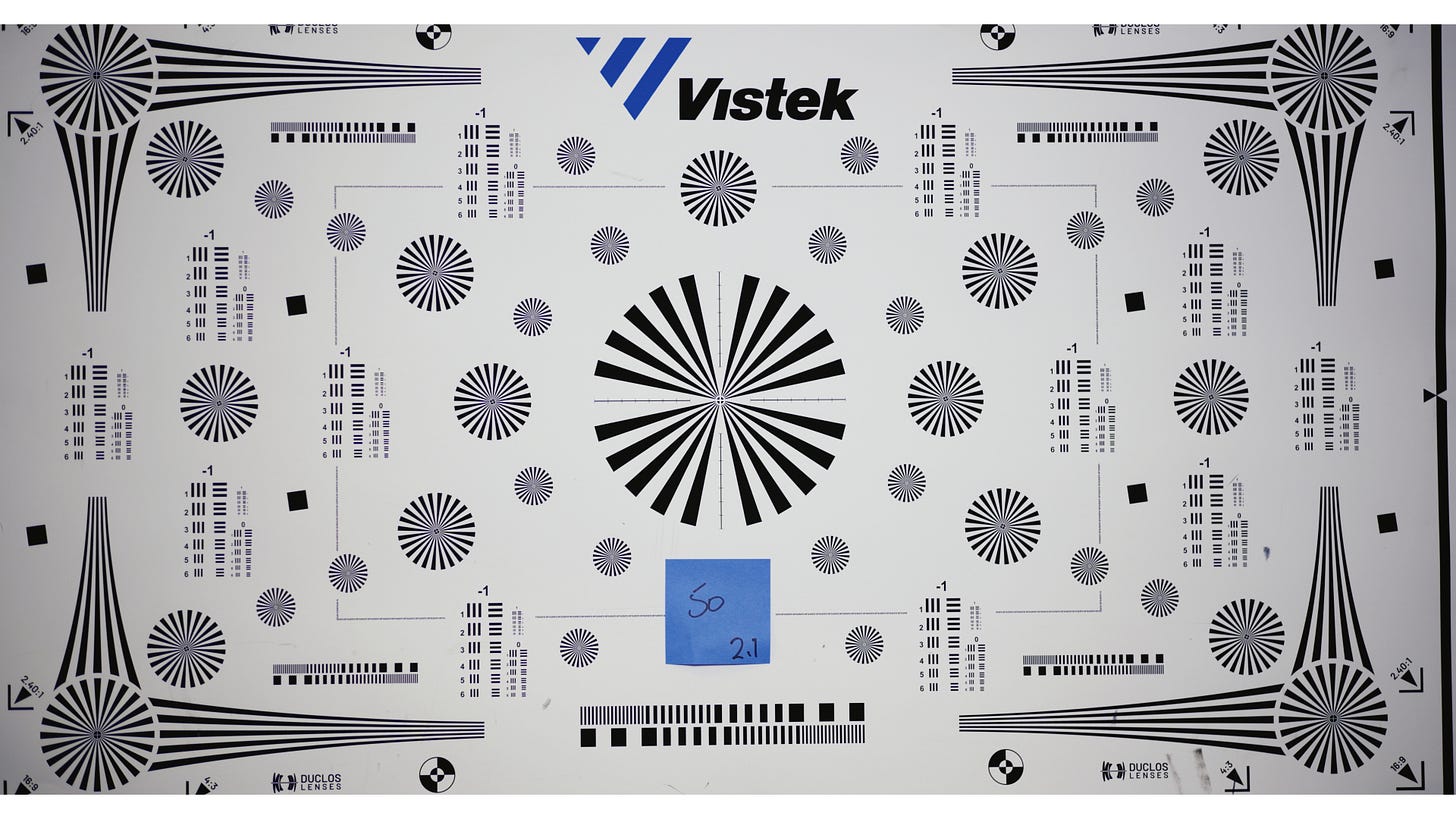
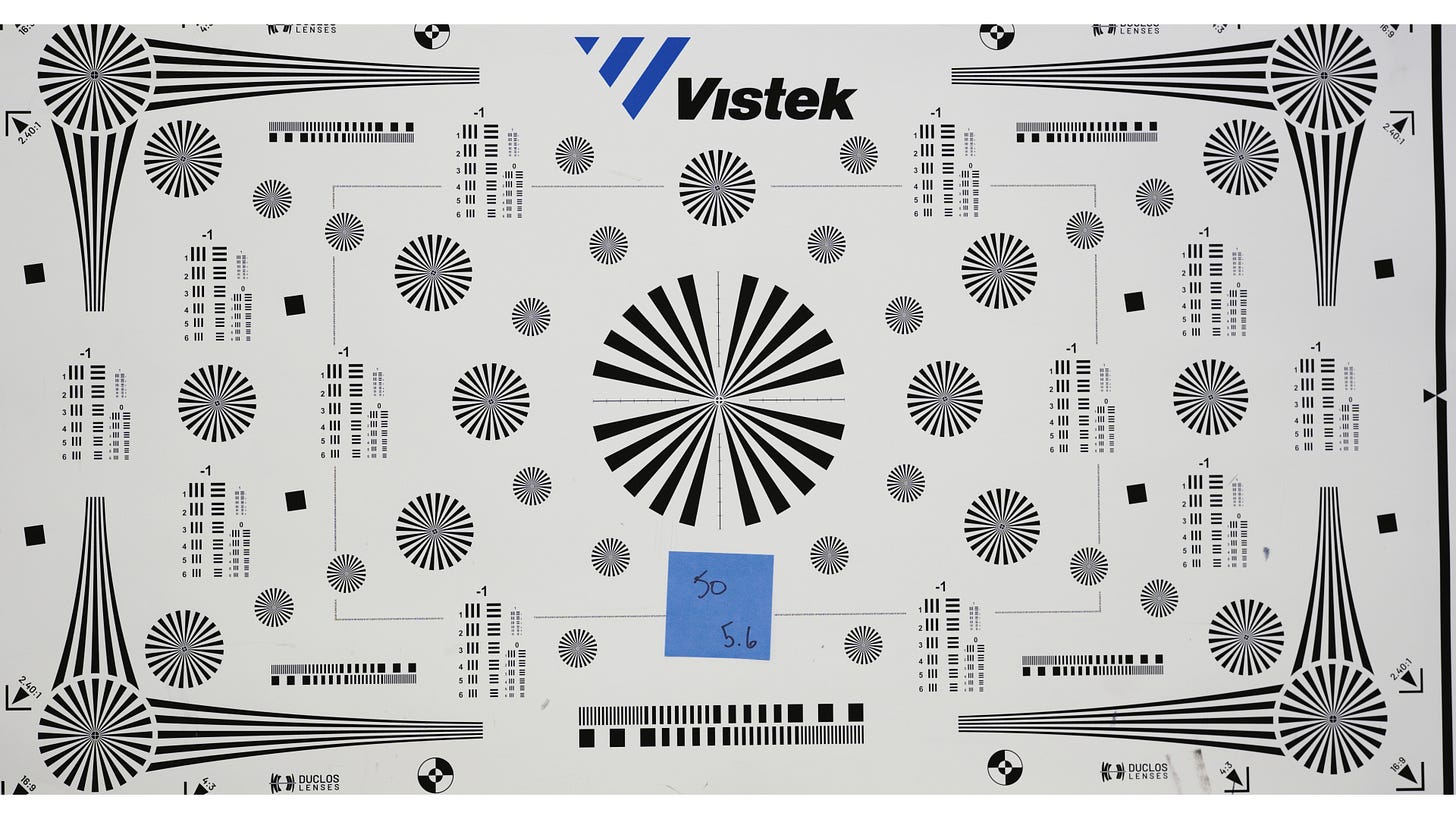
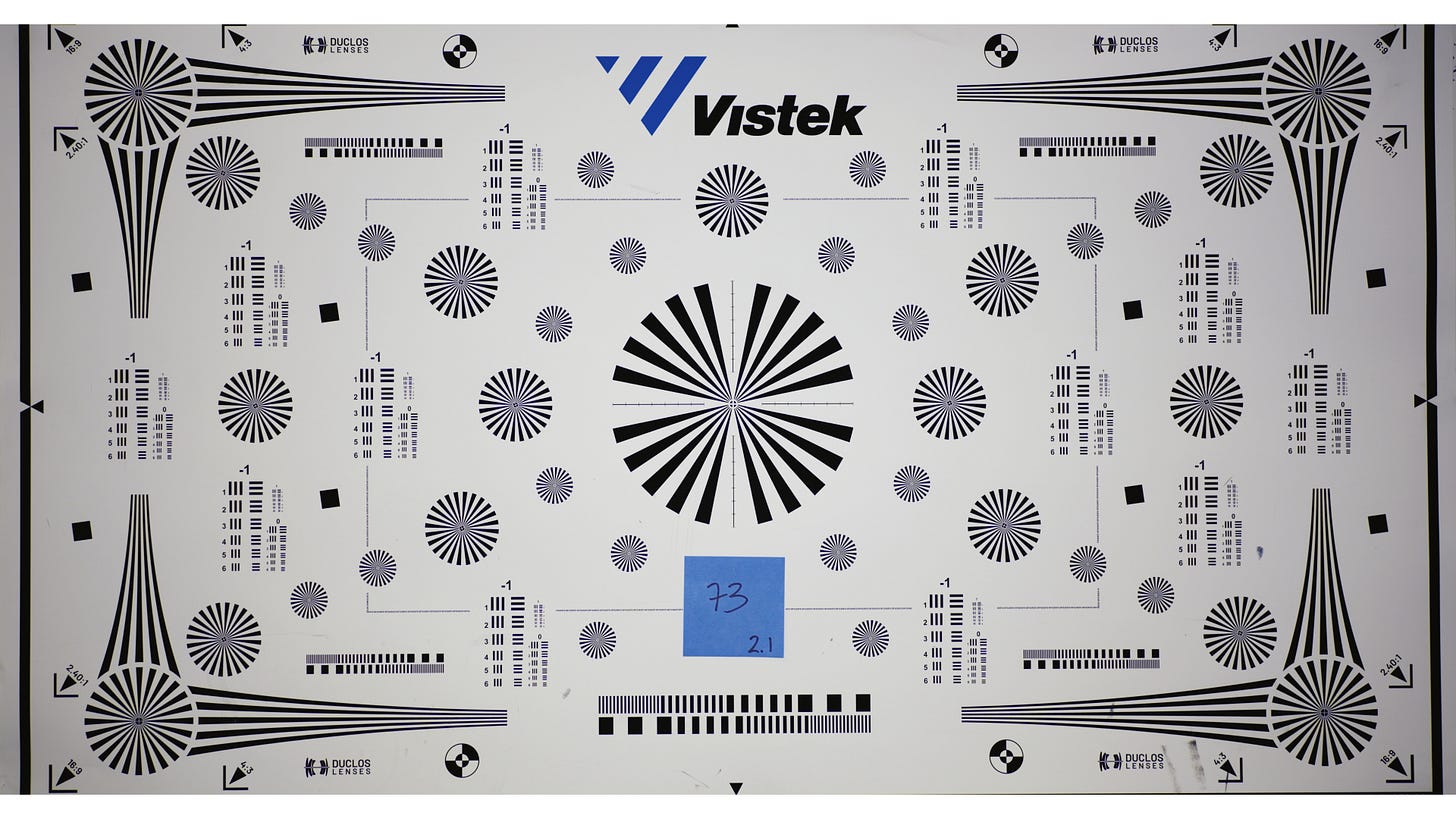
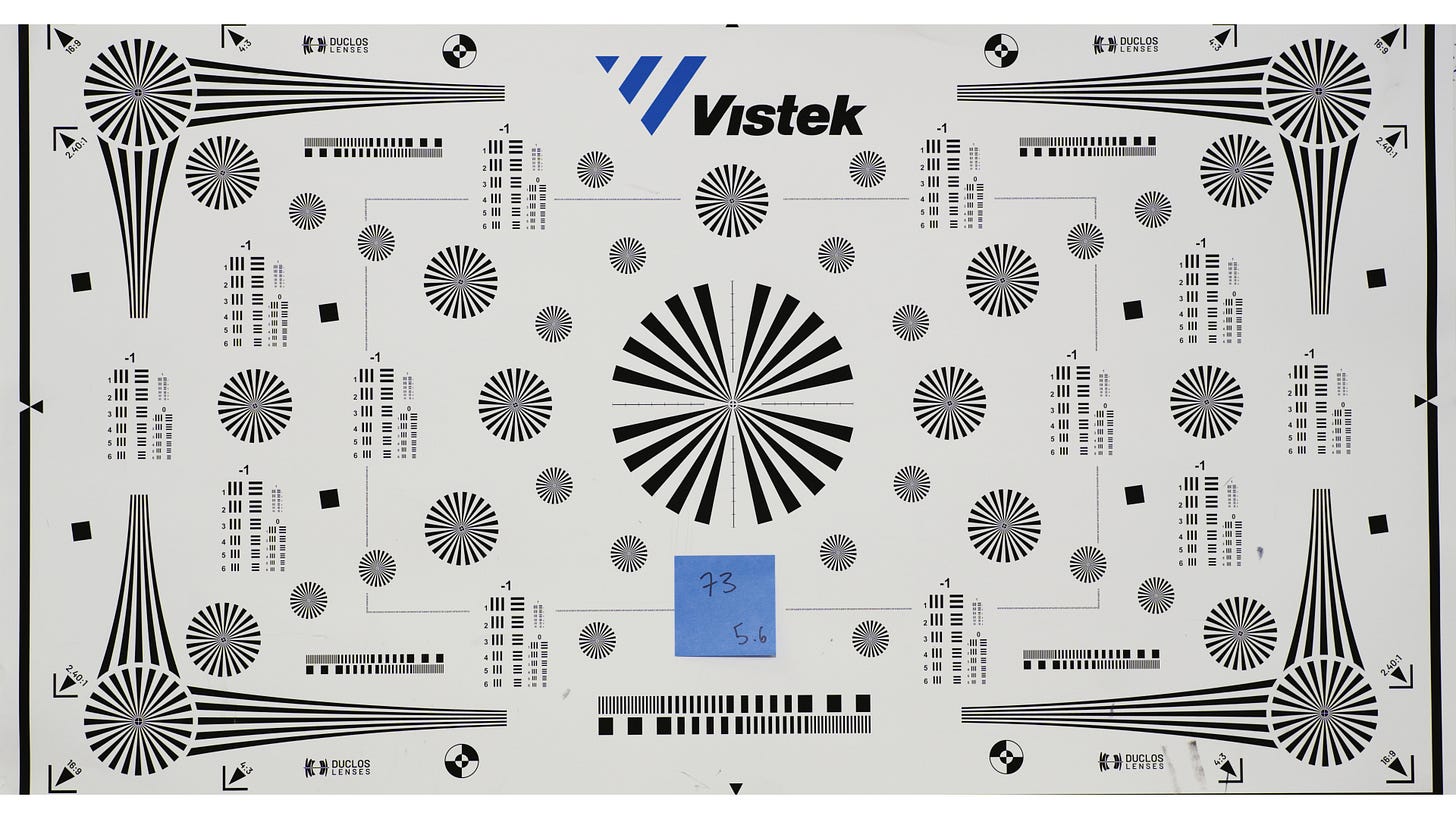
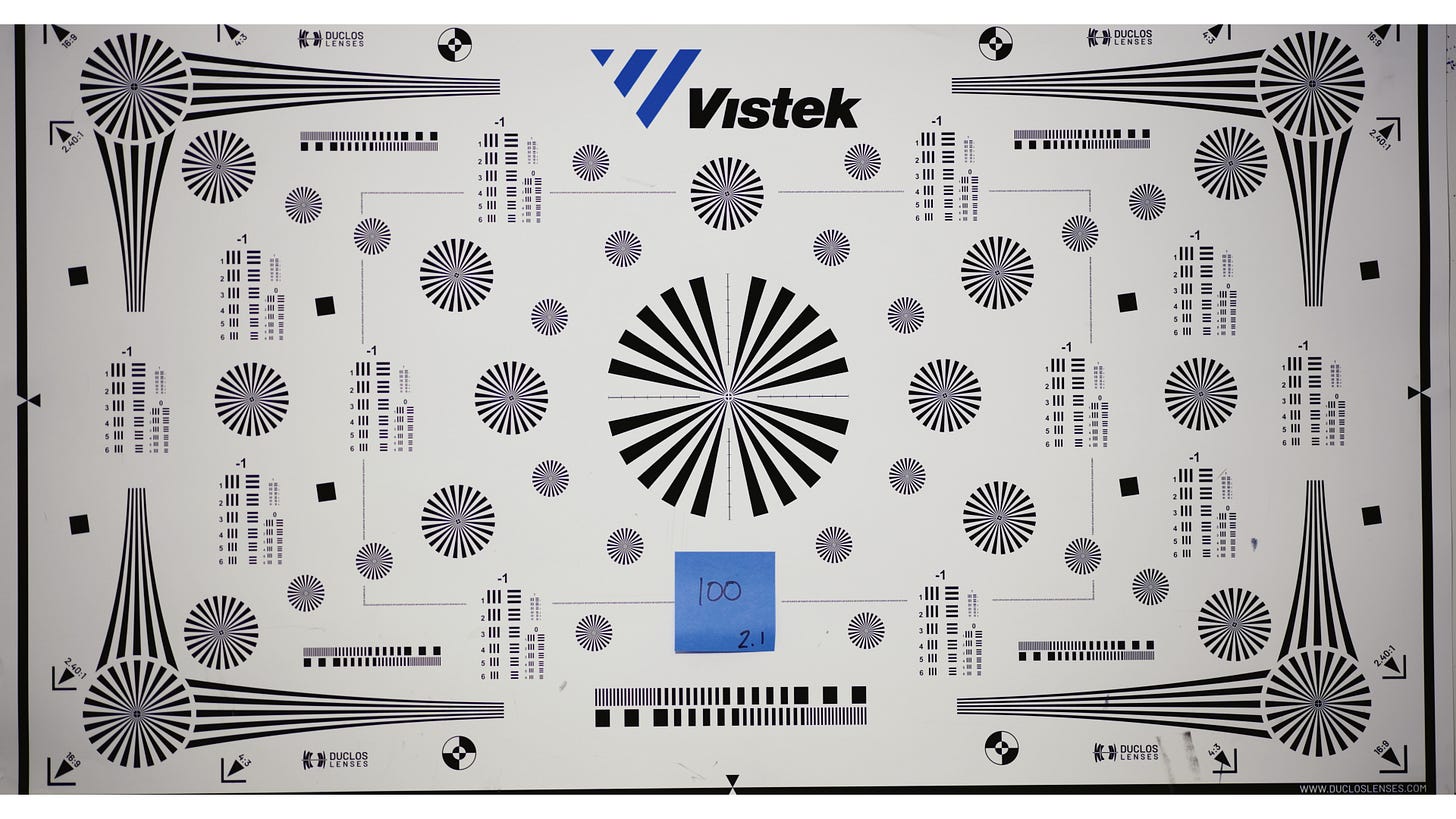
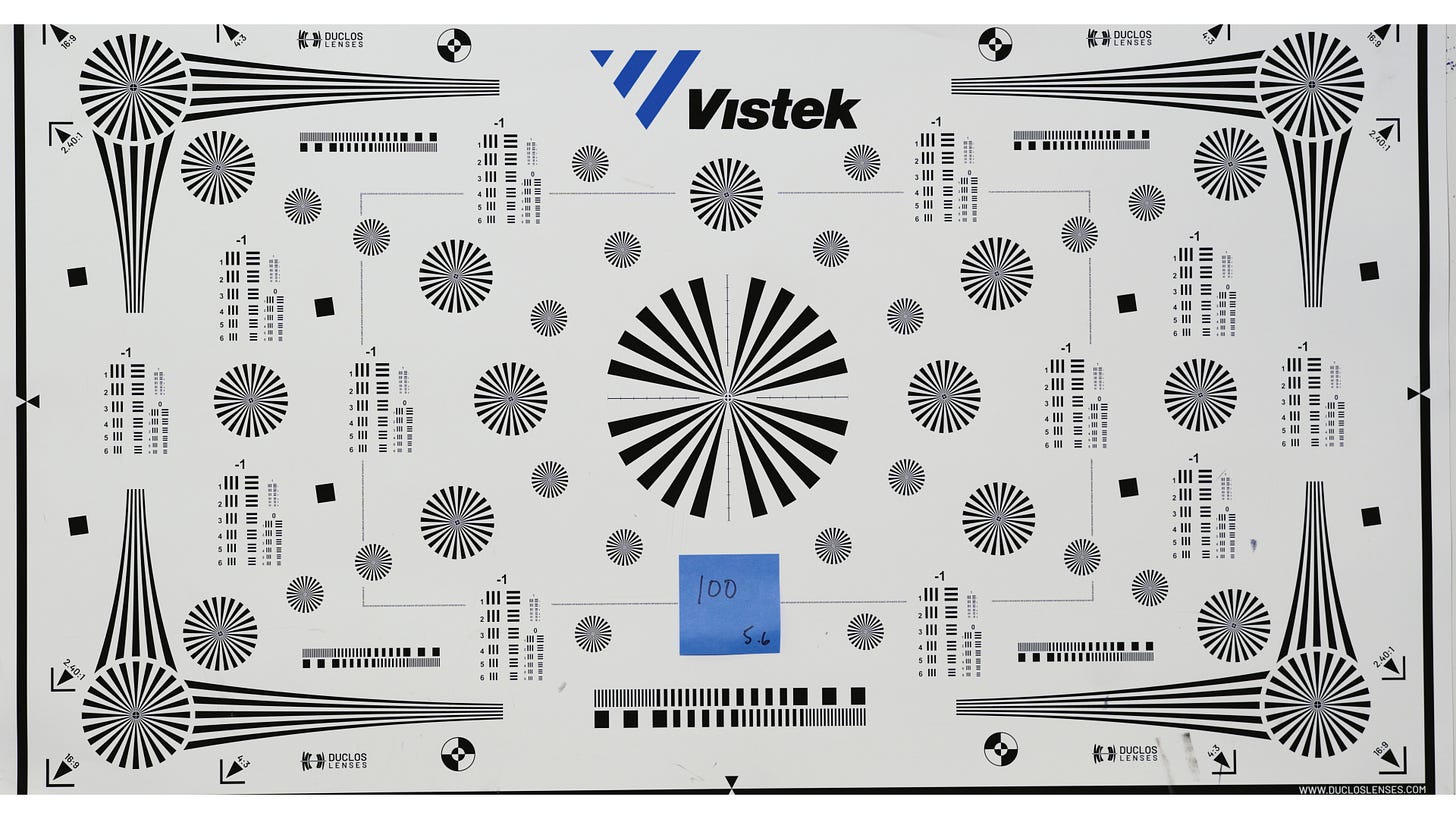
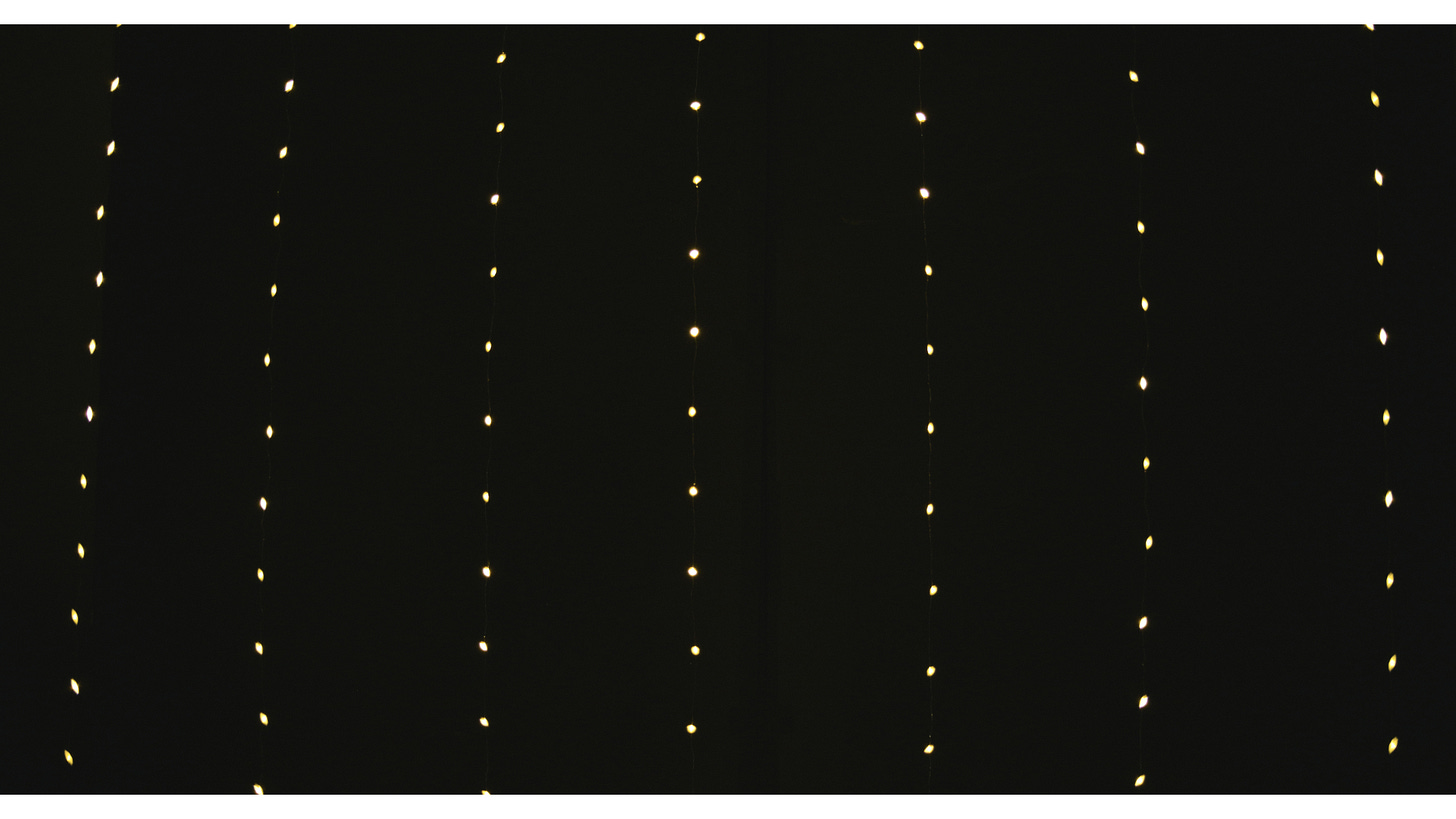
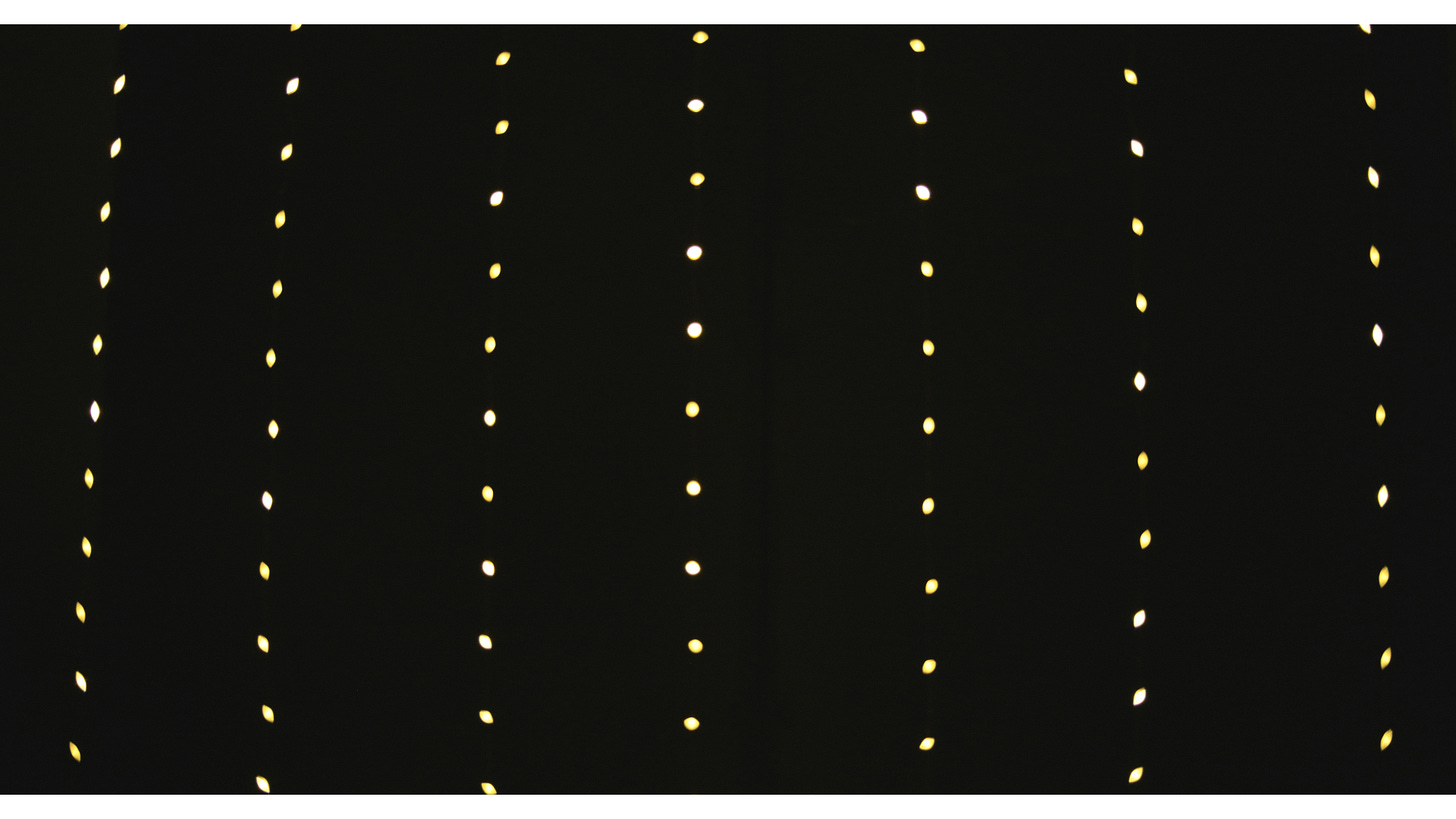

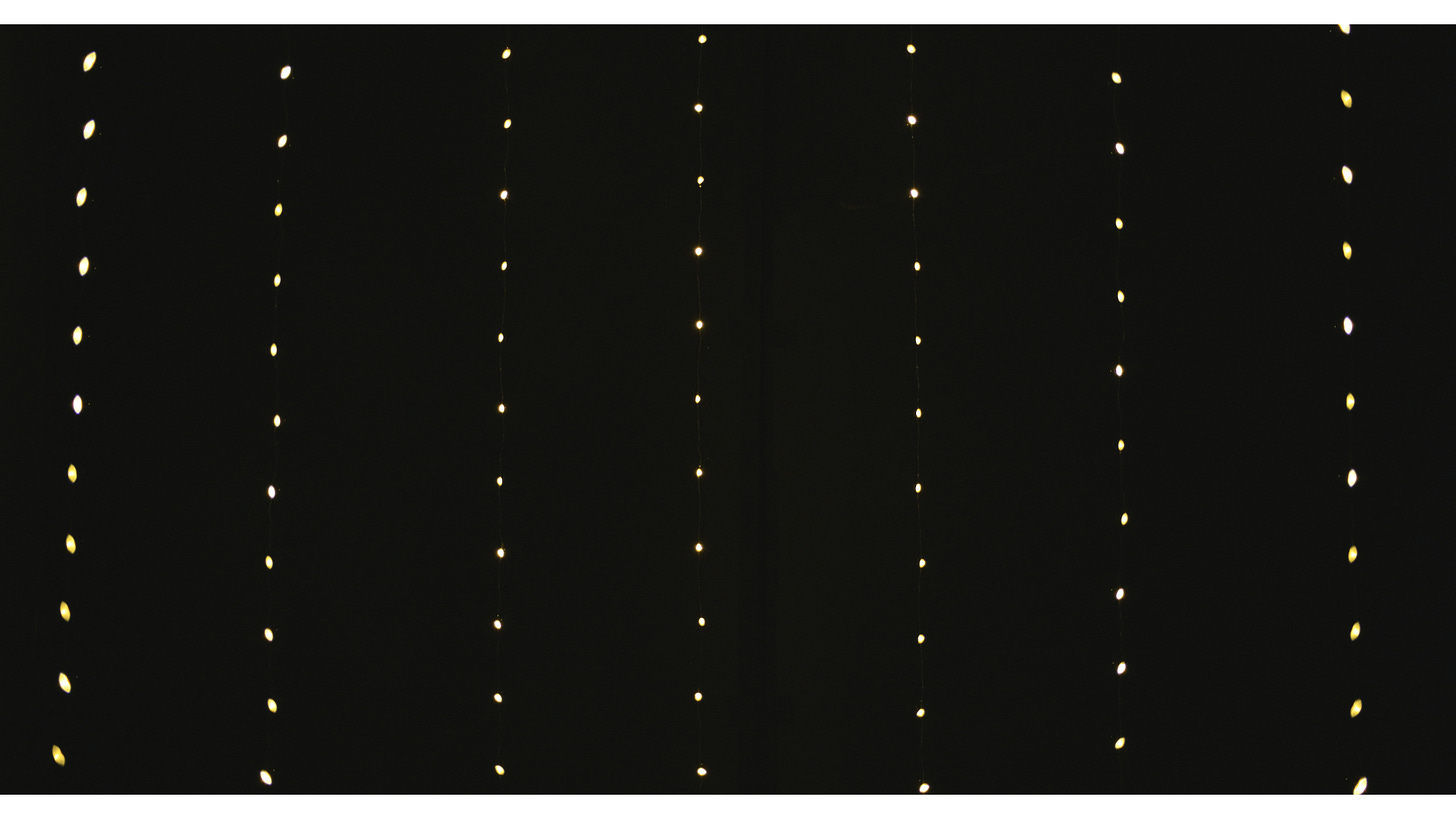
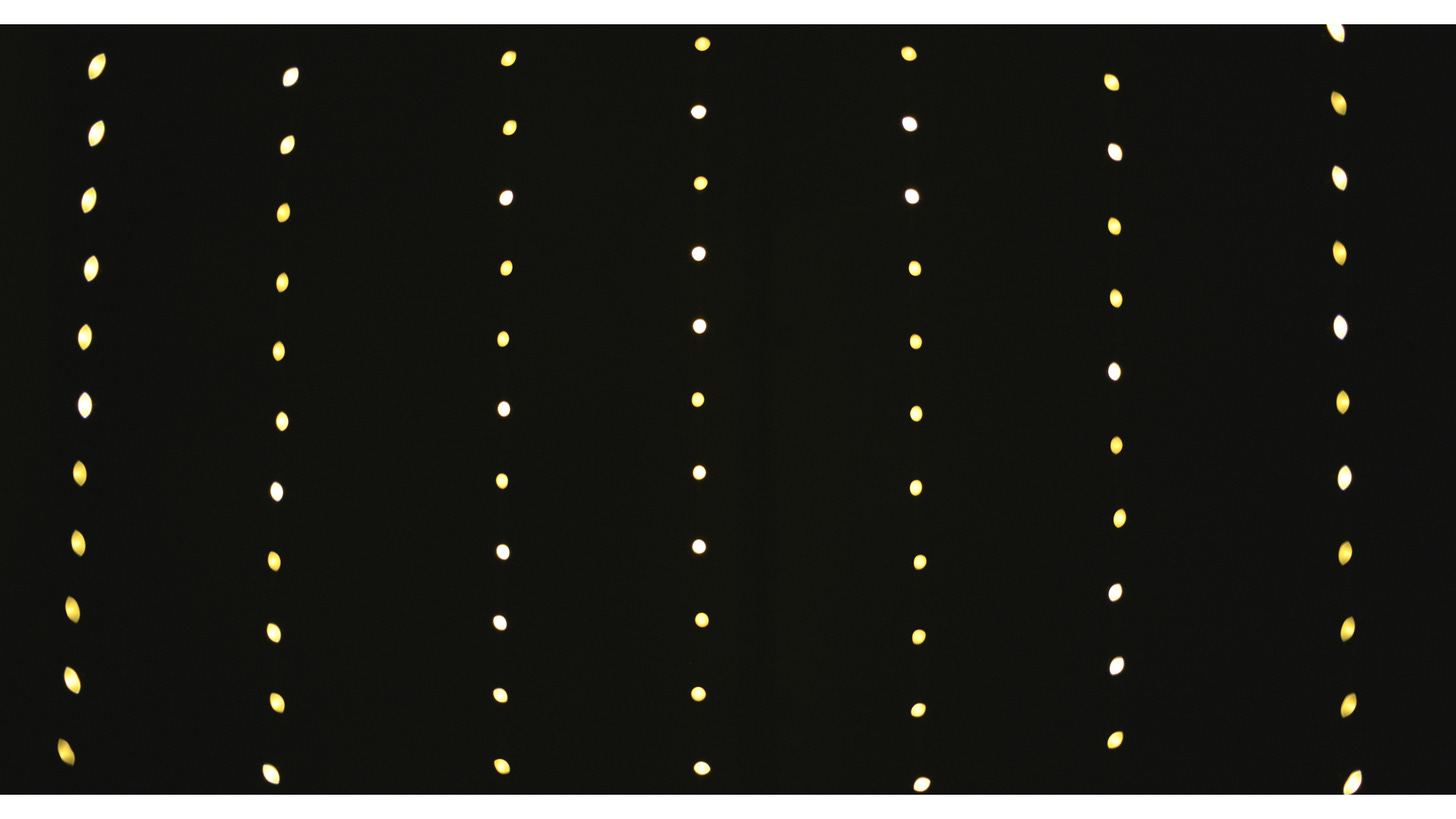

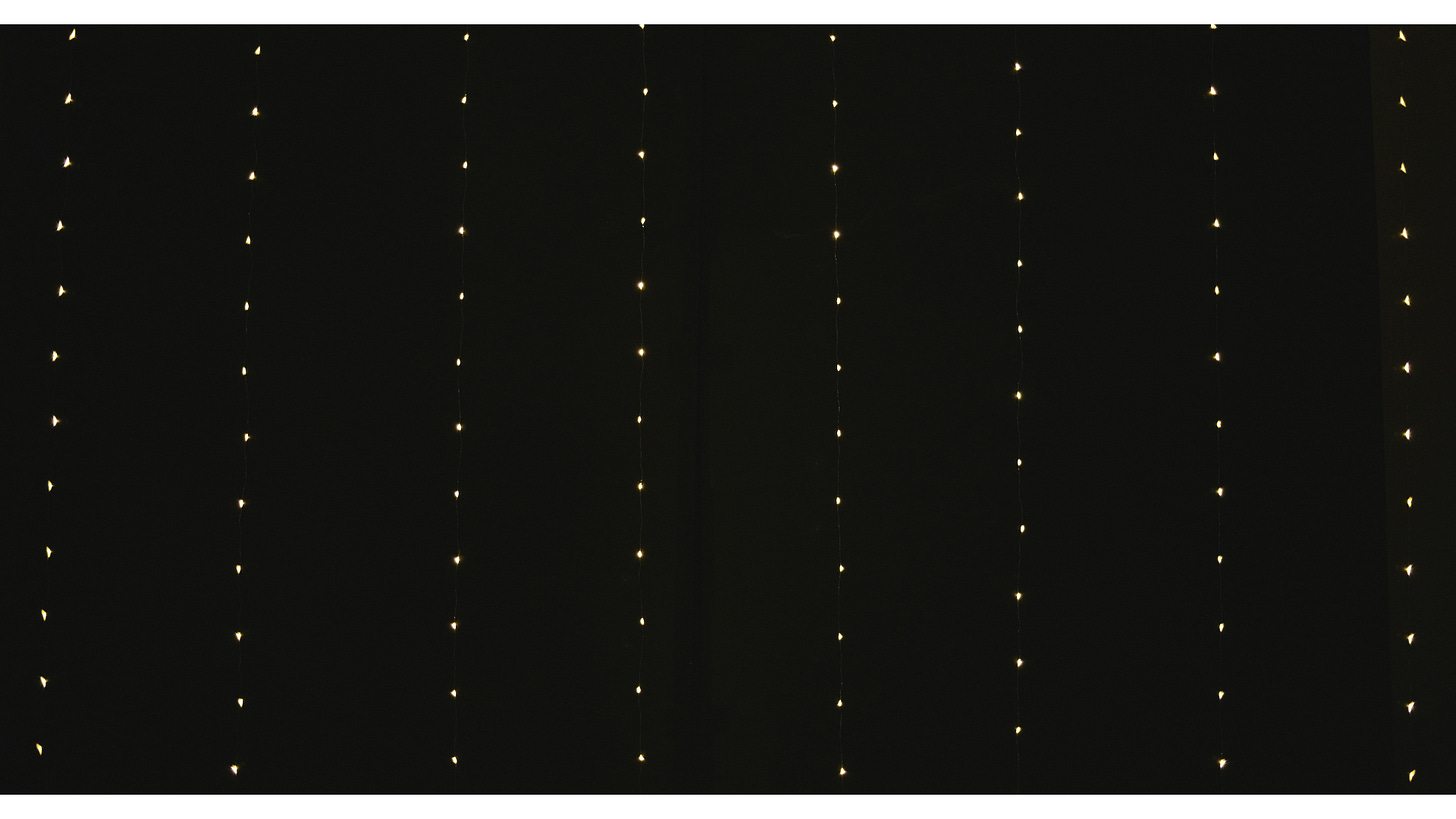
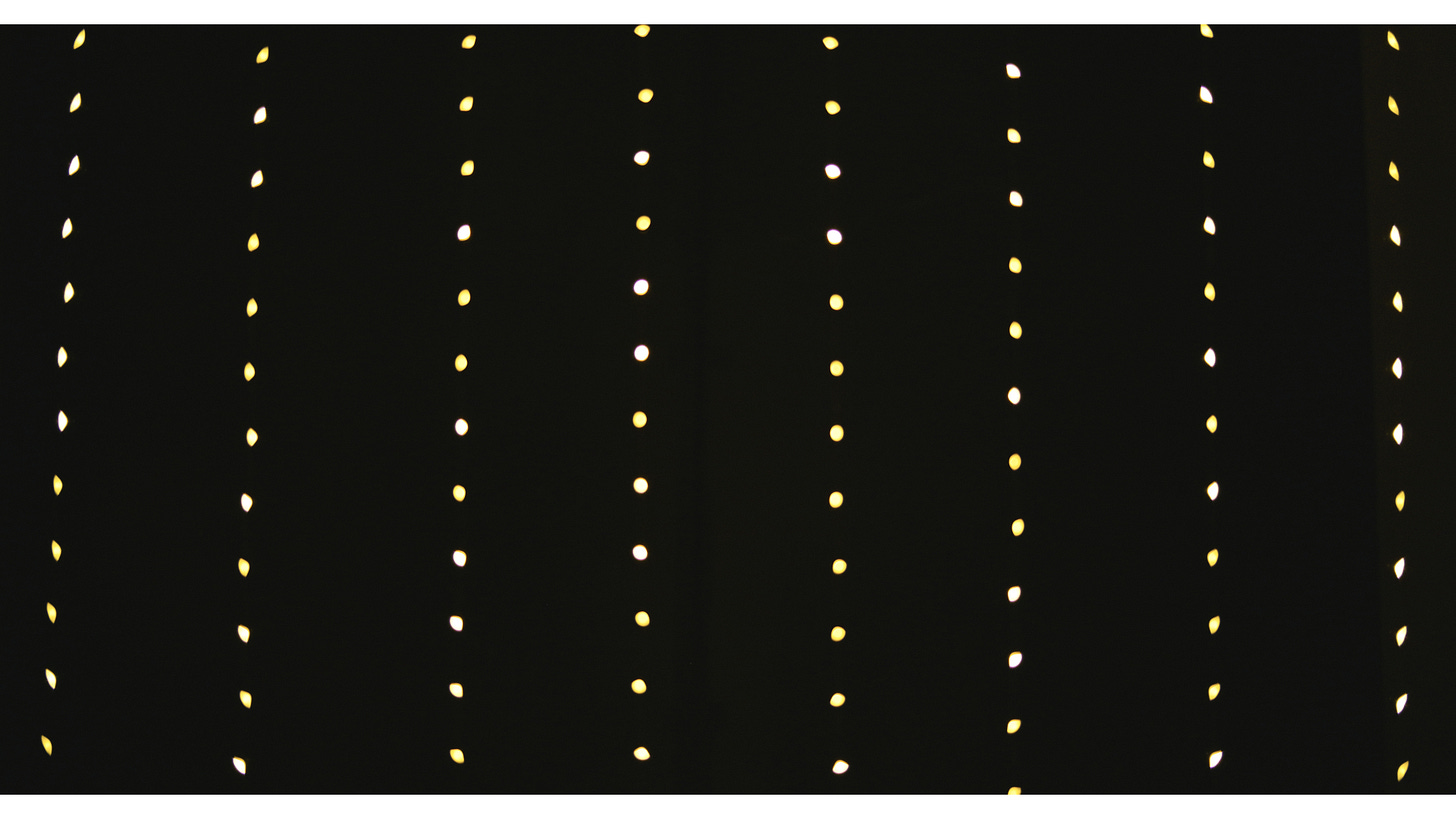
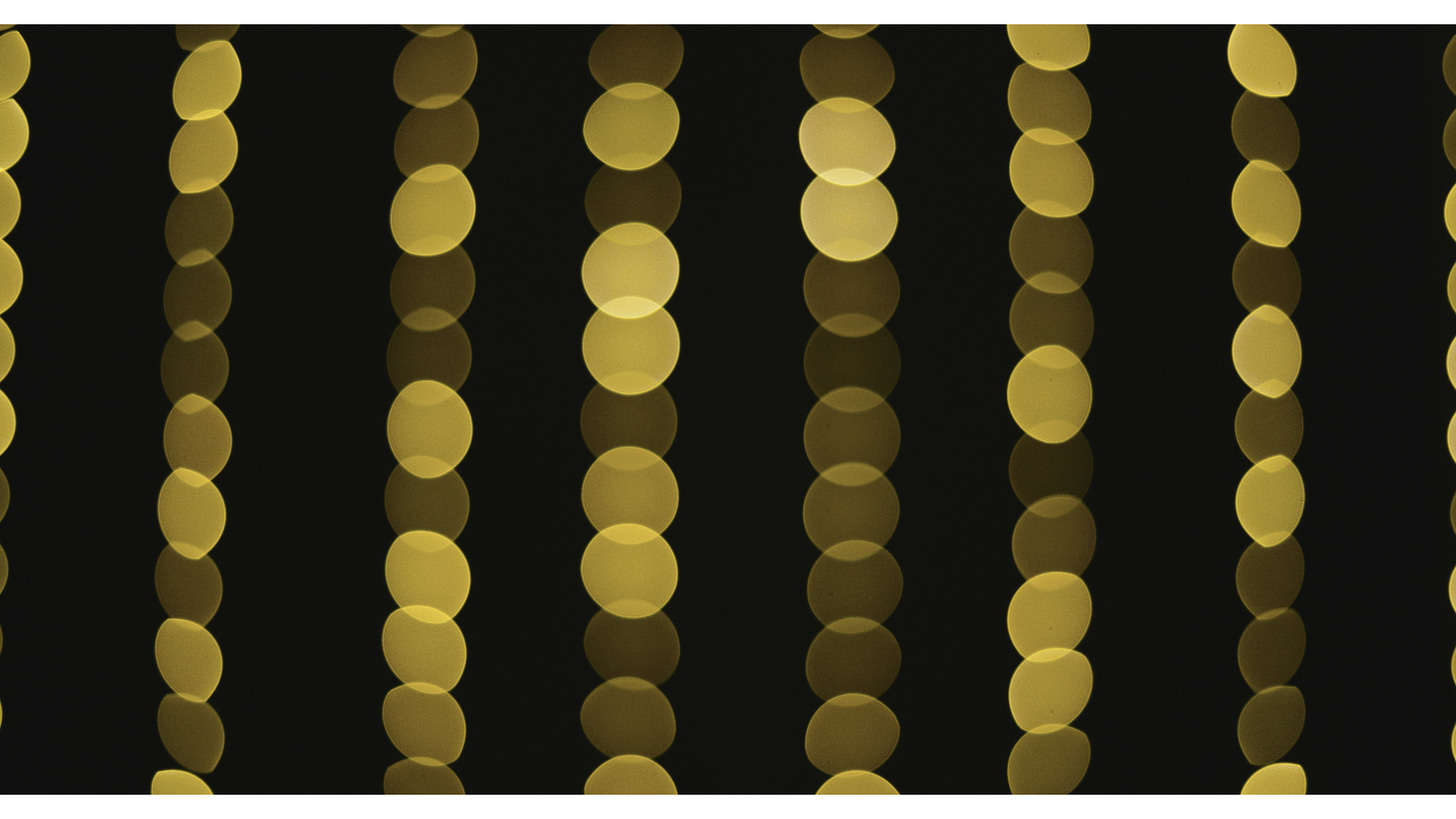
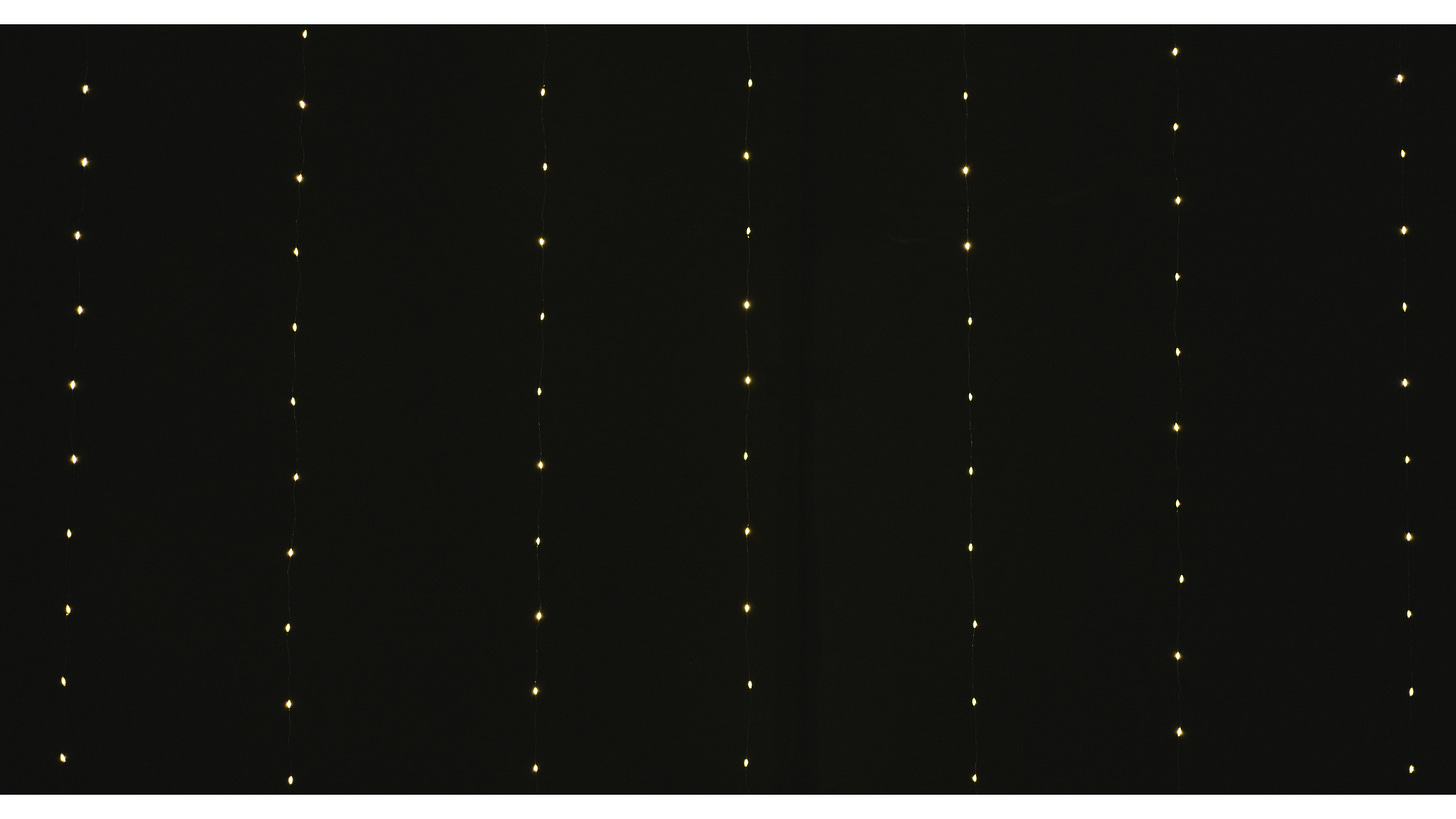
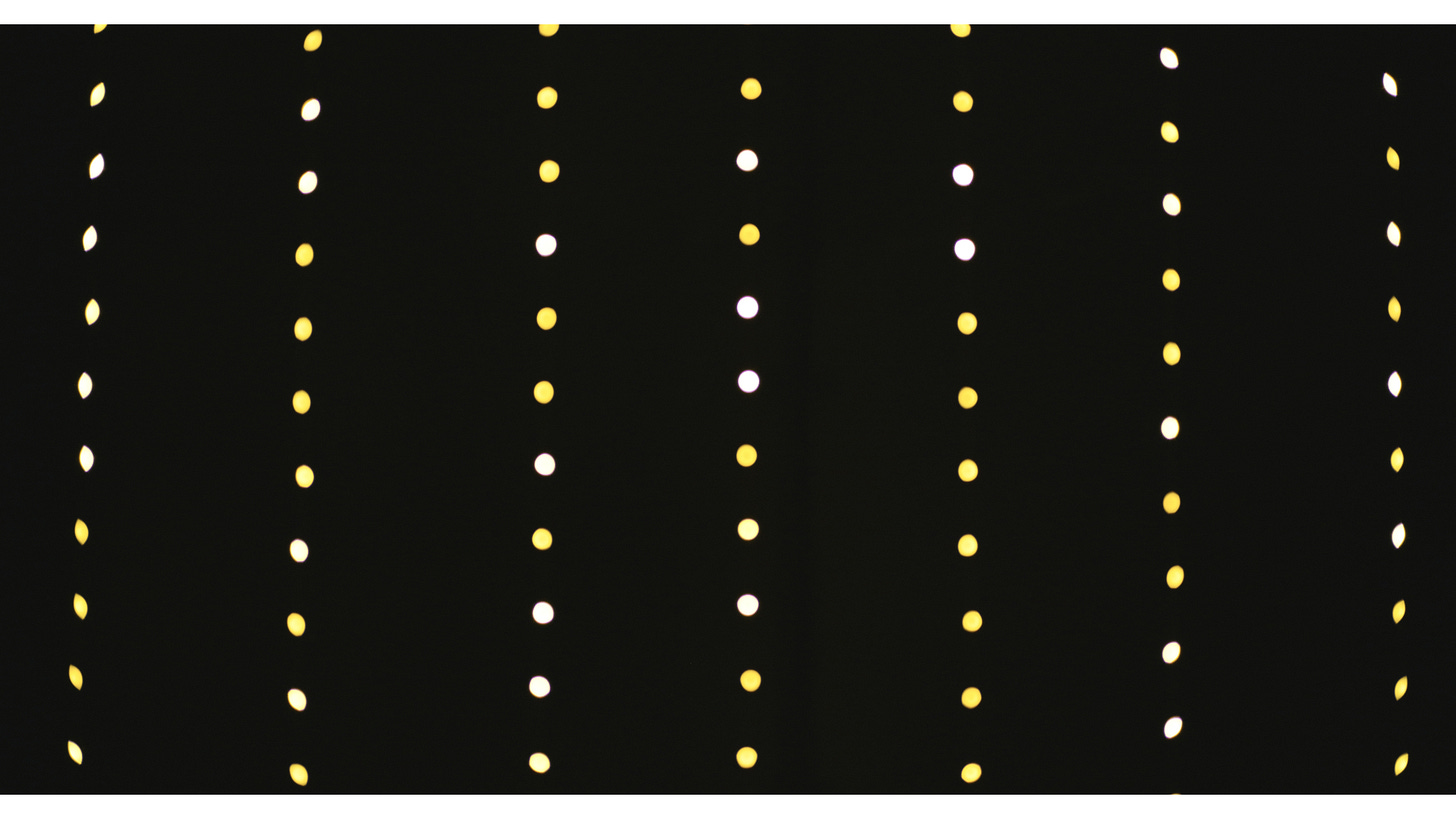
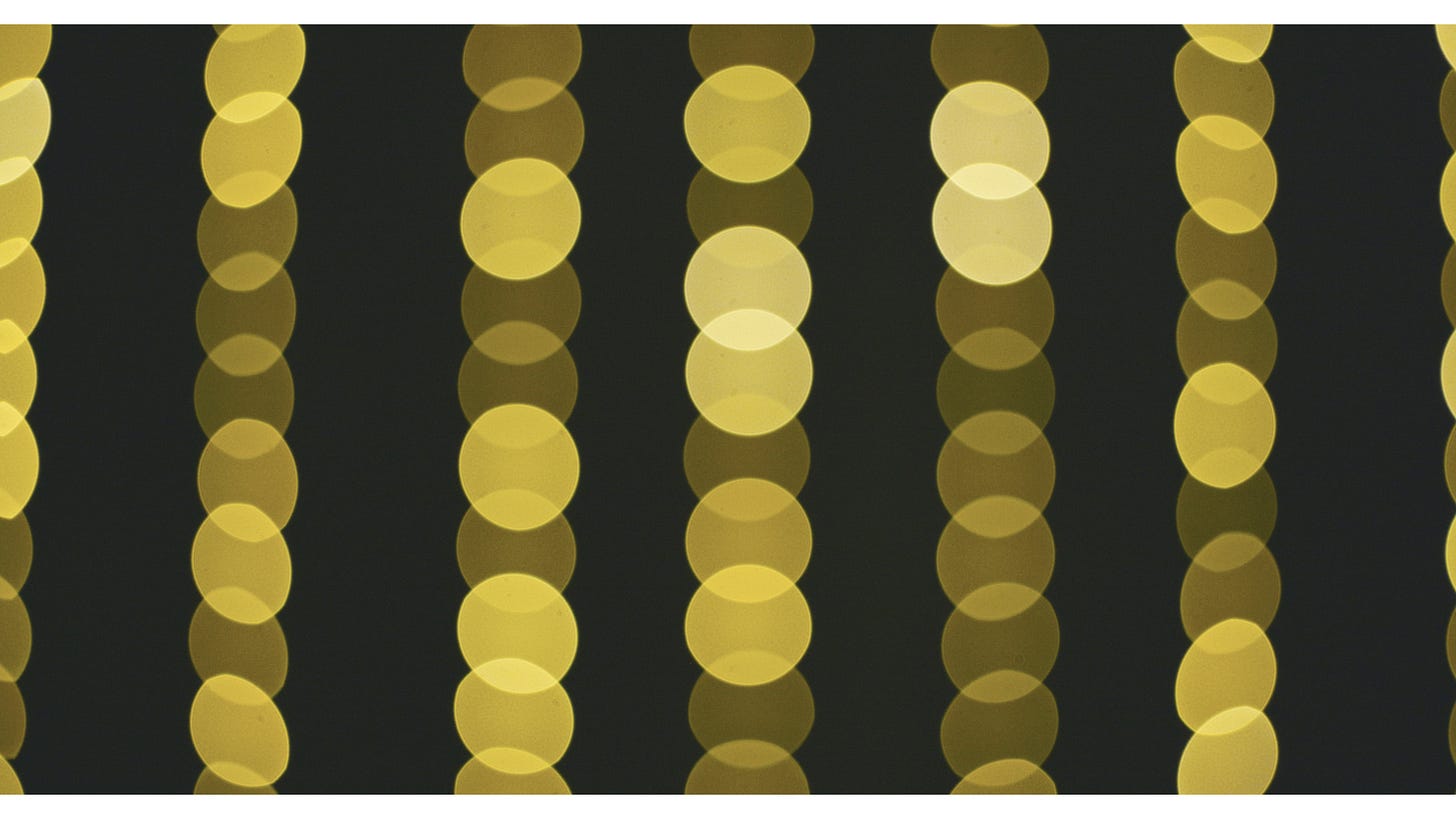

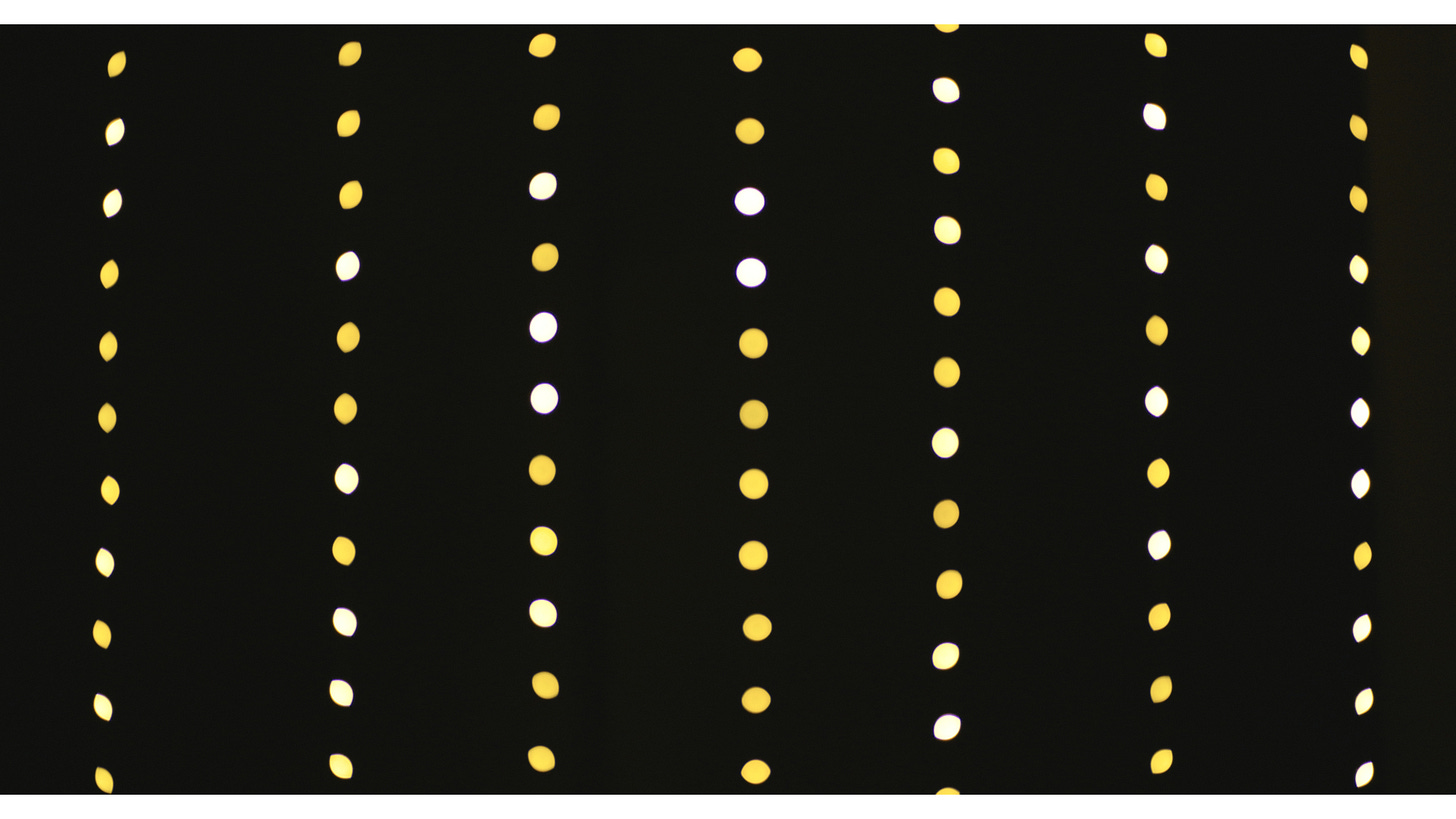
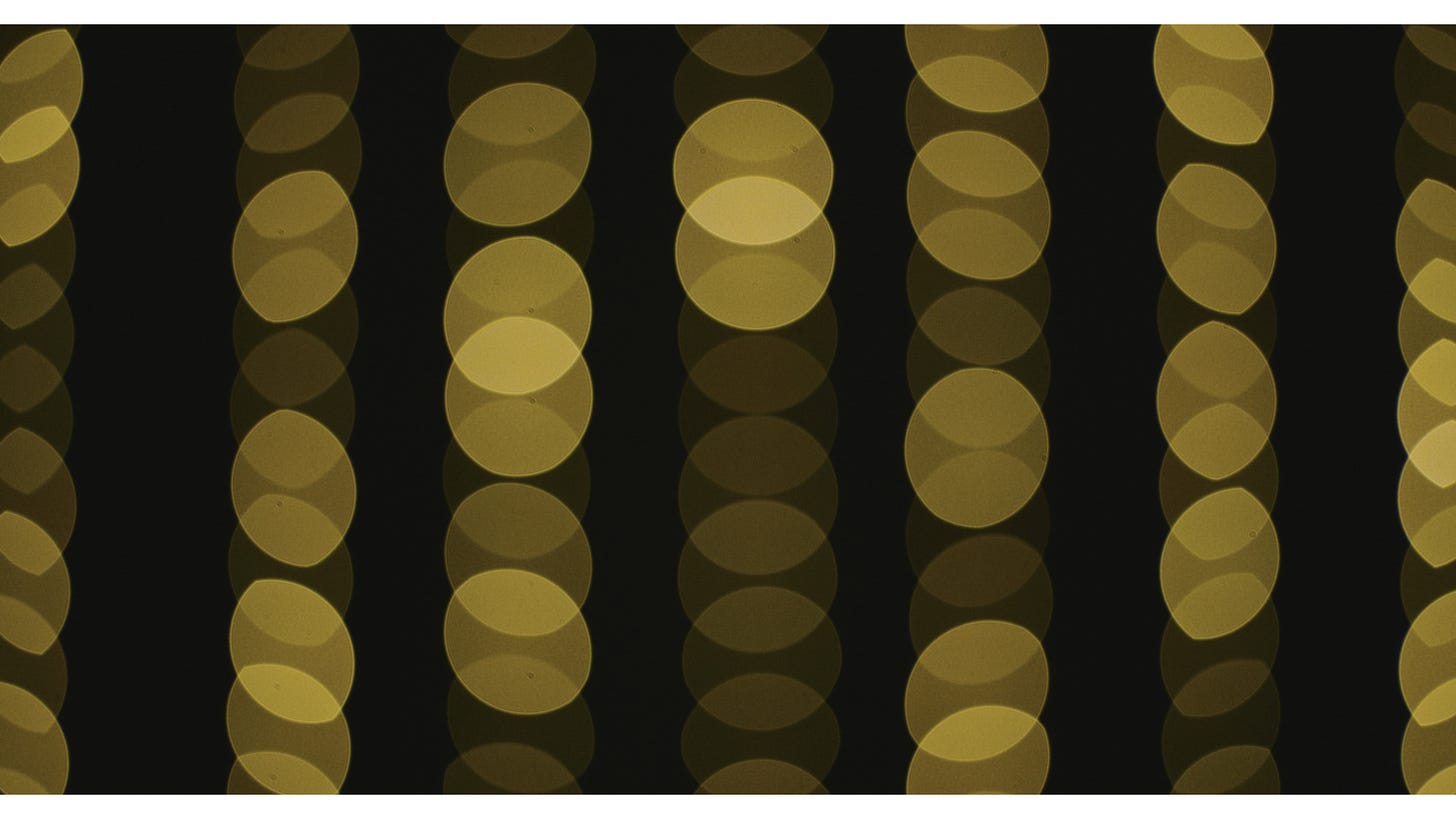
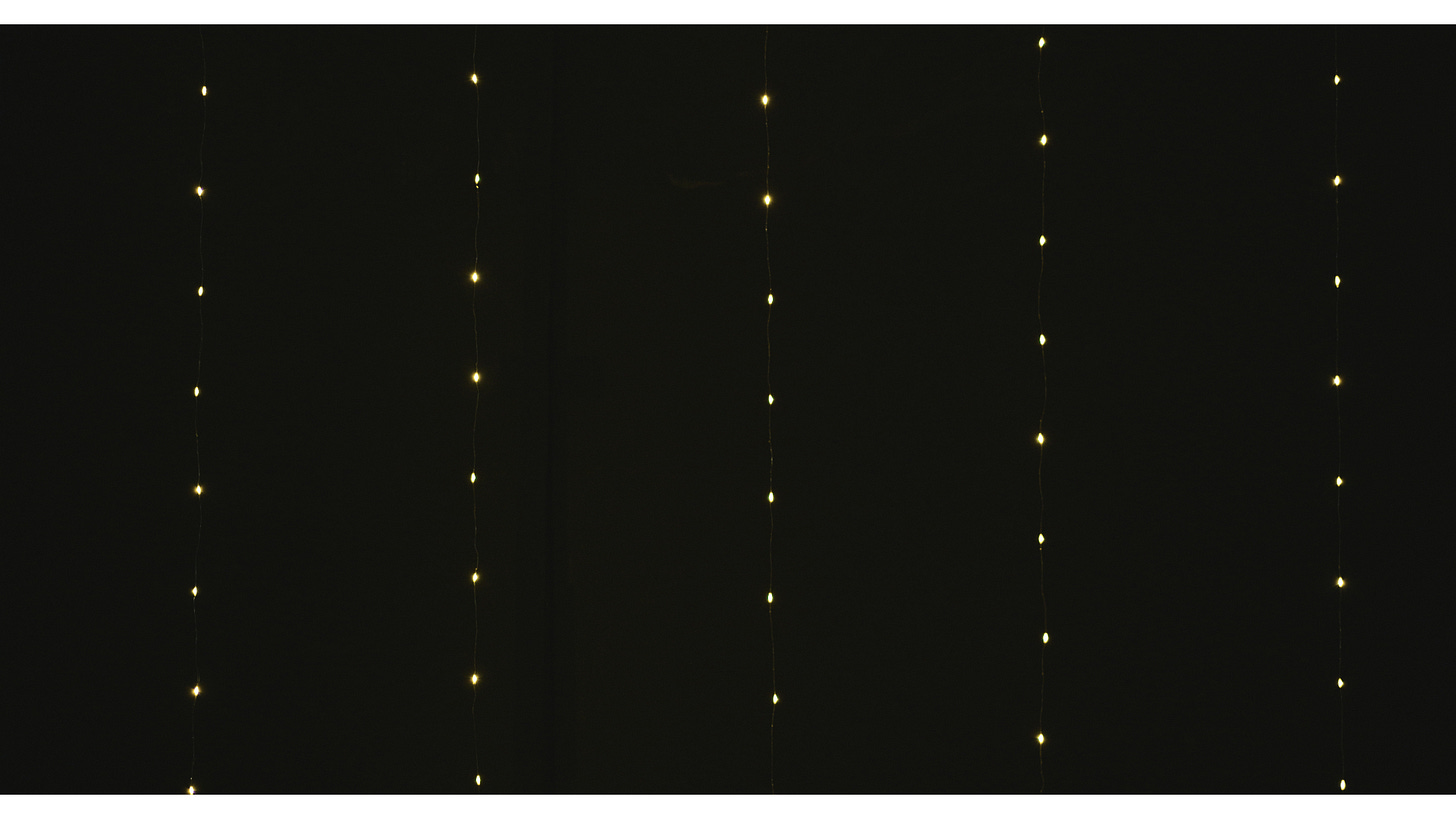

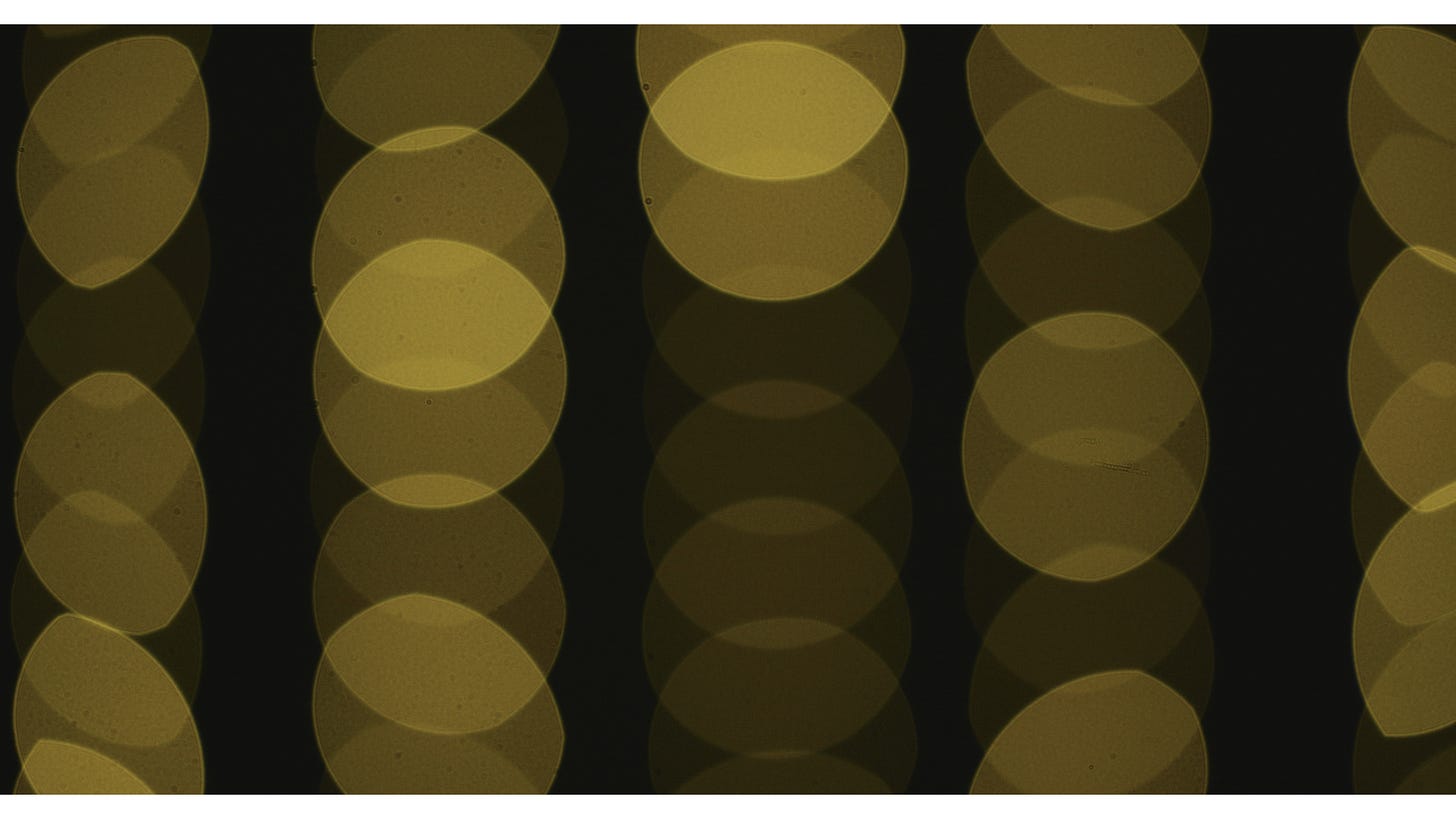
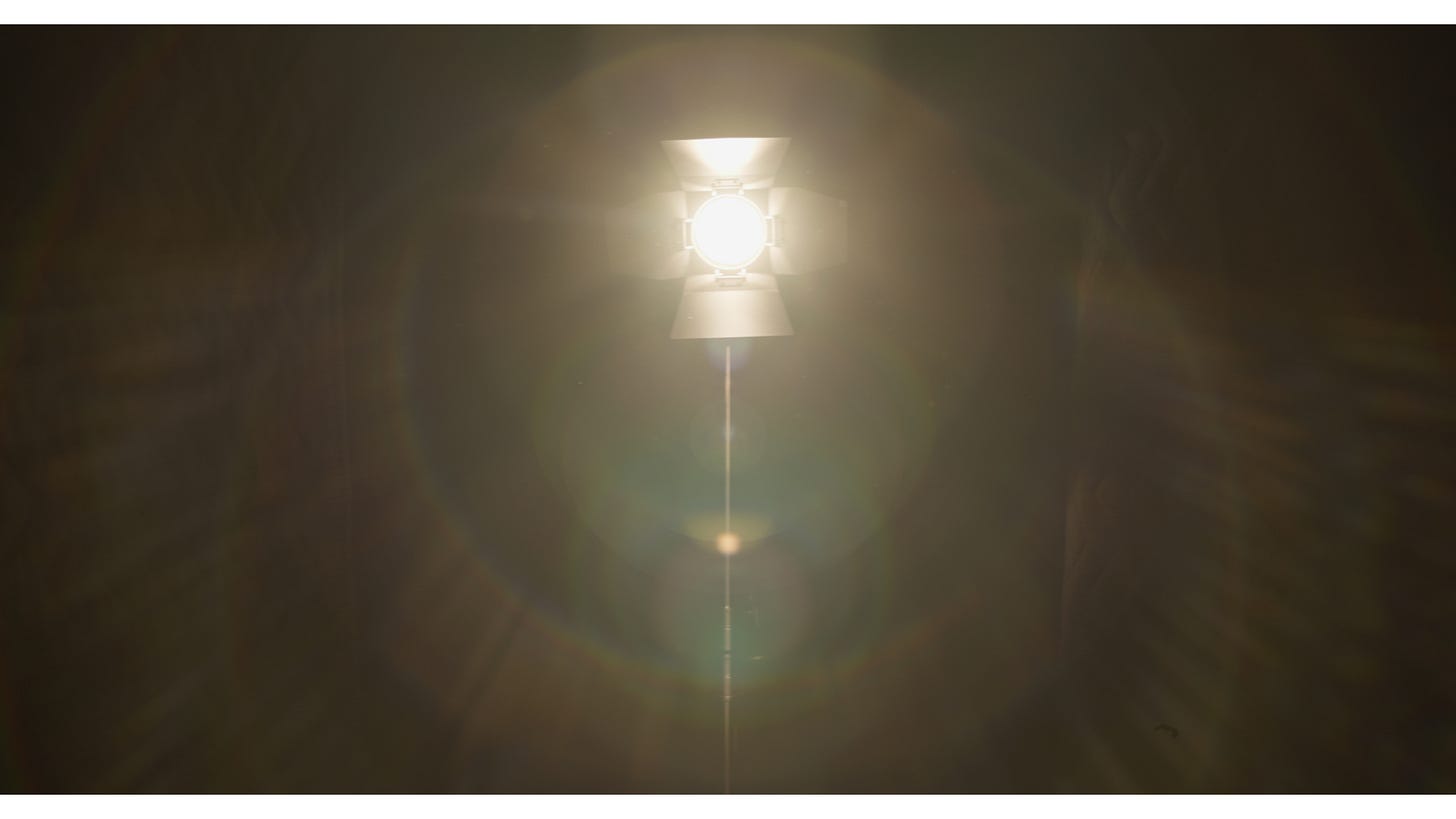
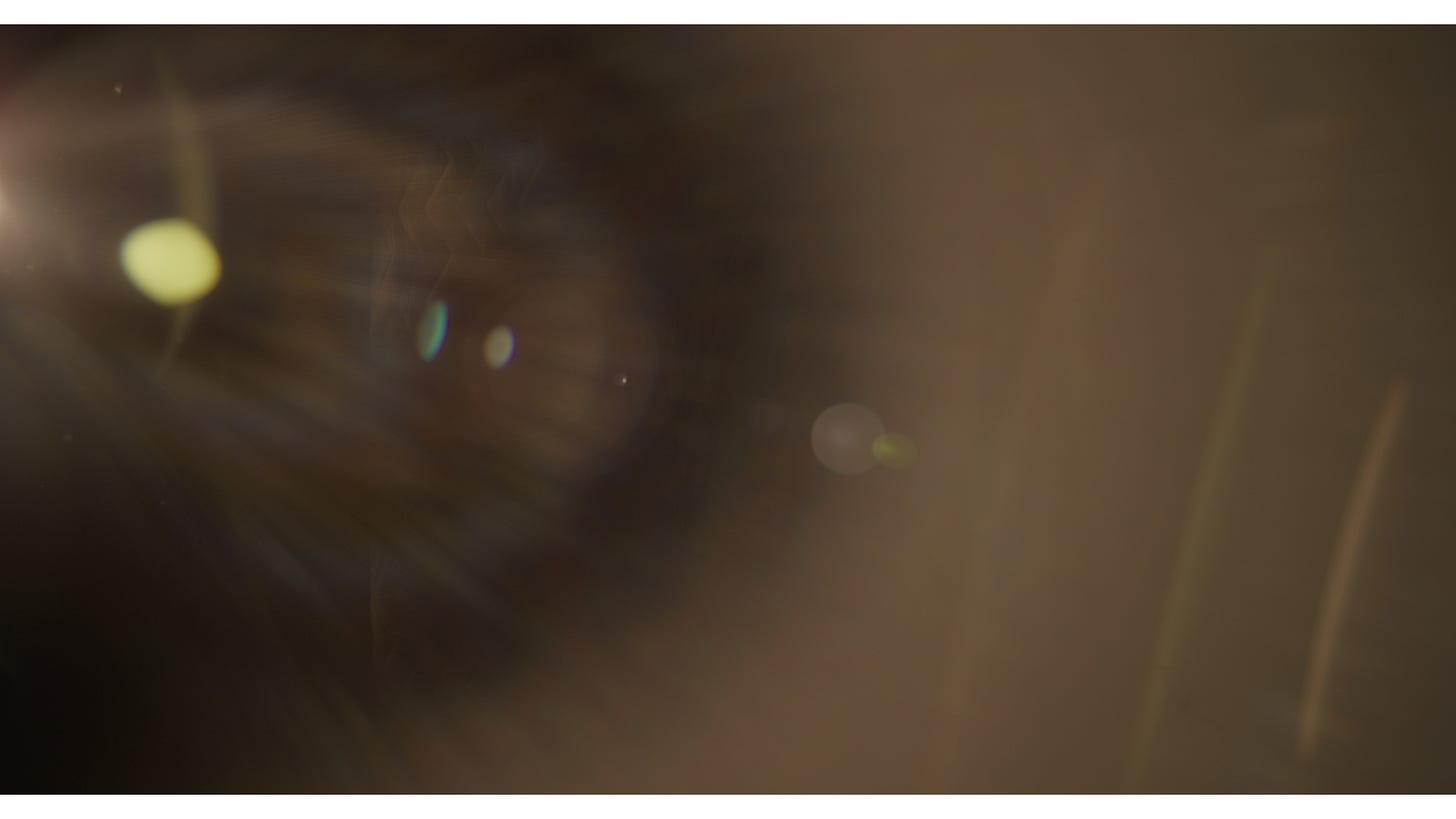
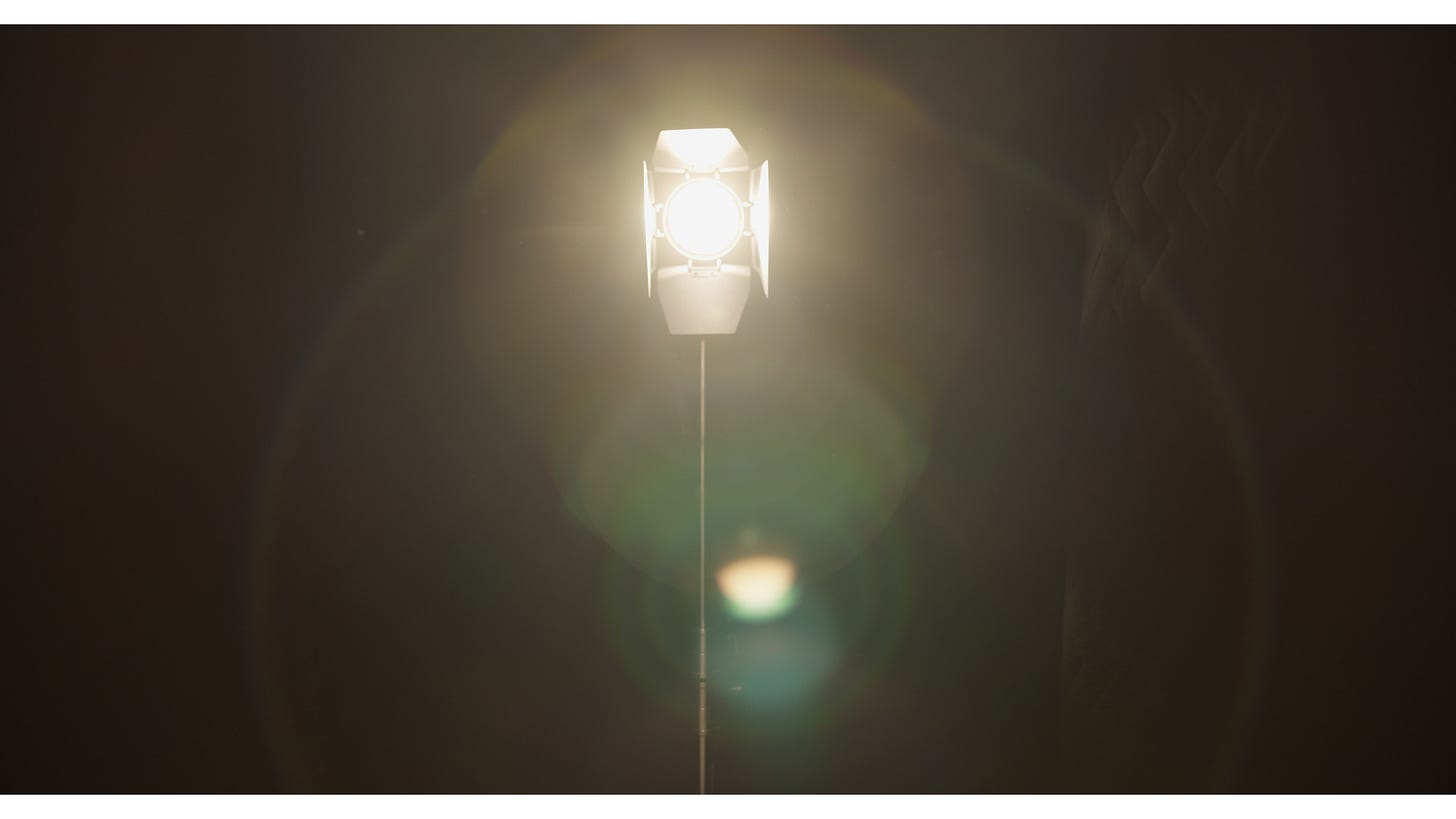

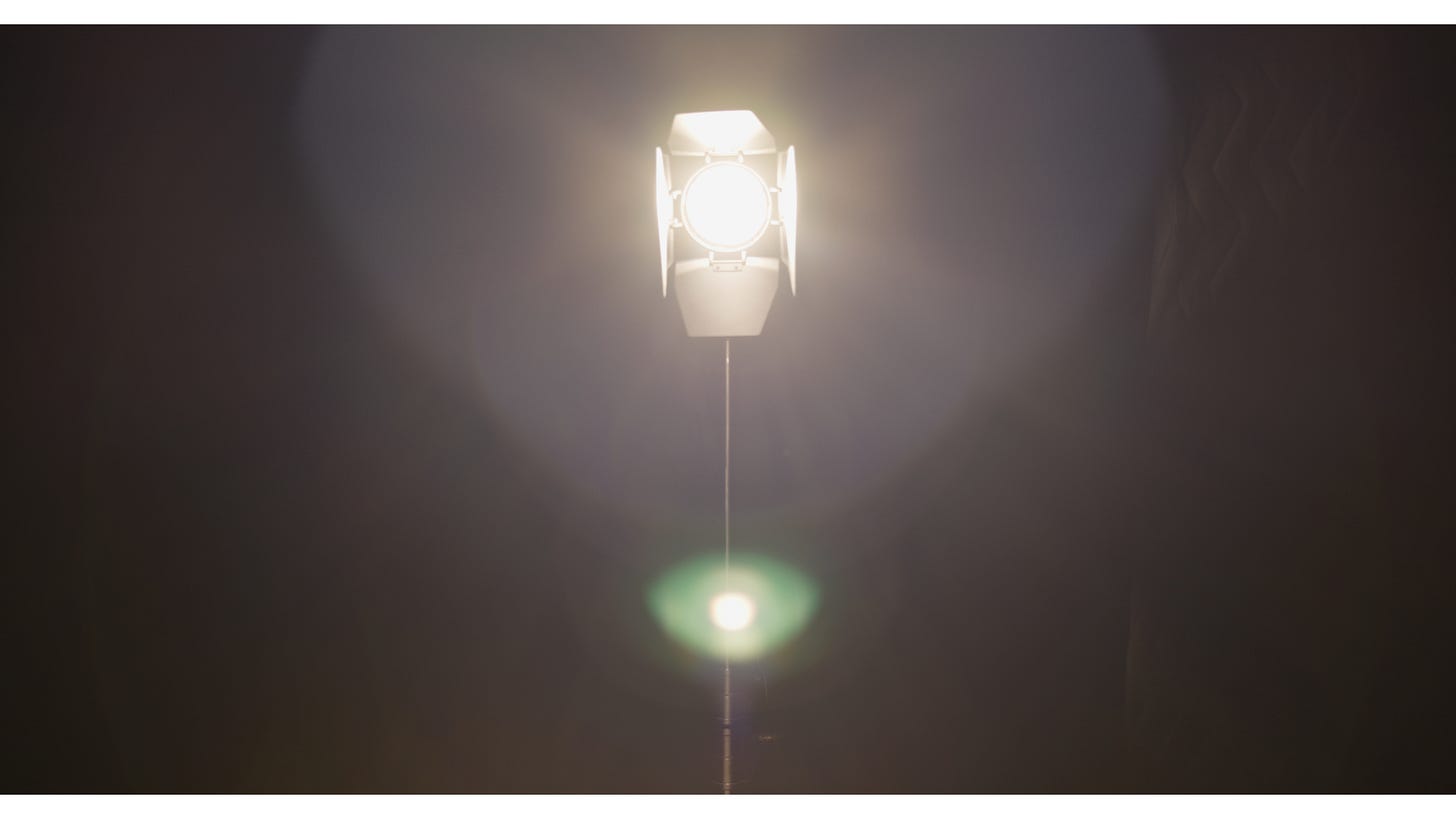
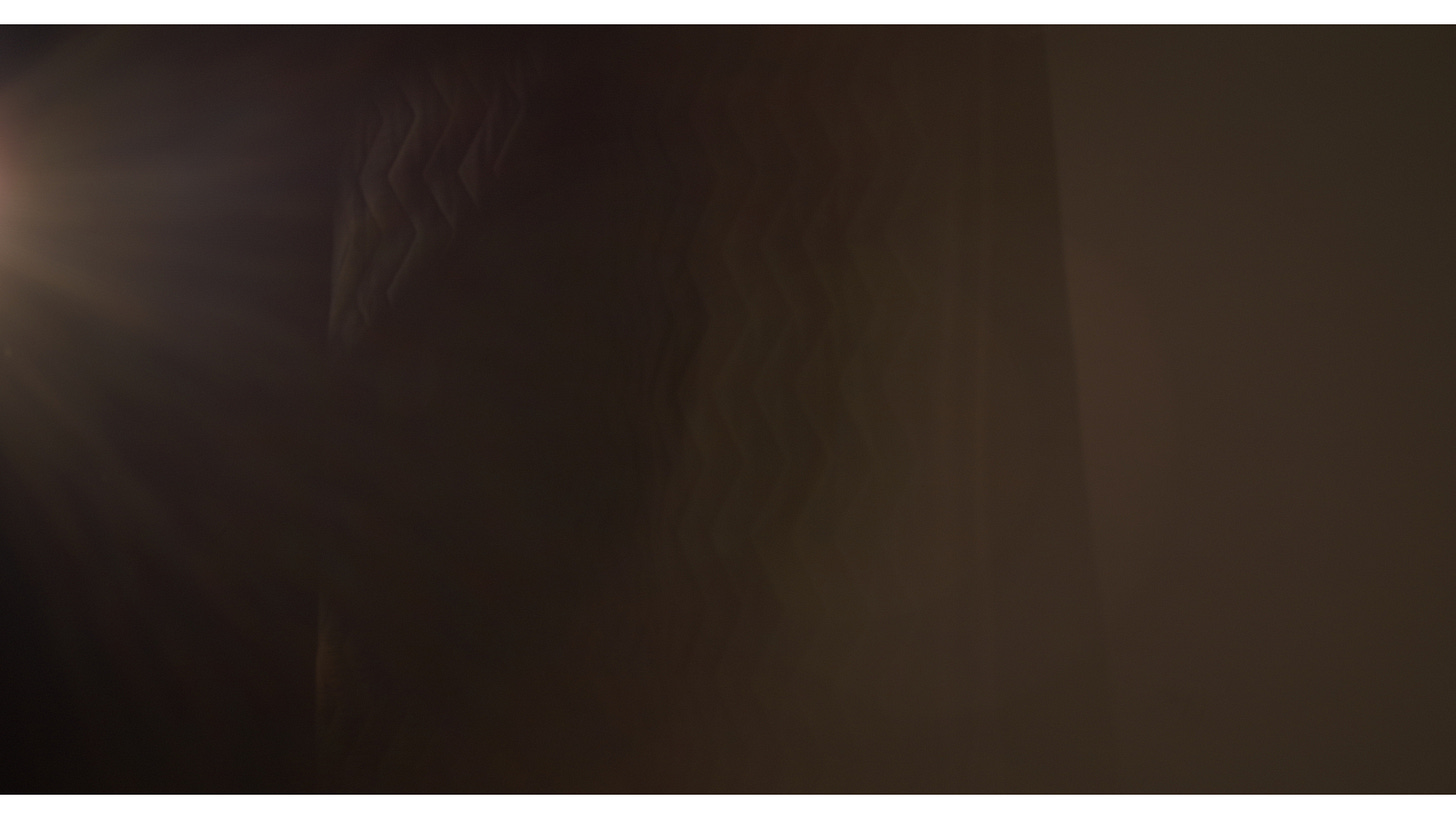

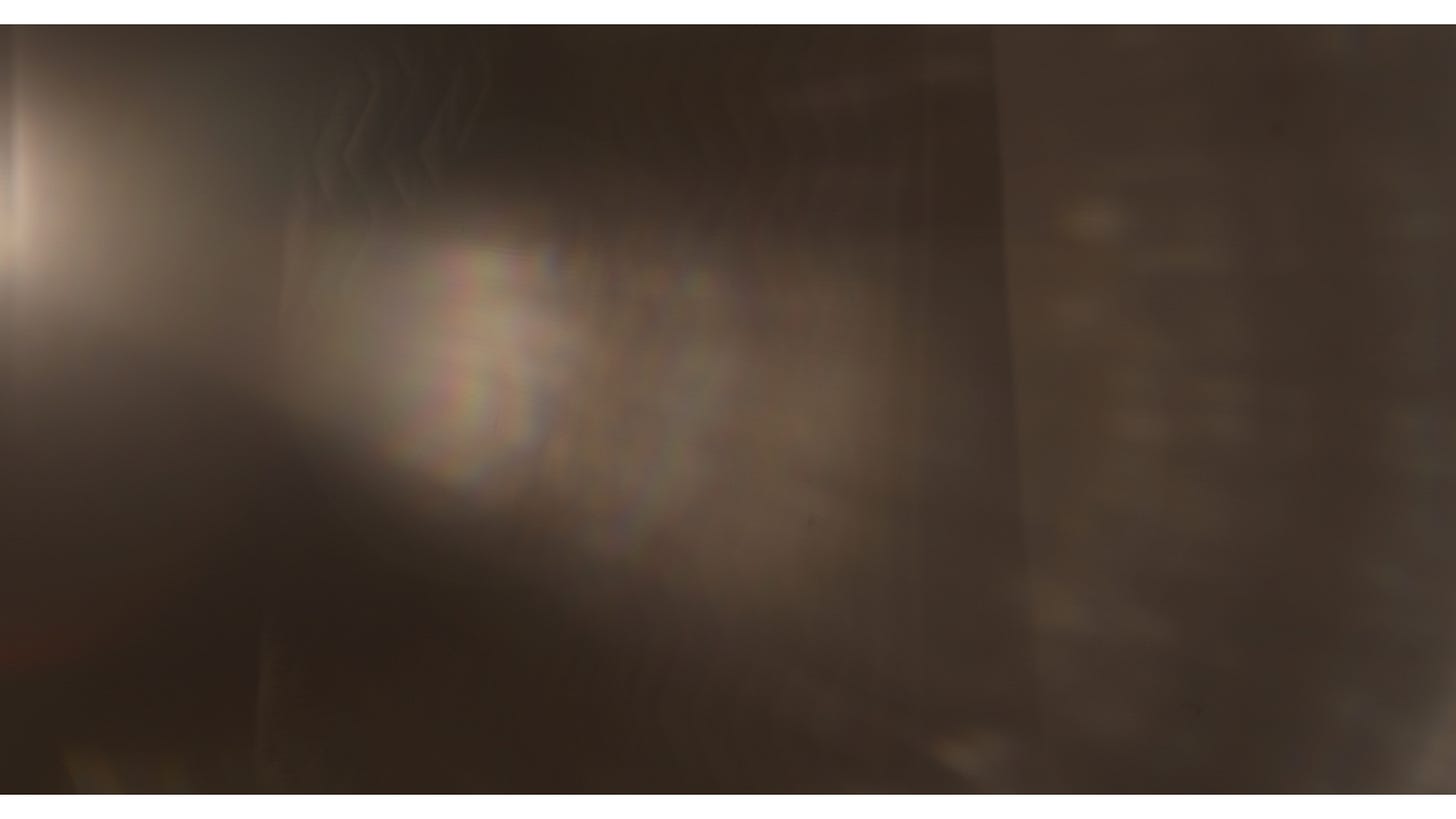
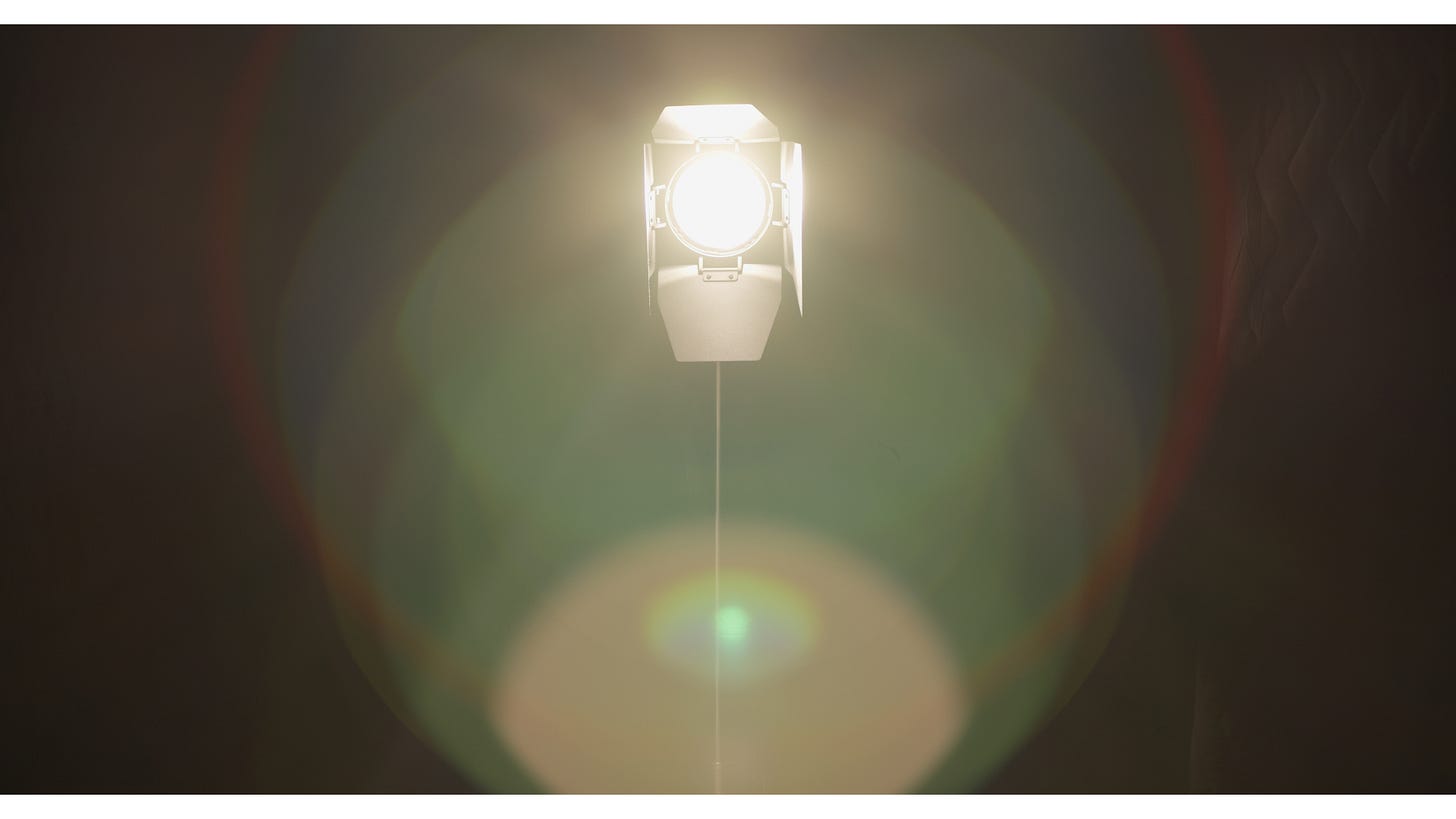
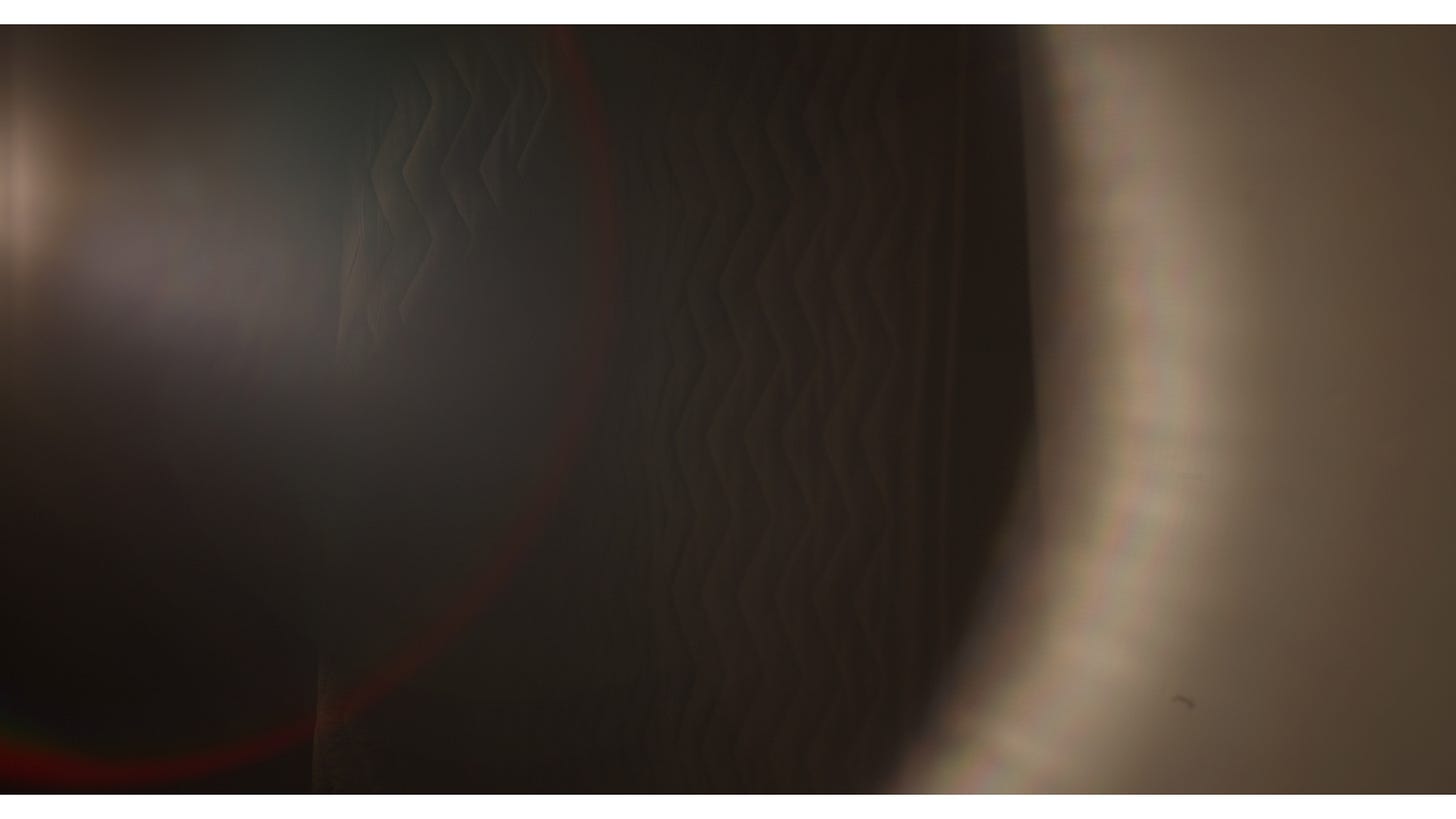
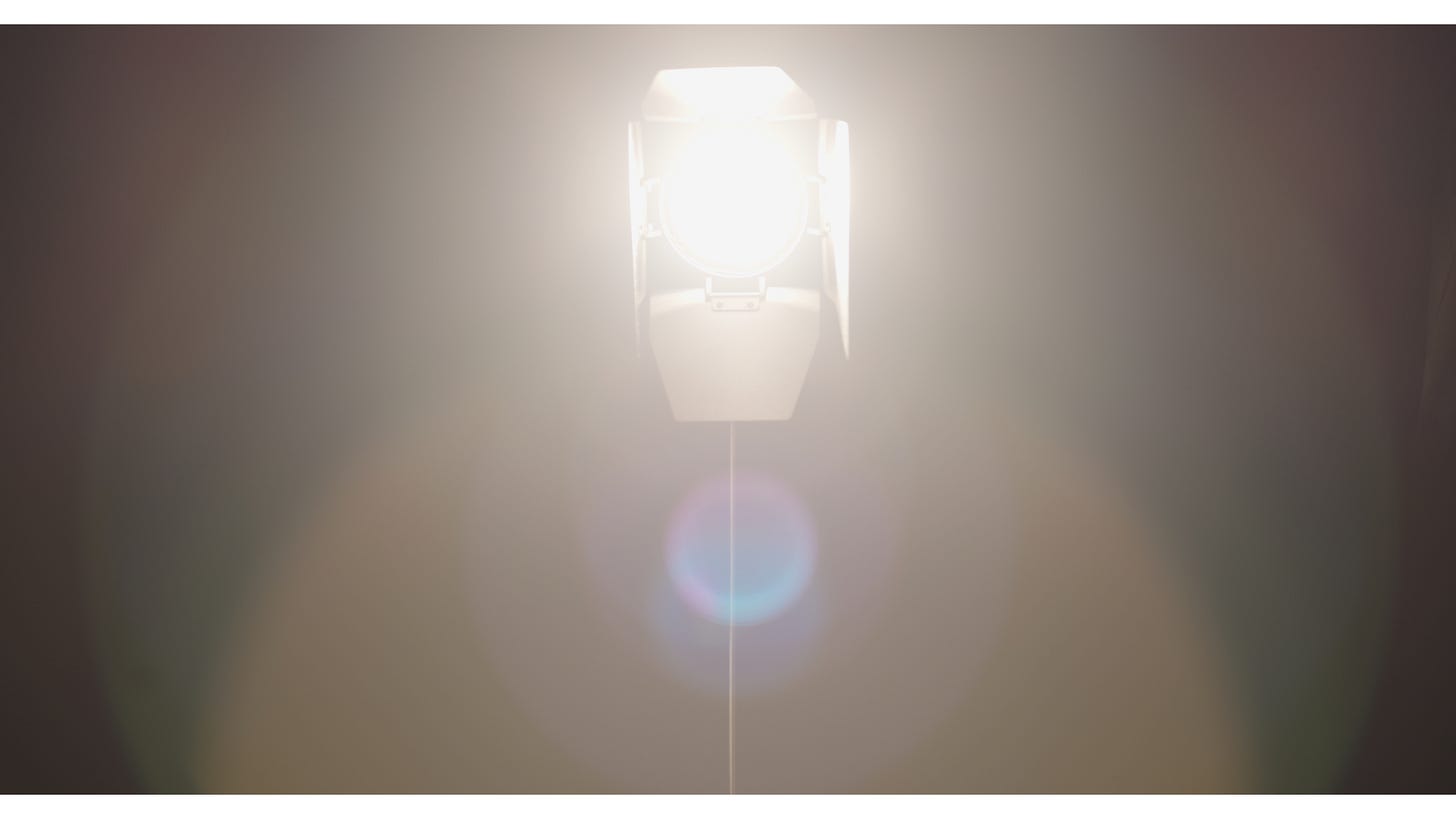
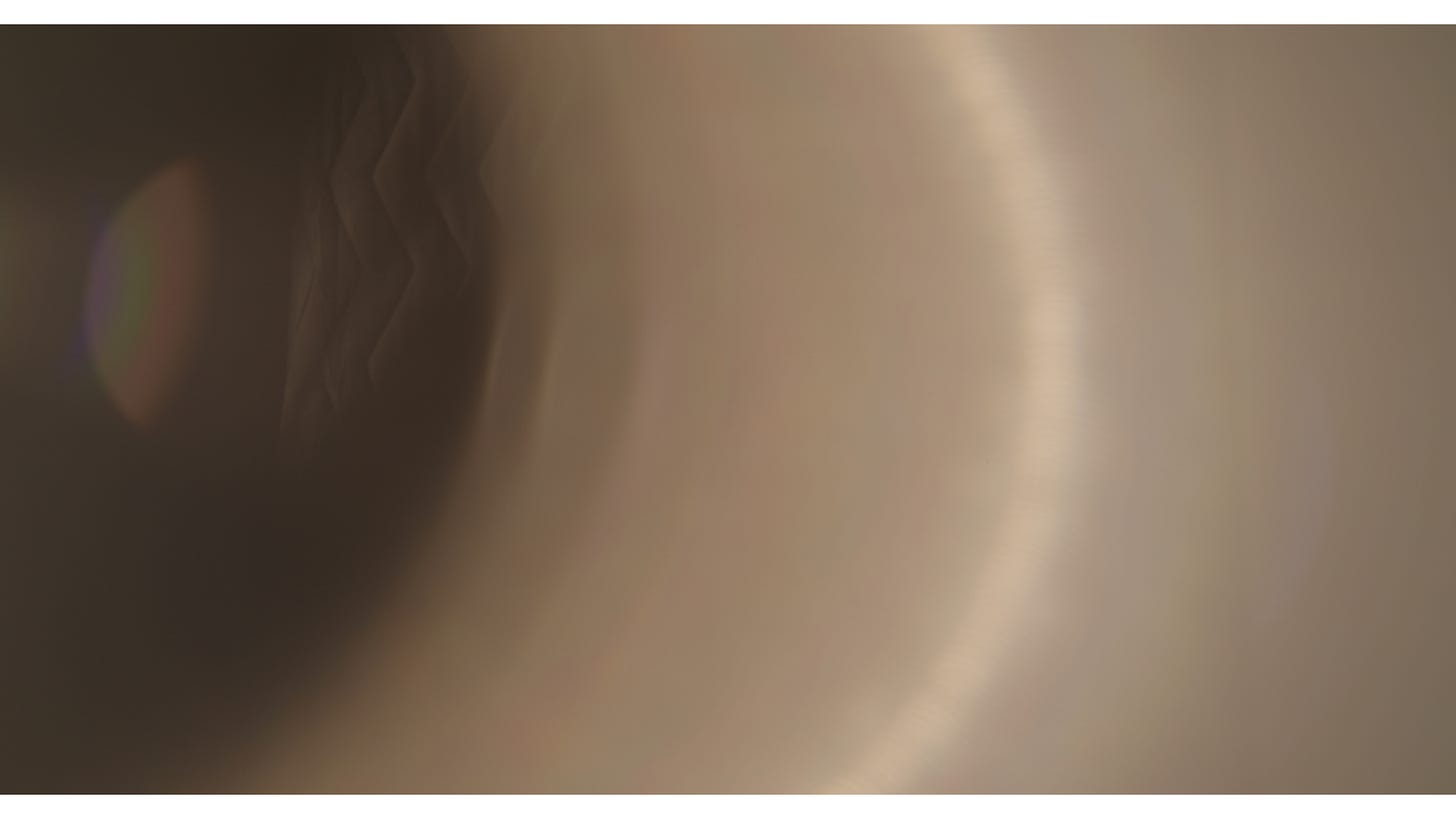
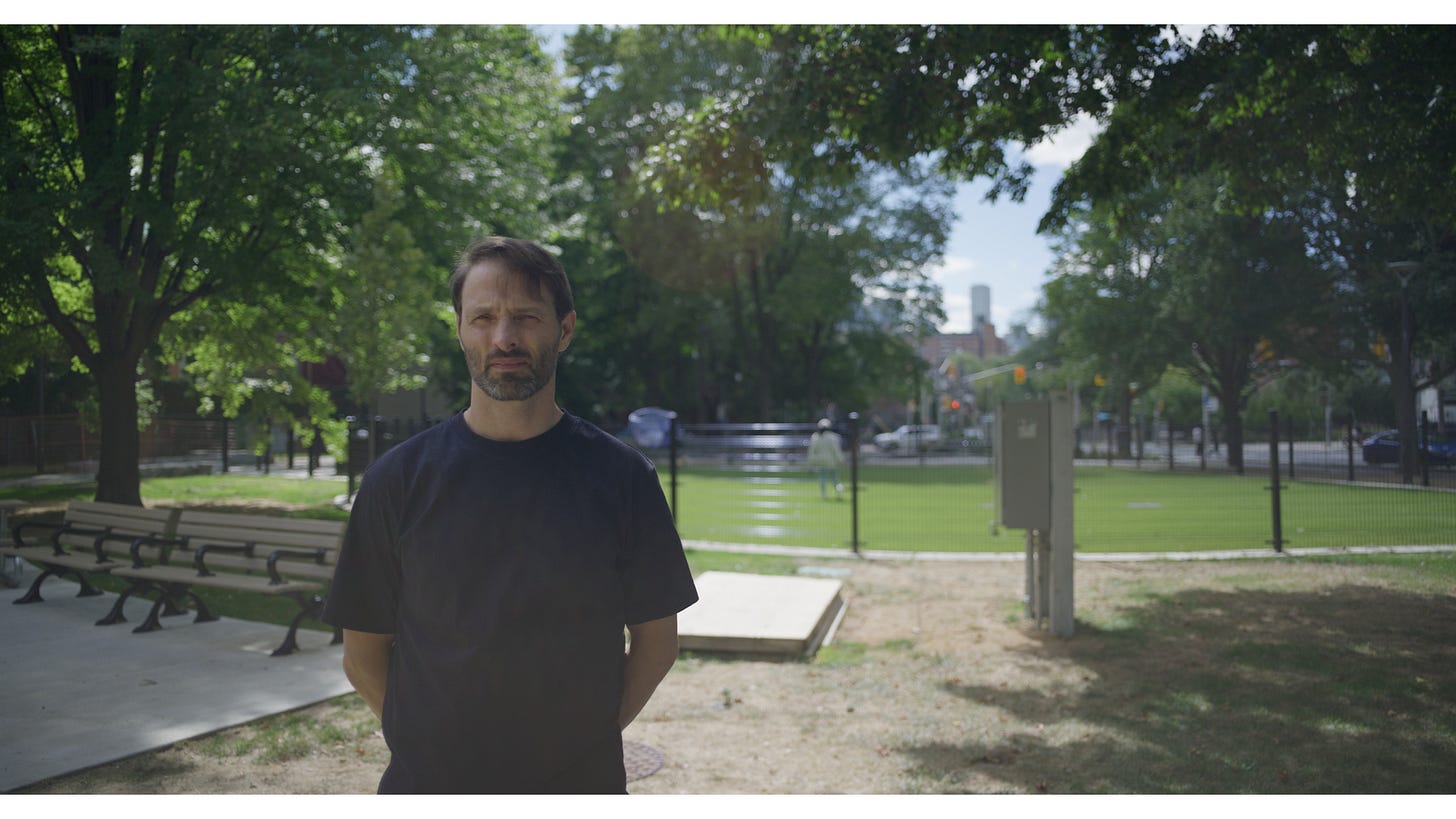
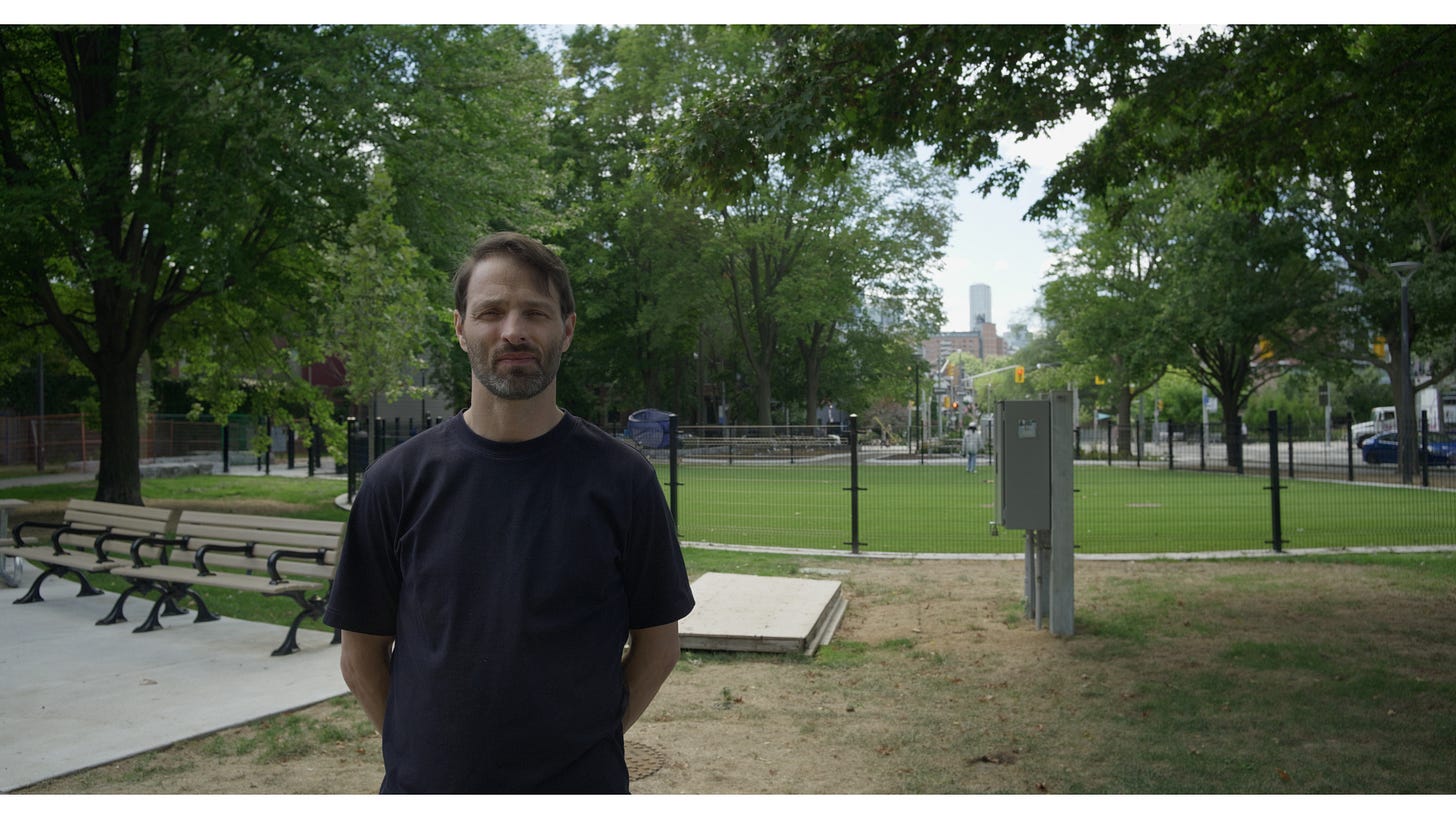
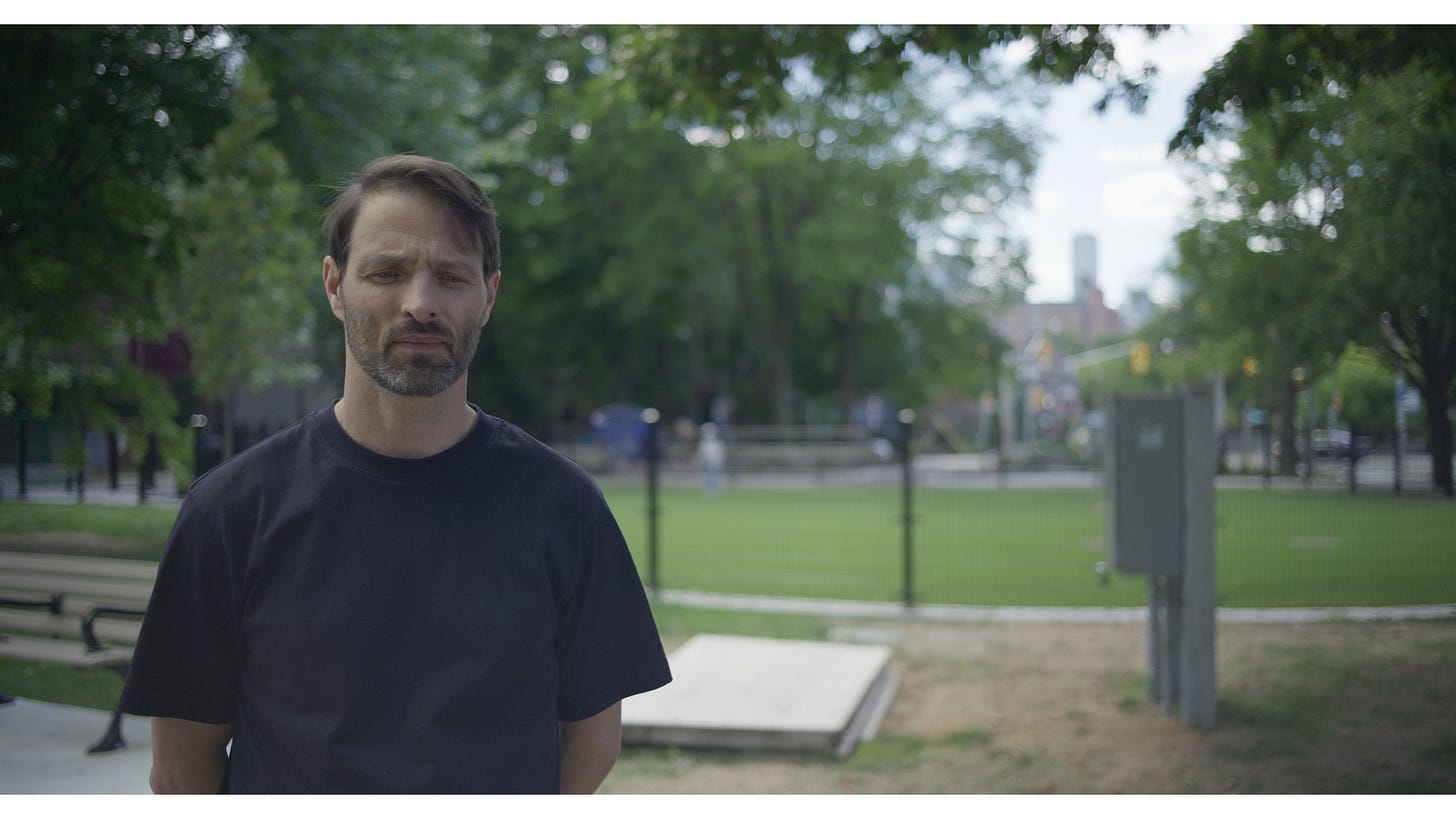
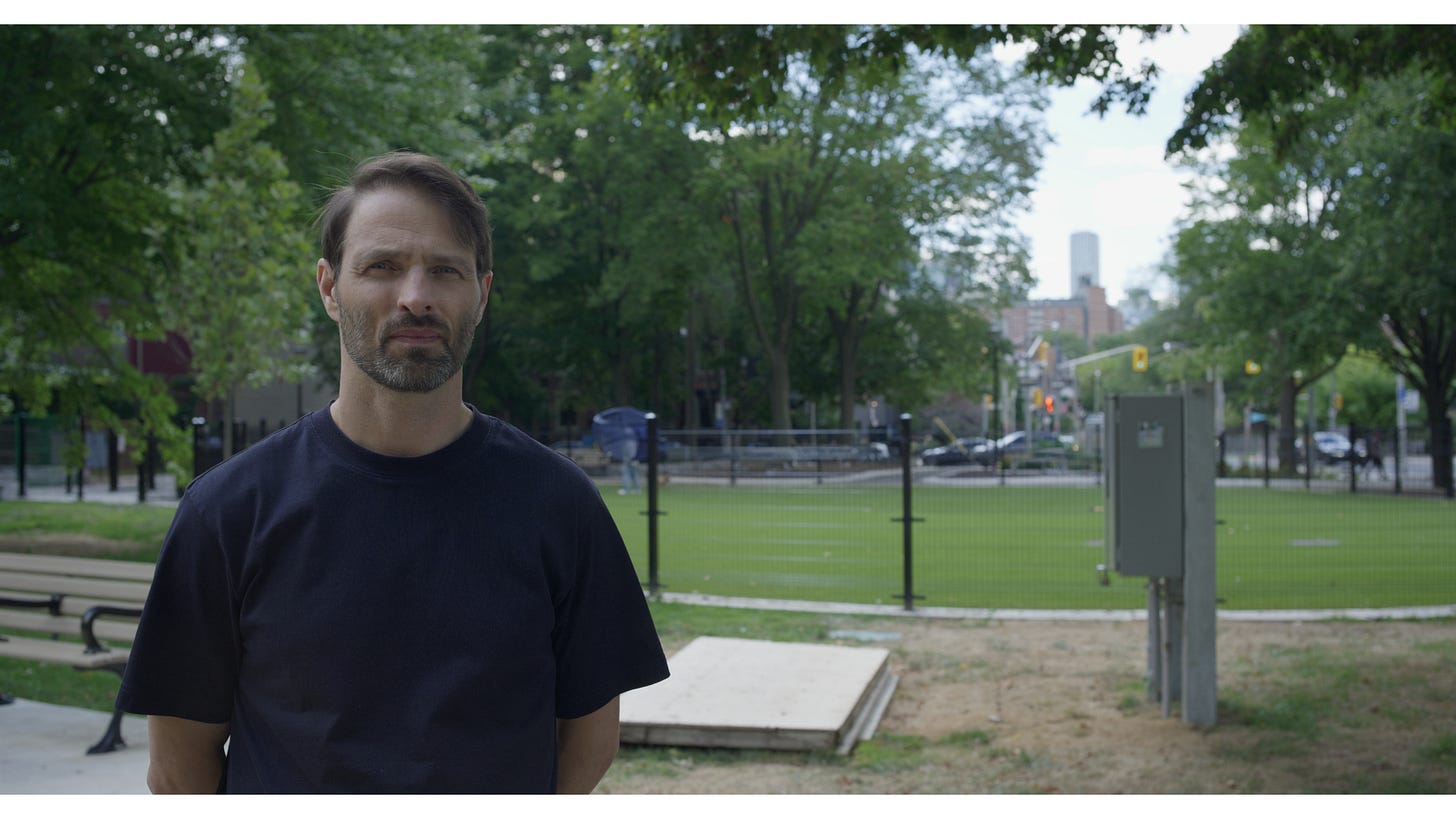
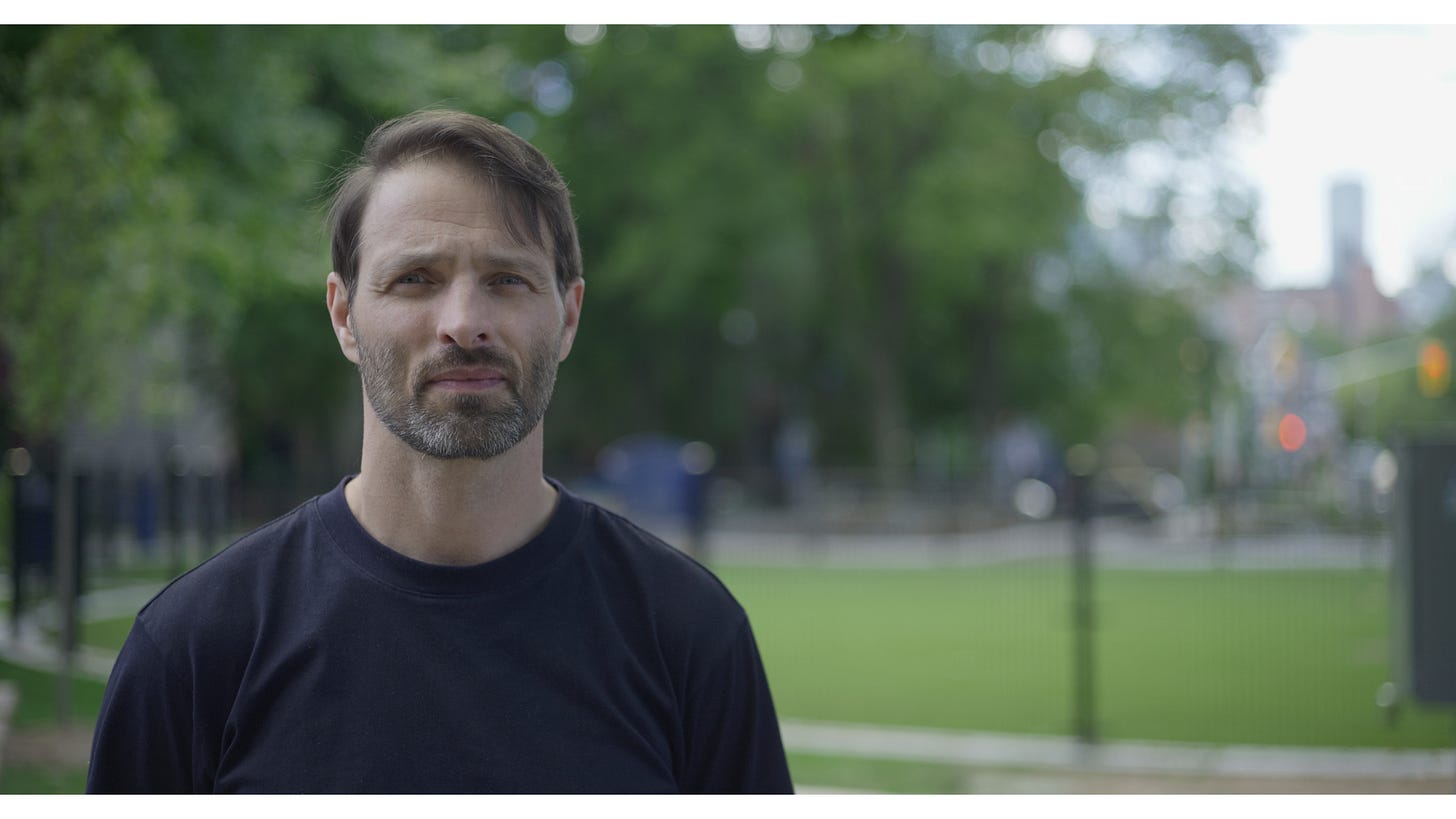

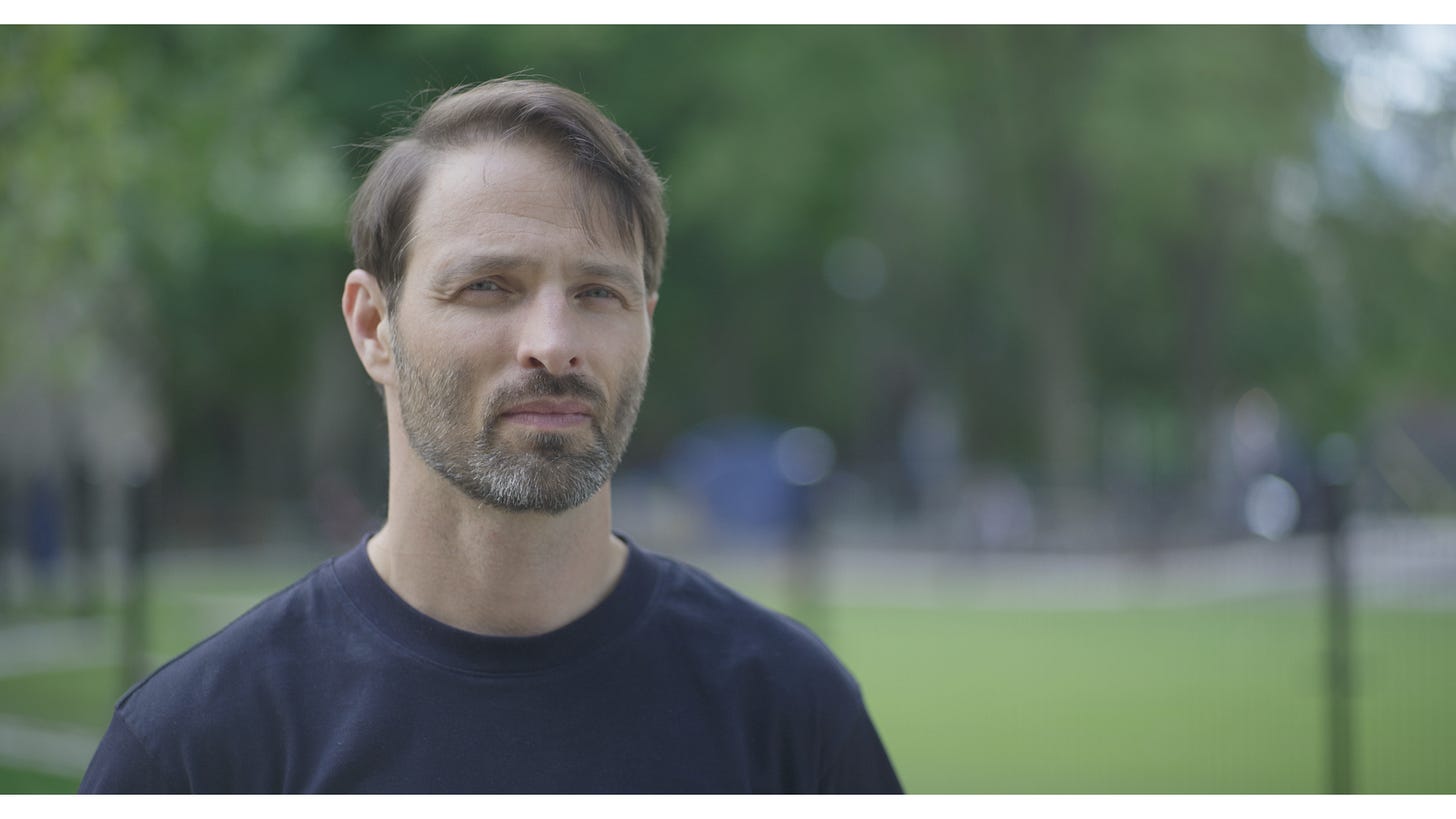
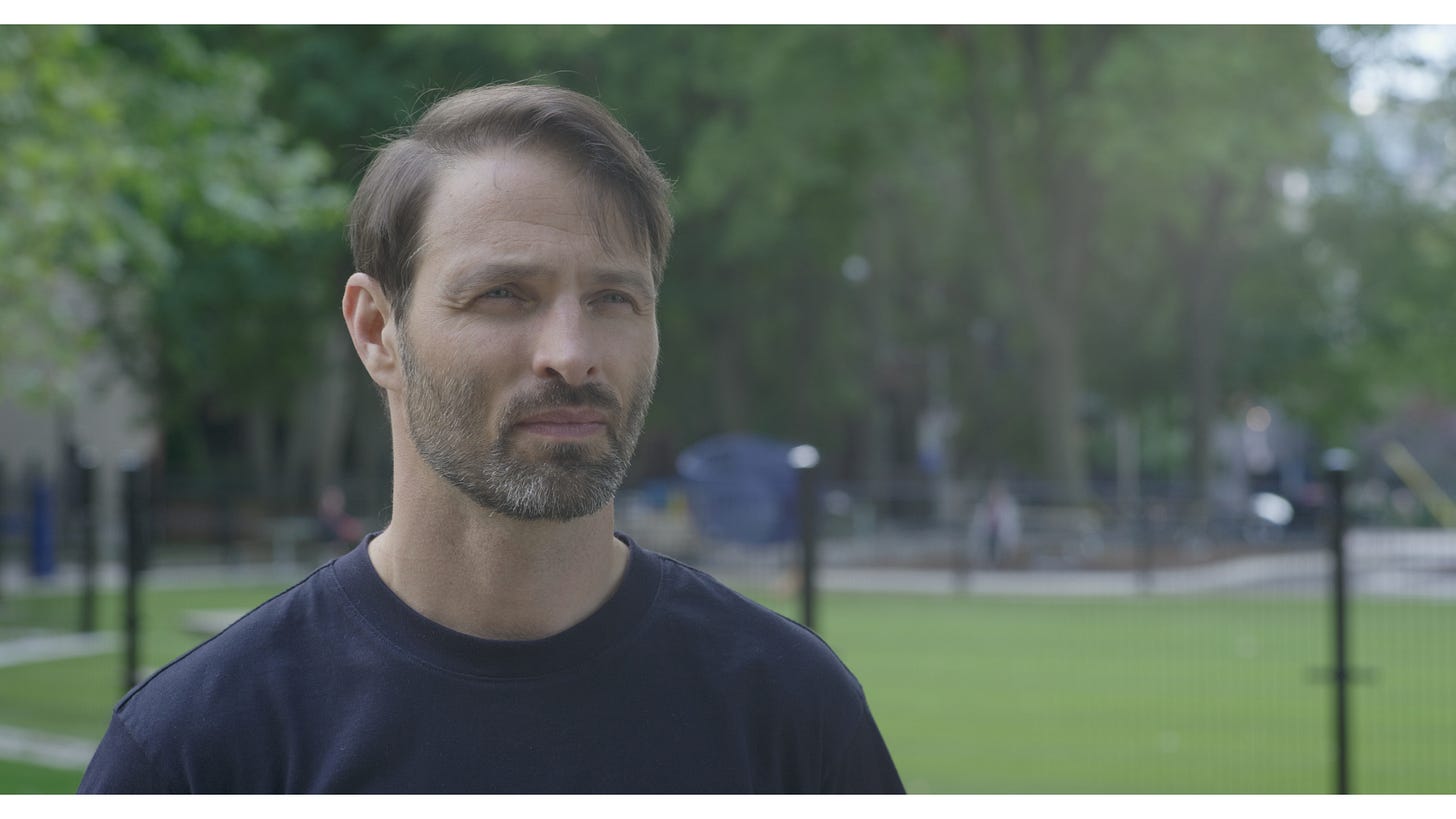
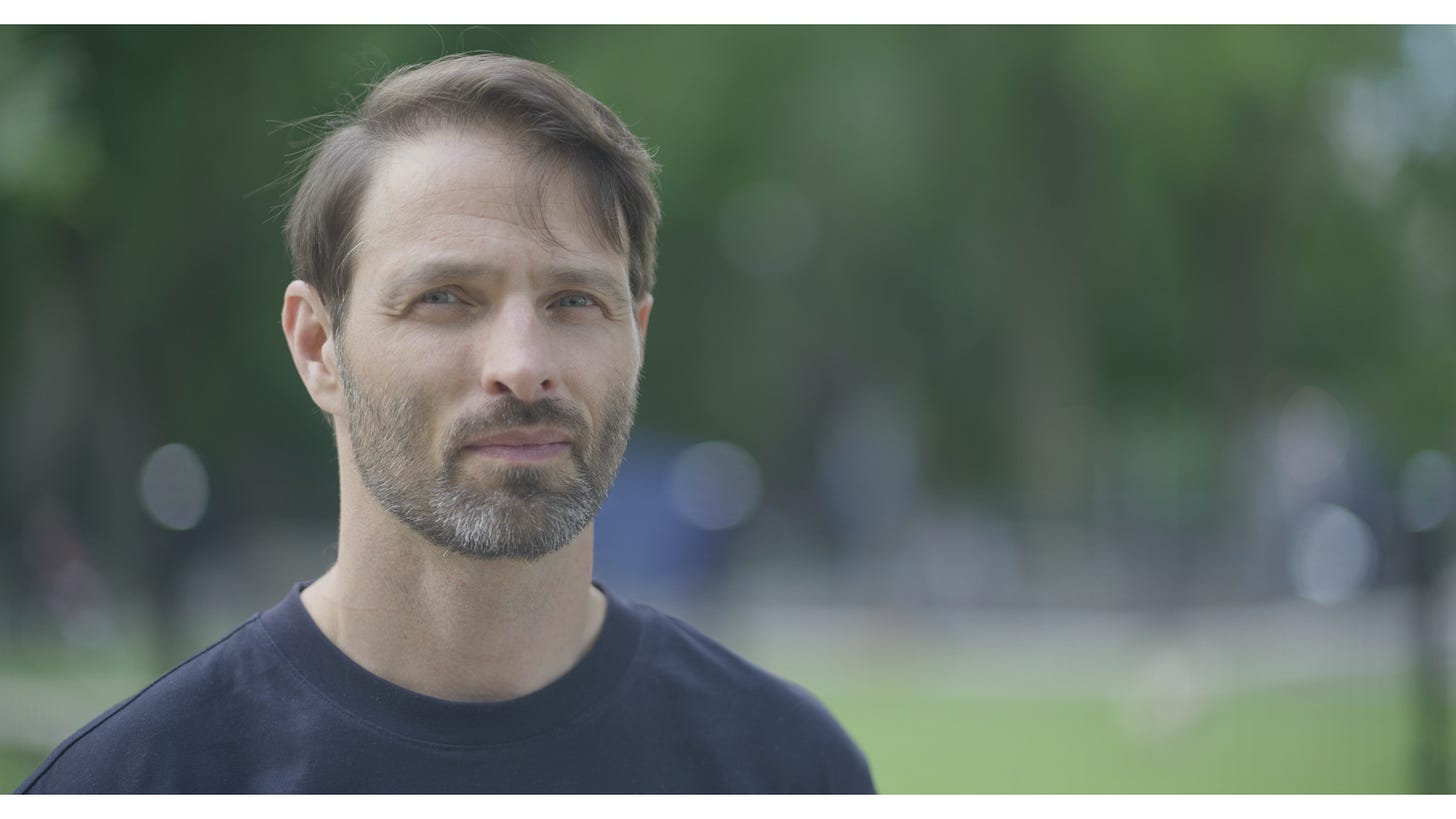

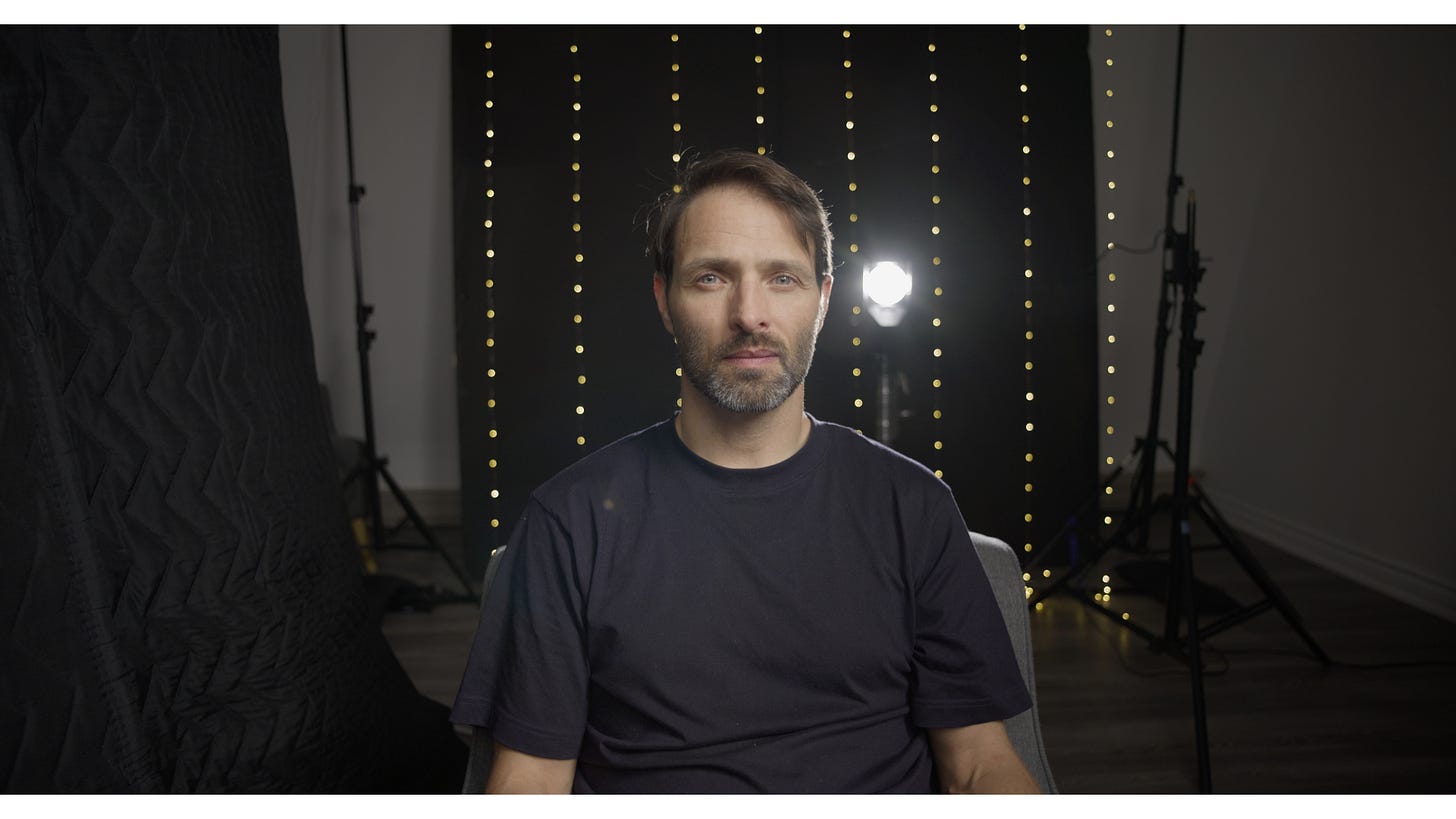
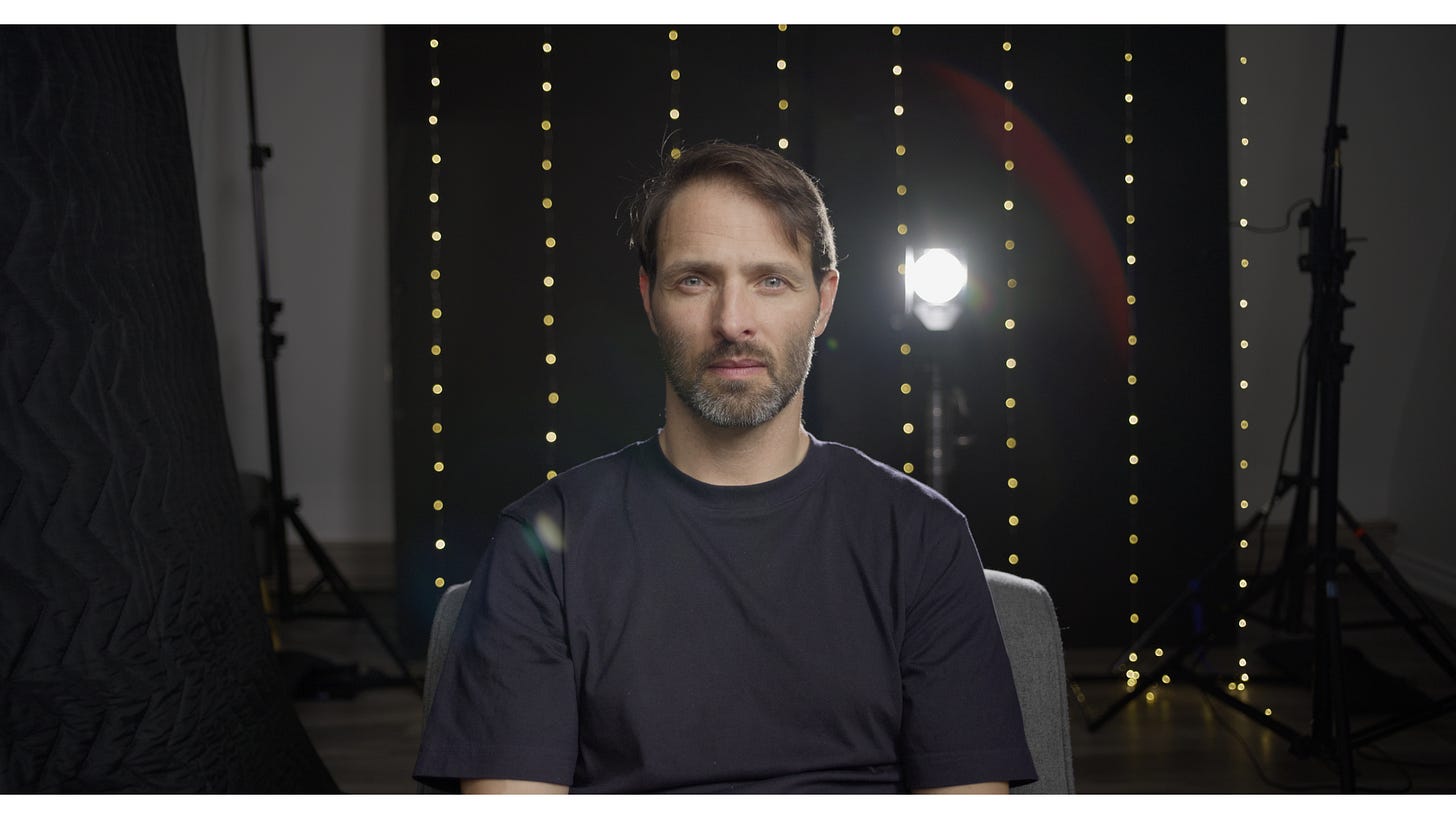
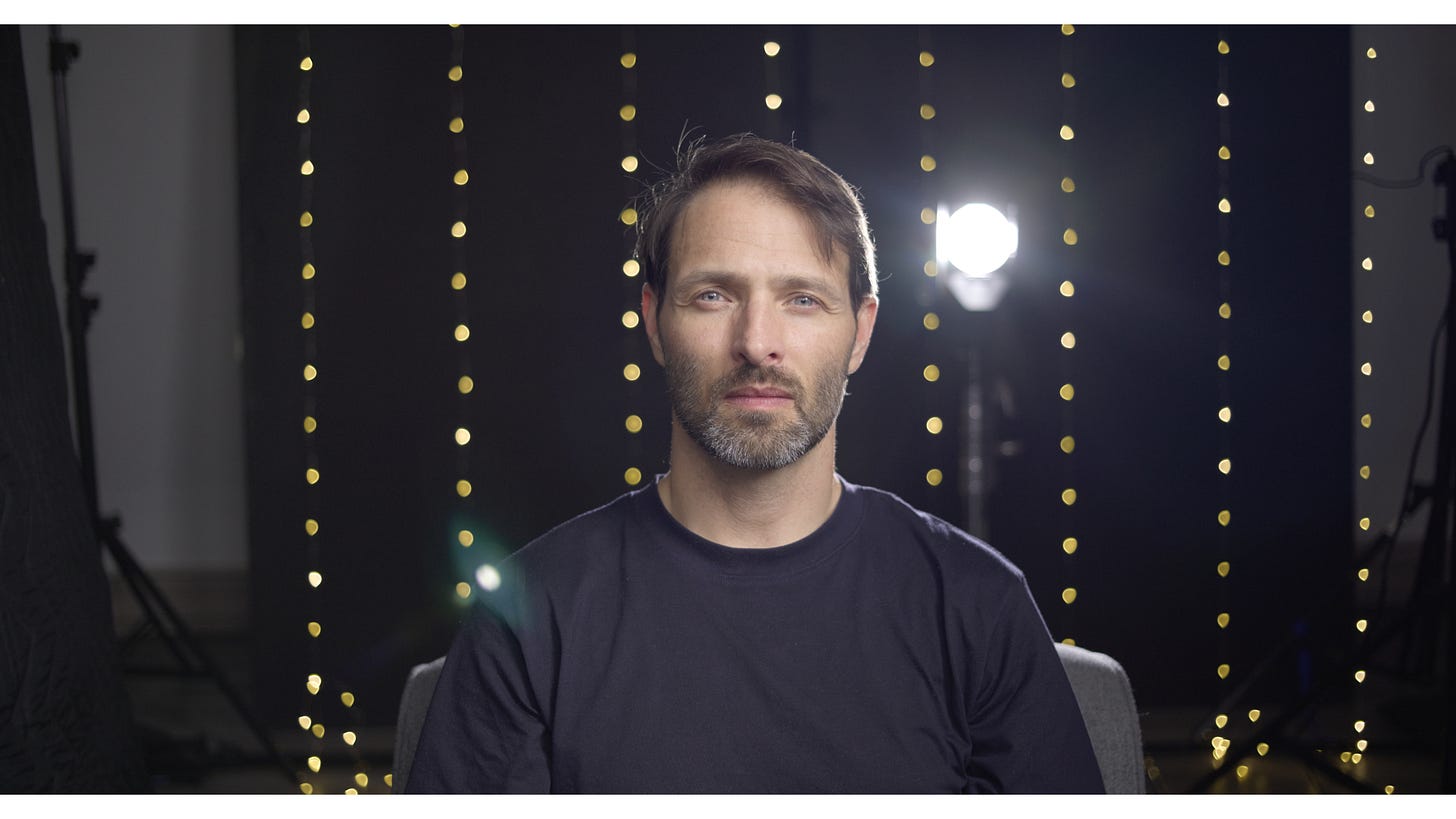
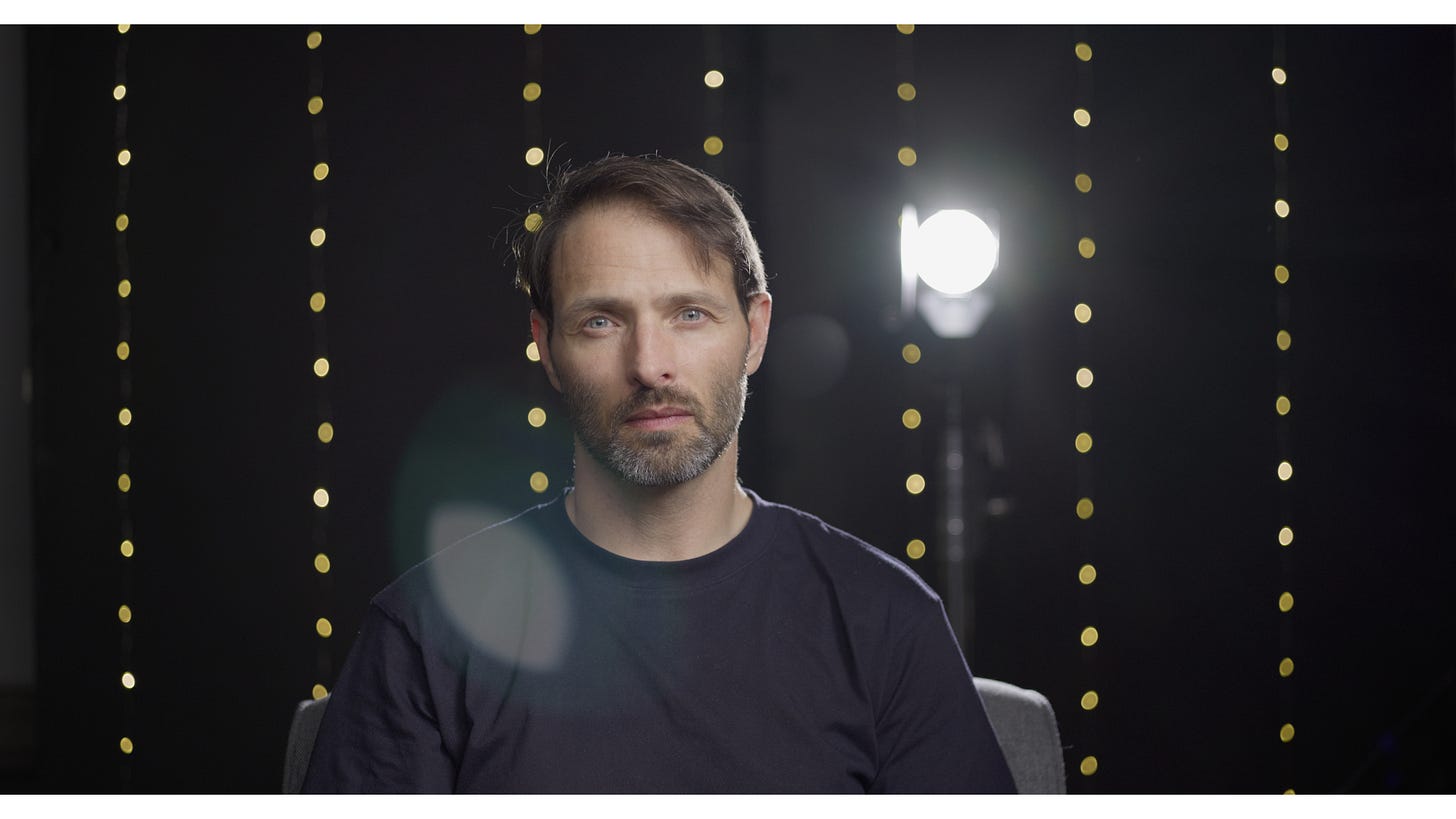
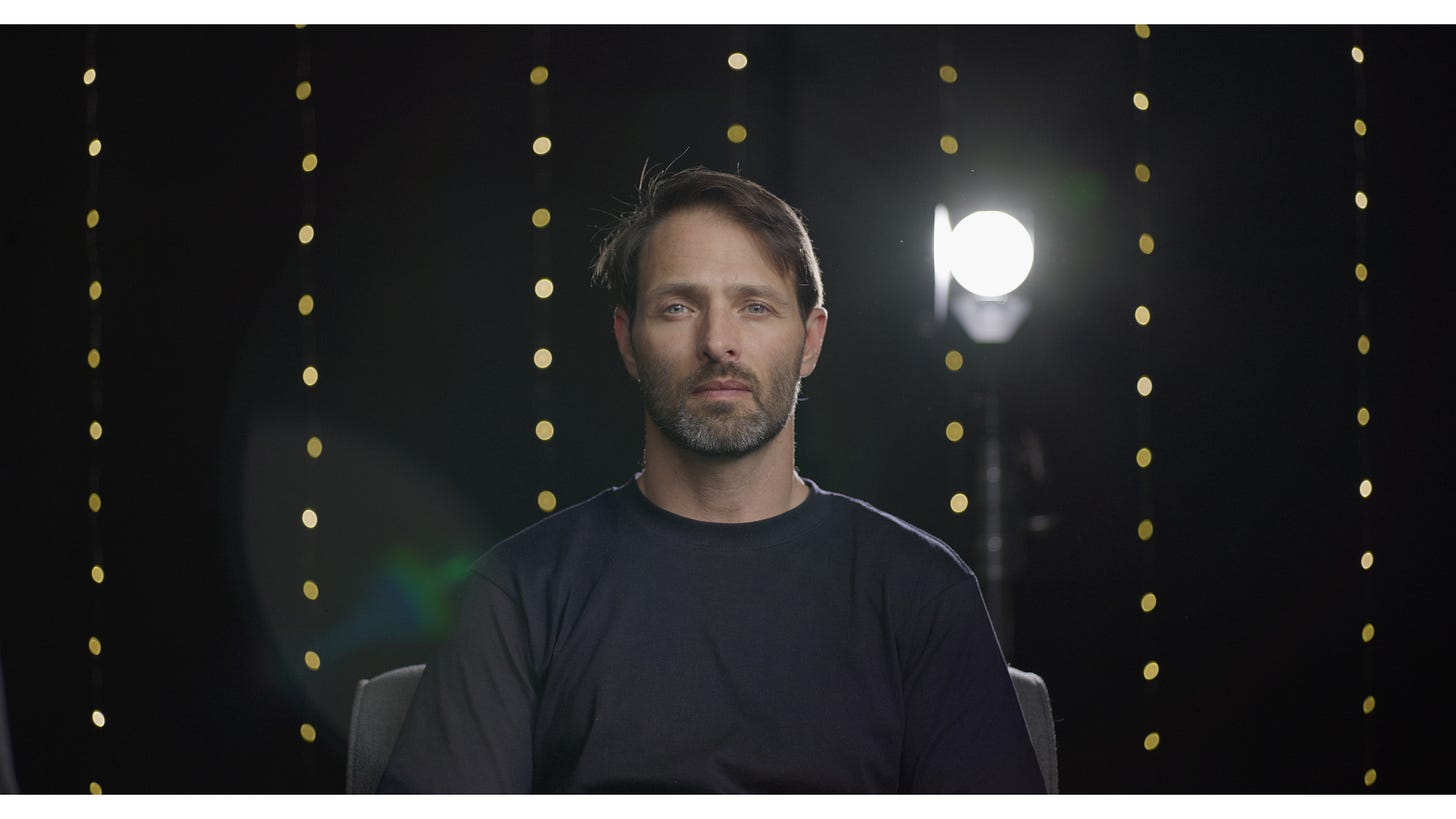
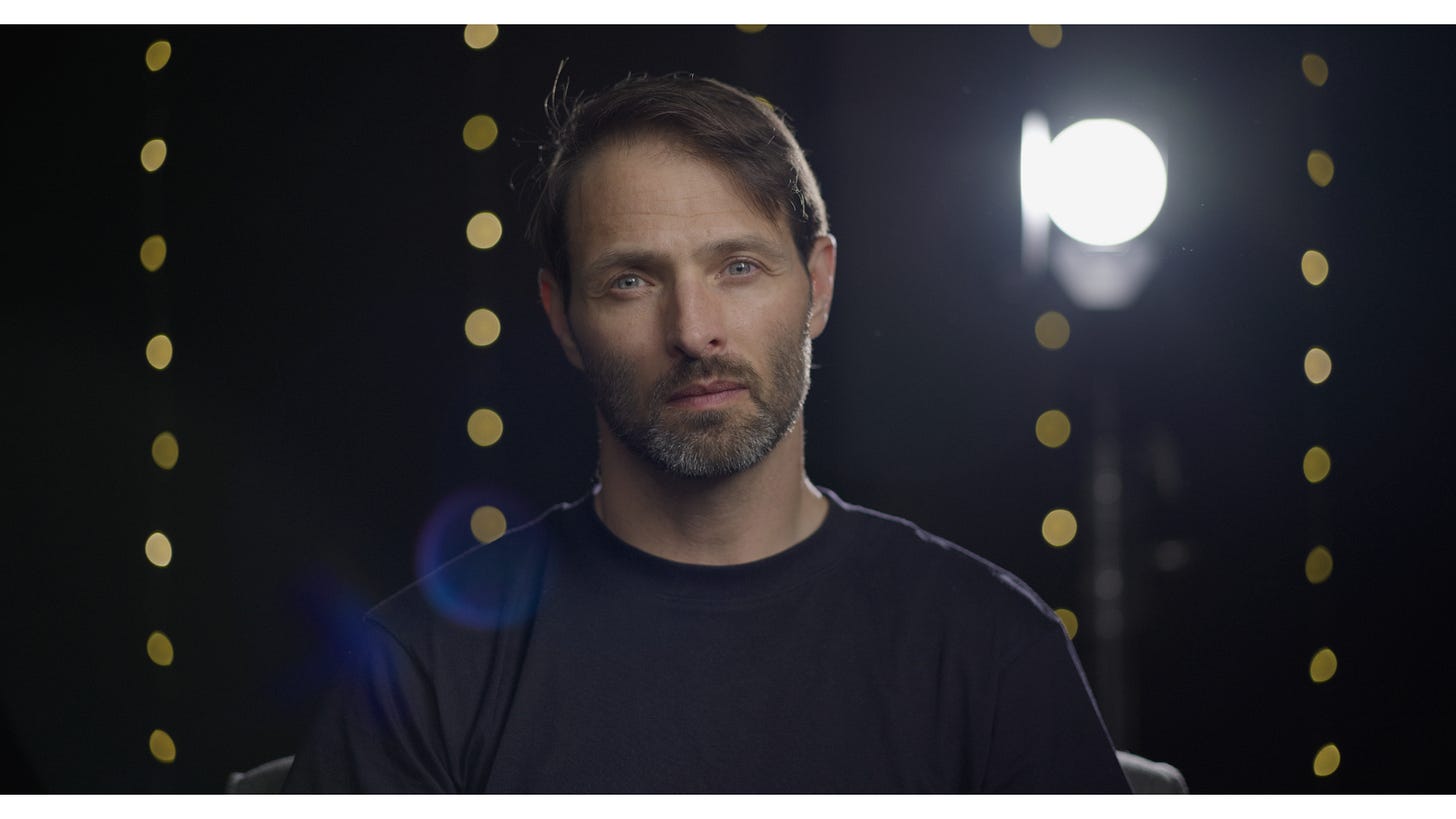
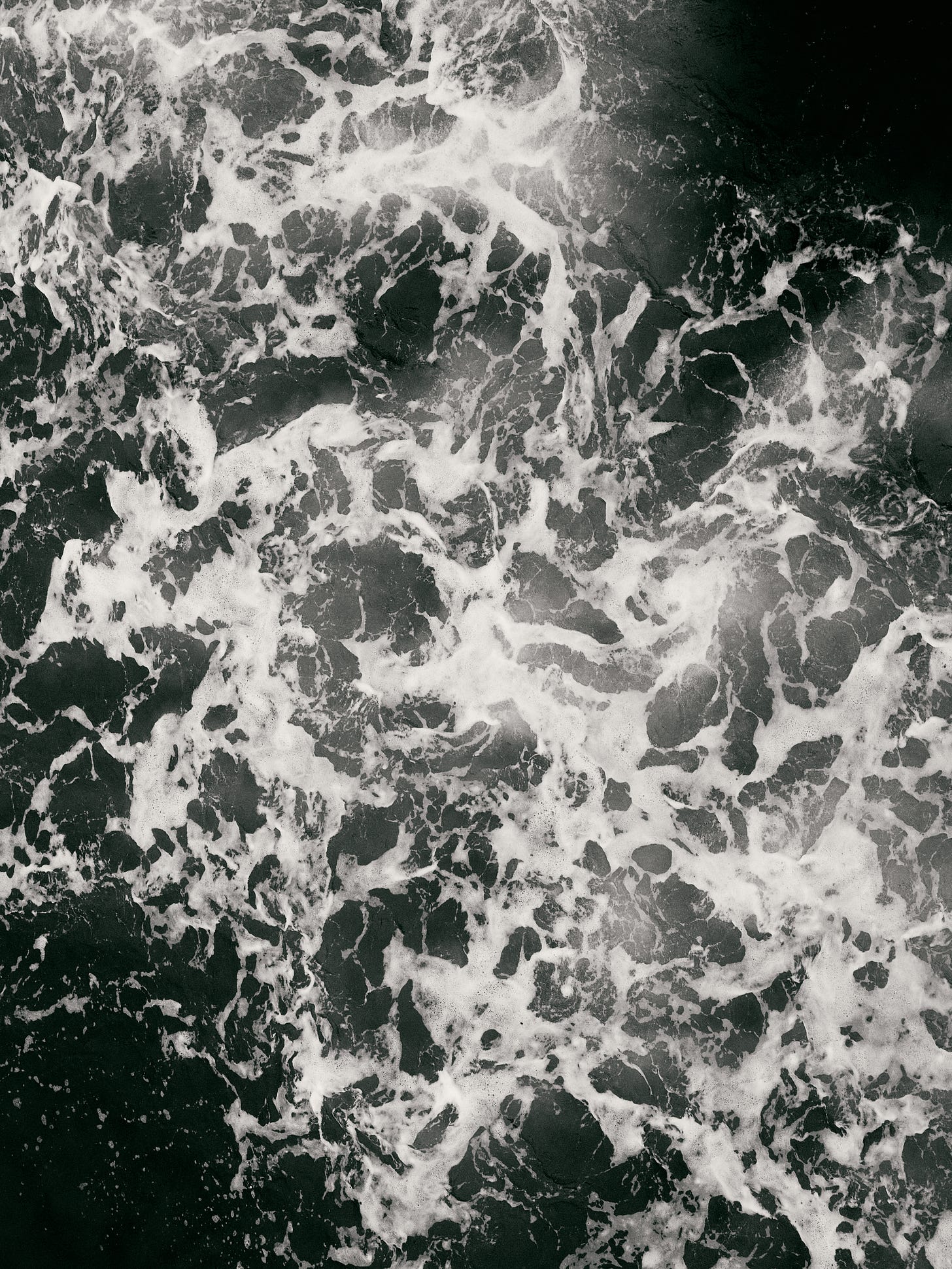
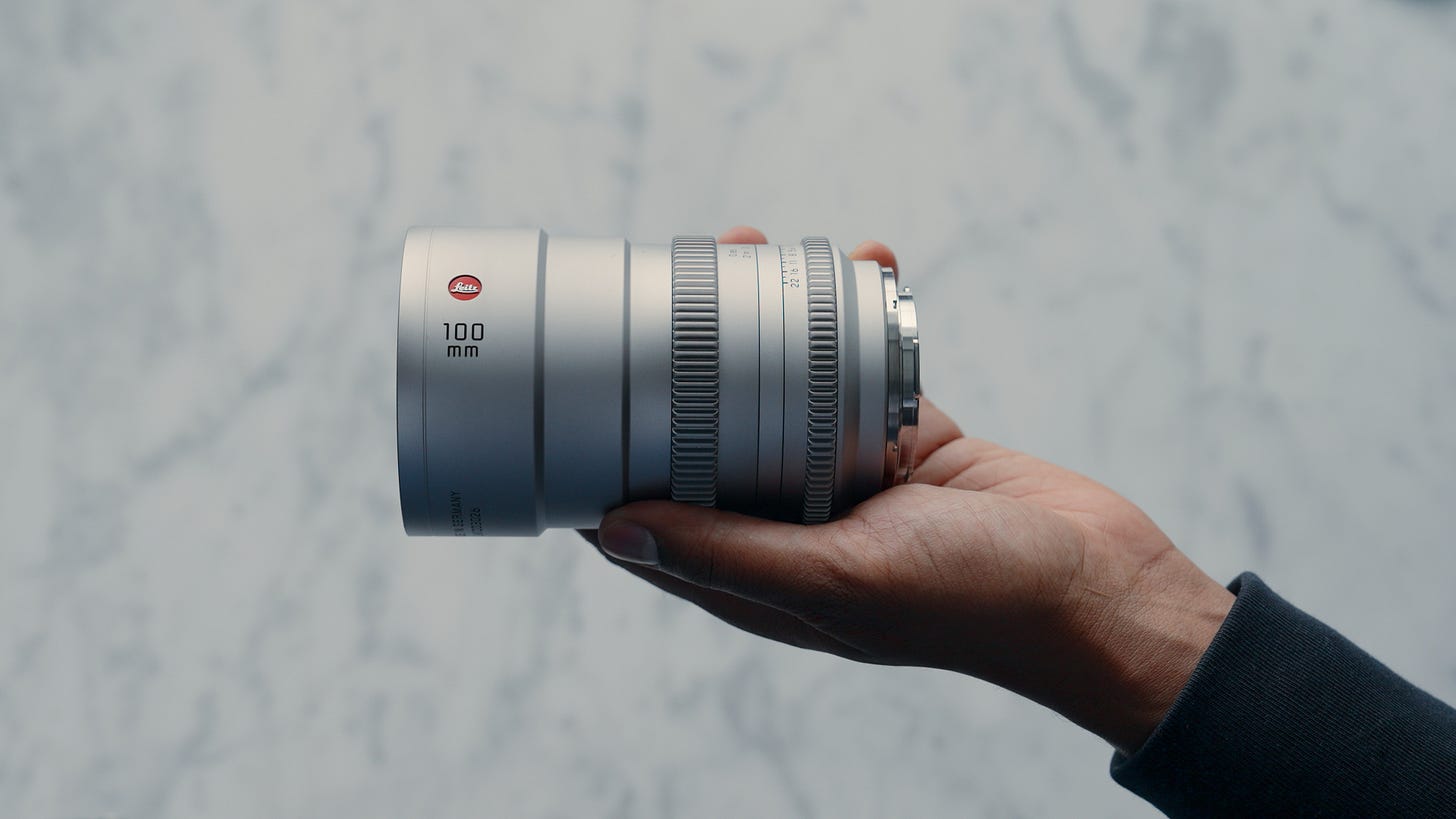

Very thorough.